TRENDNET TEW436BRM 54Mbps Wireless G ADSL 2/2+ Modem Router User Manual UG TEW 436BRM 1 0R
TRENDNET, Inc. 54Mbps Wireless G ADSL 2/2+ Modem Router UG TEW 436BRM 1 0R
TRENDNET >
Contents
- 1. Manual Part 1
- 2. Manual Part 2
Manual Part 1
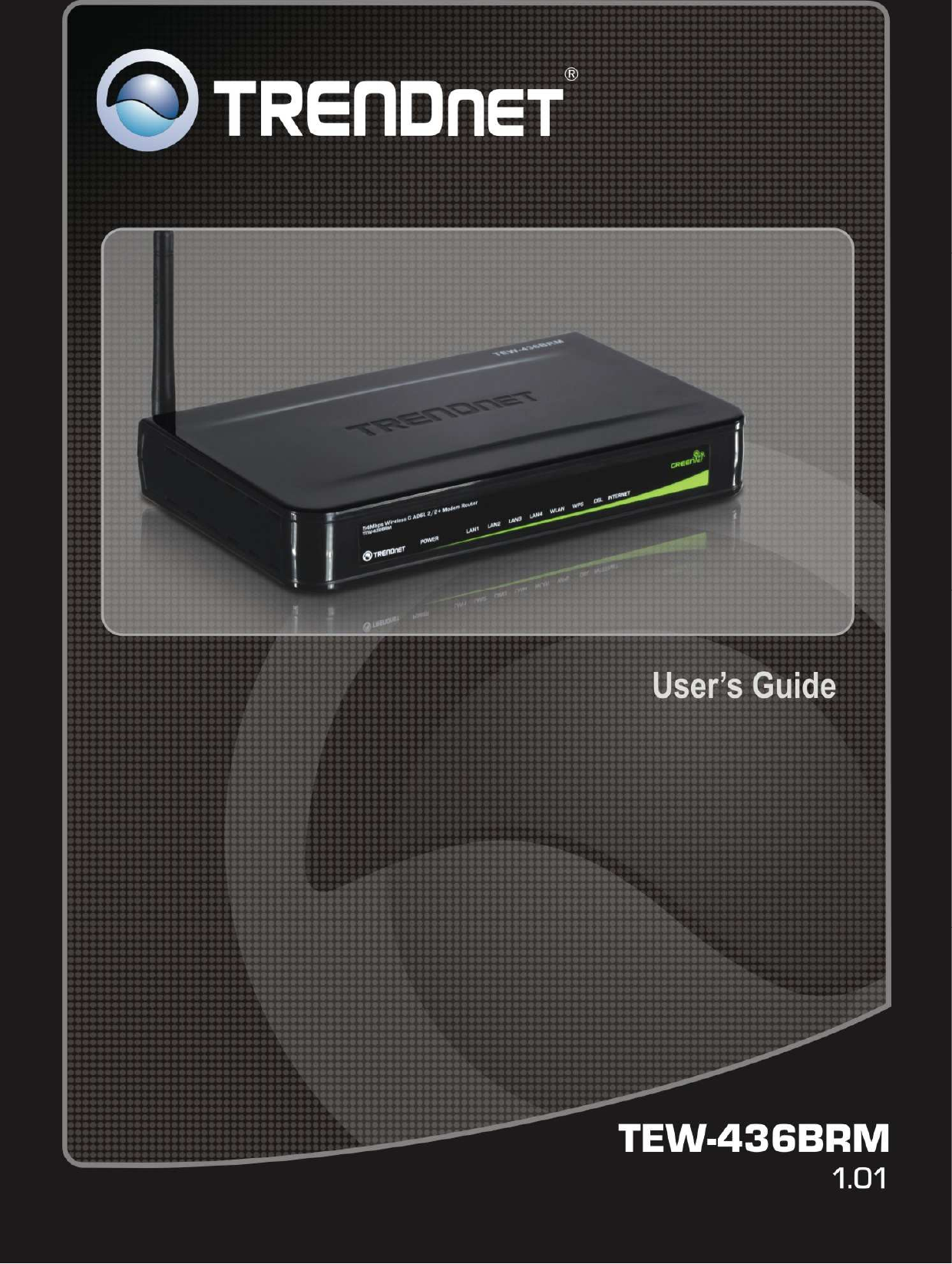
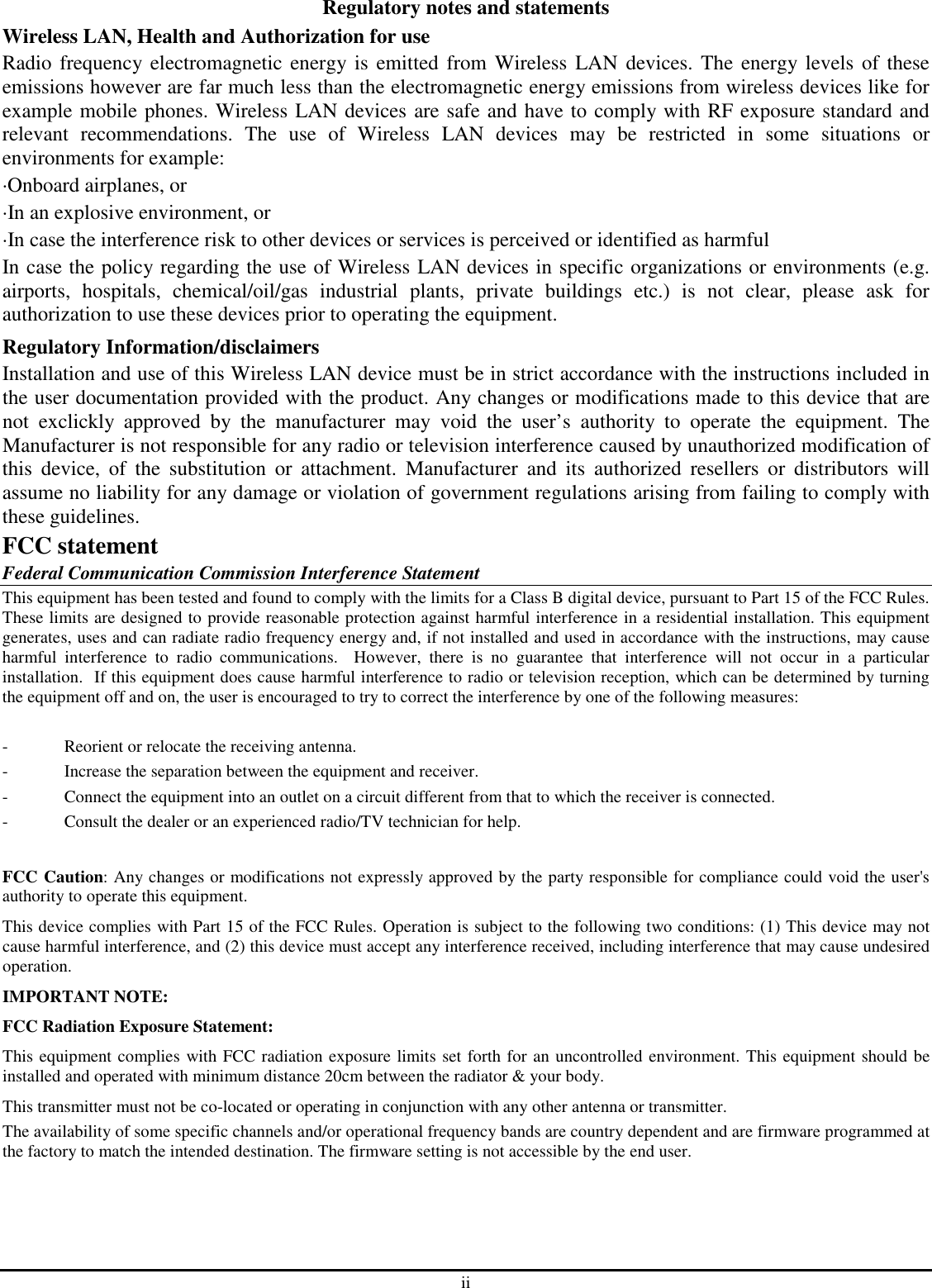
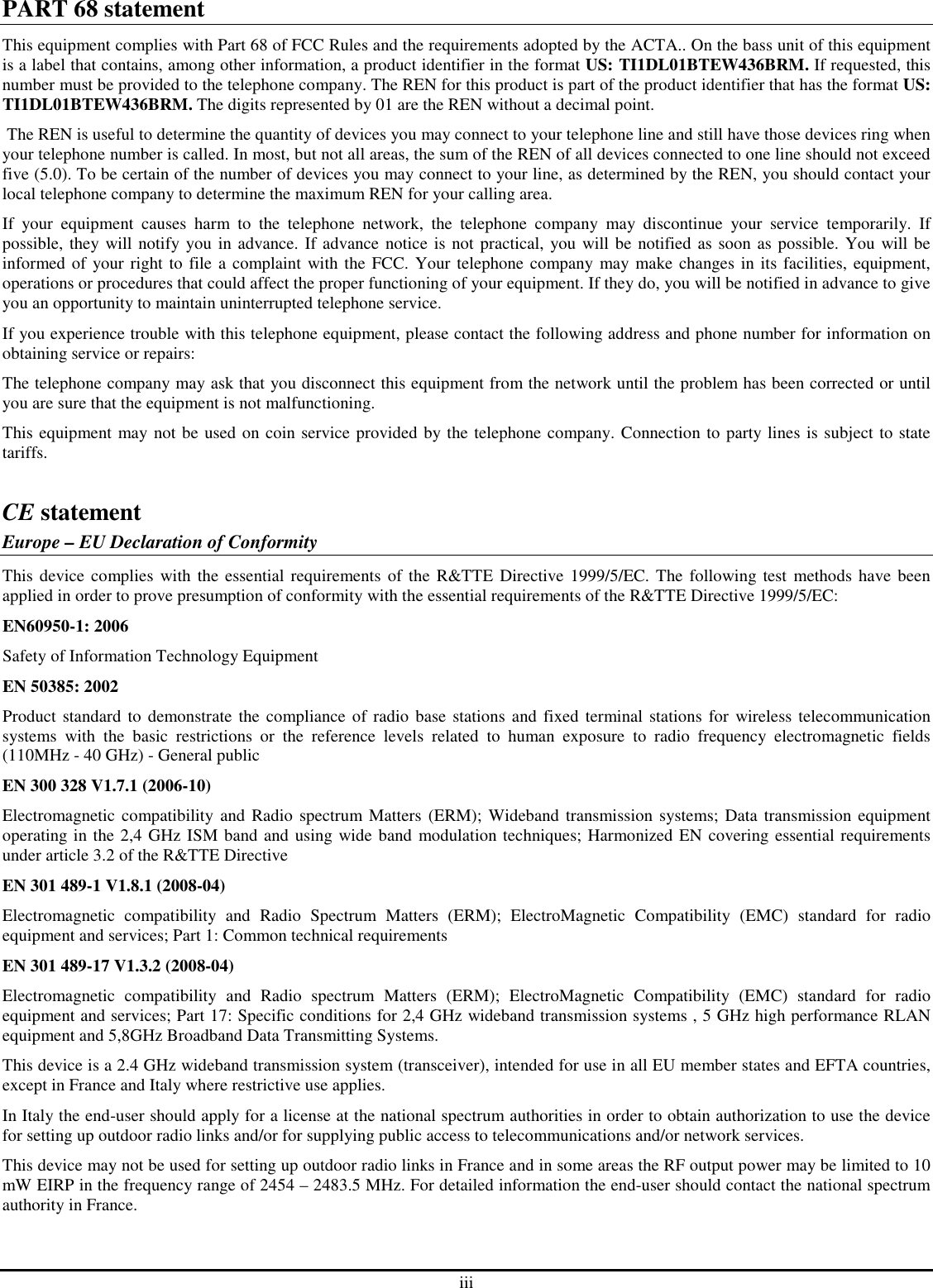
![iv Česky [Czech] TRENDnet tímto prohlašuje, že tento TEW-436BRM je ve shodě se základními požadavky a dalšími příslušnými ustanoveními směrnice 1999/5/ES. Dansk [Danish] Undertegnede TRENDnet erklærer herved, at følgende udstyr TEW-436BRM overholder de væsentlige krav og øvrige relevante krav i direktiv 1999/5/EF. Deutsch [German] Hiermit erklärt TRENDnet , dass sich das Gerät TEW-436BRM in Übereinstimmung mit den grundlegenden Anforderungen und den übrigen einschlägigen Bestimmungen der Richtlinie 1999/5/EG befindet. Eesti [Estonian] Käesolevaga kinnitab TRENDnet seadme TEW-436BRM vastavust direktiivi 1999/5/EÜ põhinõuetele ja nimetatud direktiivist tulenevatele teistele asjakohastele sätetele. English Hereby, TRENDnet , declares that this TEW-436BRM is in compliance with the essential requirements and other relevant provisions of Directive 1999/5/EC. Español [Spanish] Por medio de la presente TRENDnet declara que el TEW-436BRM cumple con los requisitos esenciales y cualesquiera otras disposiciones aplicables o exigibles de la Directiva 1999/5/CE. Ελληνική [Greek] ΜΕ ΤΗΝ ΠΑΡΟΥΣΑ TRENDnet ∆ΗΛΩΝΕΙ ΟΤΙTEW-436BRM ΣΥΜΜΟΡΦΩΝΕΤΑΙ ΠΡΟΣ ΤΙΣ ΟΥΣΙΩ∆ΕΙΣ ΑΠΑΙΤΗΣΕΙΣ ΚΑΙ ΤΙΣ ΛΟΙΠΕΣ ΣΧΕΤΙΚΕΣ ∆ΙΑΤΑΞΕΙΣ ΤΗΣ Ο∆ΗΓΙΑΣ 1999/5/ΕΚ. Français [French] Par la présente TRENDnet déclare que l'appareil TEW-436BRM est conforme aux exigences essentielles et aux autres dispositions pertinentes de la directive 1999/5/CE. Italiano [Italian] Con la presente TRENDnet dichiara che questo TEW-436BRM è conforme ai requisiti essenziali ed alle altre disposizioni pertinenti stabilite dalla direttiva 1999/5/CE. Latviski [Latvian] Ar šo TRENDnet deklarē, ka TEW-436BRM atbilst Direktīvas 1999/5/EK būtiskajām prasībām un citiem ar to saistītajiem noteikumiem. Lietuvių [Lithuanian] Šiuo TRENDnet deklaruoja, kad šis TEW-436BRM atitinka esminius reikalavimus ir kitas 1999/5/EB Direktyvos nuostatas. Nederlands [Dutch] Hierbij verklaart TRENDnet dat het toestel TEW-436BRM in overeenstemming is met de essentiële eisen en de andere relevante bepalingen van richtlijn 1999/5/EG. Malti [Maltese] Hawnhekk, TRENDnet , jiddikjara li dan TEW-436BRM jikkonforma mal-ħtiġijiet essenzjali u ma provvedimenti oħrajn relevanti li hemm fid-Dirrettiva 1999/5/EC. Magyar [Hungarian] Alulírott, TRENDnet nyilatkozom, hogy a TEW-436BRM megfelel a vonatkozó alapvetõ követelményeknek és az 1999/5/EC irányelv egyéb elõírásainak. Polski [Polish] Niniejszym TRENDnet oświadcza, że TEW-436BRM jest zgodny z zasadniczymi wymogami oraz pozostałymi stosownymi postanowieniami Dyrektywy 1999/5/EC. Português [Portuguese] TRENDnet declara que este TEW-436BRM está conforme com os requisitos essenciais e outras disposições da Directiva 1999/5/CE. Slovensko [Slovenian] TRENDnet izjavlja, da je ta TEW-436BRM v skladu z bistvenimi zahtevami in ostalimi relevantnimi določili direktive 1999/5/ES. Slovensky [Slovak] TRENDnet týmto vyhlasuje, že TEW-436BRM spĺňa základné požiadavky a všetky príslušné ustanovenia Smernice 1999/5/ES. Suomi [Finnish] TRENDnet vakuuttaa täten että TEW-436BRM tyyppinen laite on direktiivin 1999/5/EY oleellisten vaatimusten ja sitä koskevien direktiivin muiden ehtojen mukainen. Svenska [Swedish] Härmed intygar TRENDnet att denna TEW-436BRM står I överensstämmelse med de väsentliga egenskapskrav och övriga relevanta bestämmelser som framgår av direktiv 1999/5/EG. 0560](https://usermanual.wiki/TRENDNET/TEW436BRM.Manual-Part-1/User-Guide-1207819-Page-4.png)
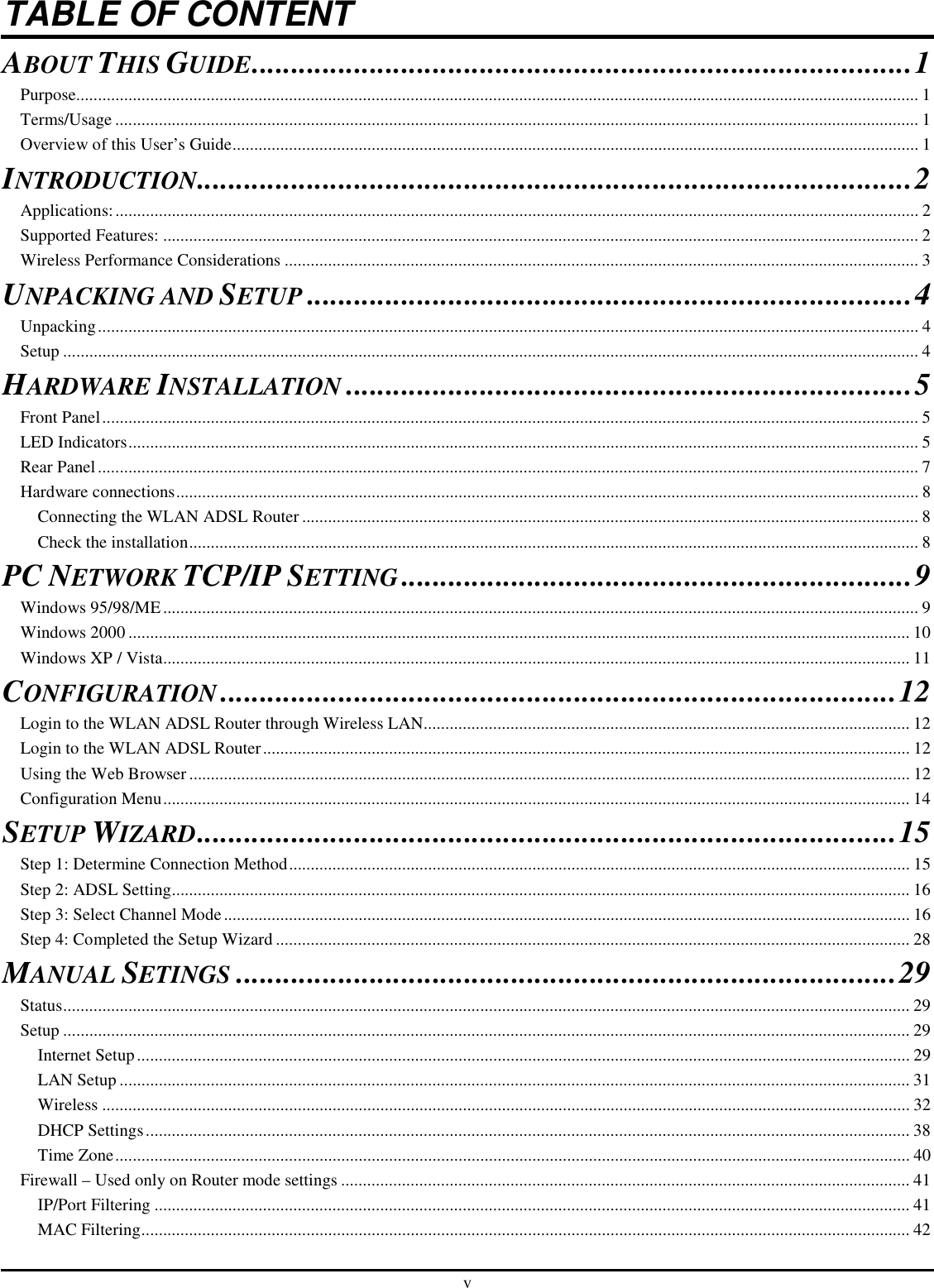
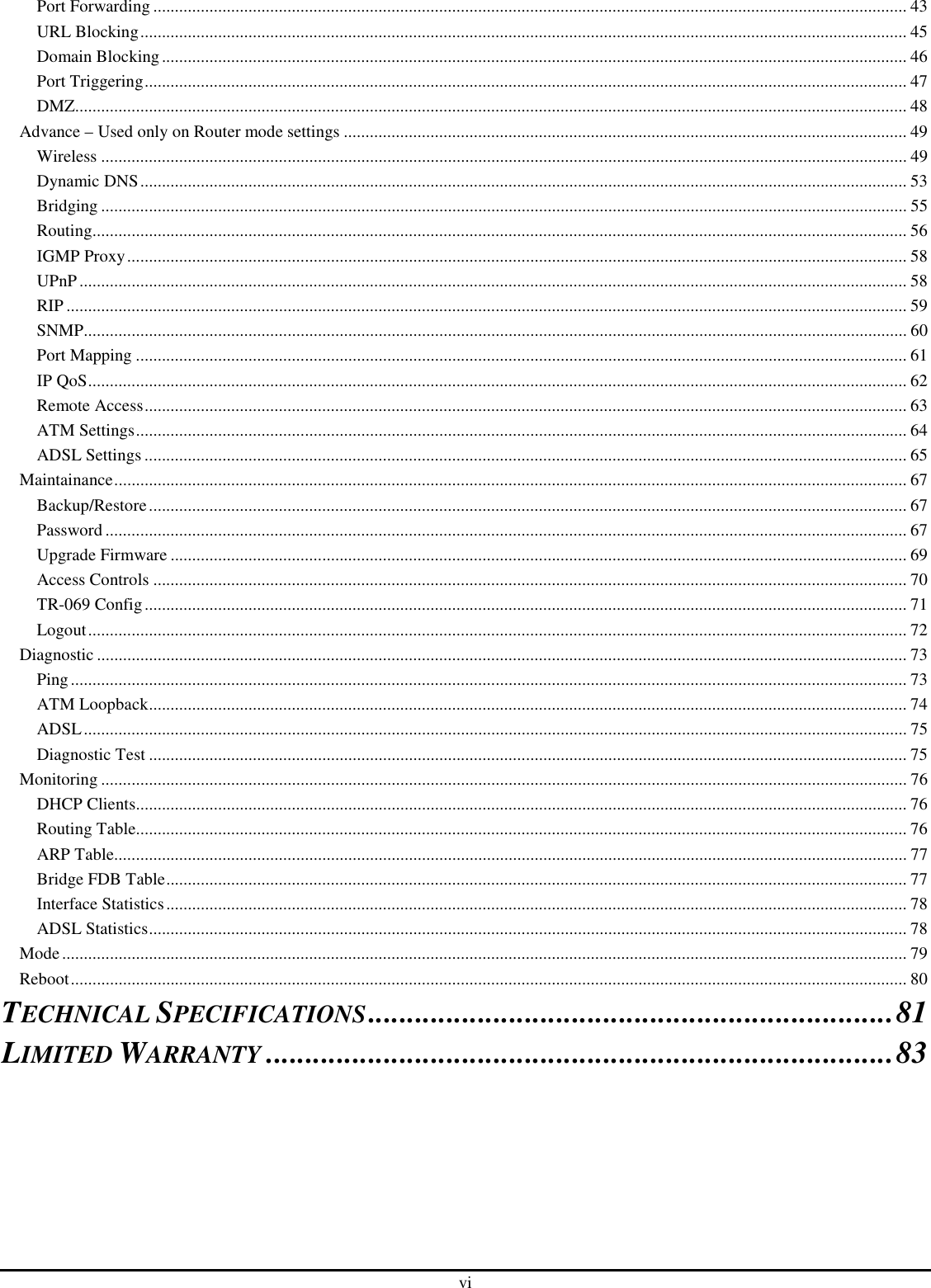
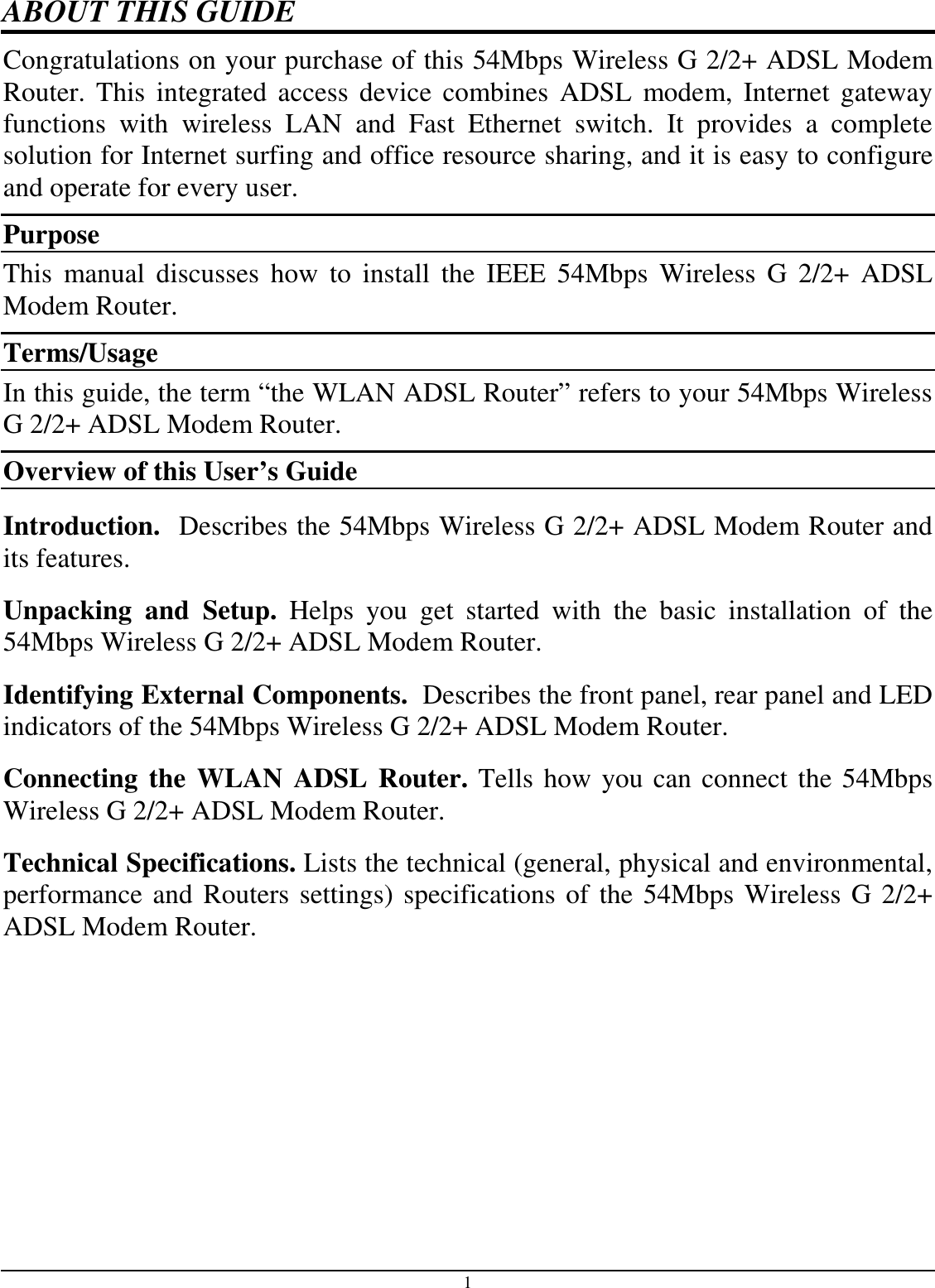
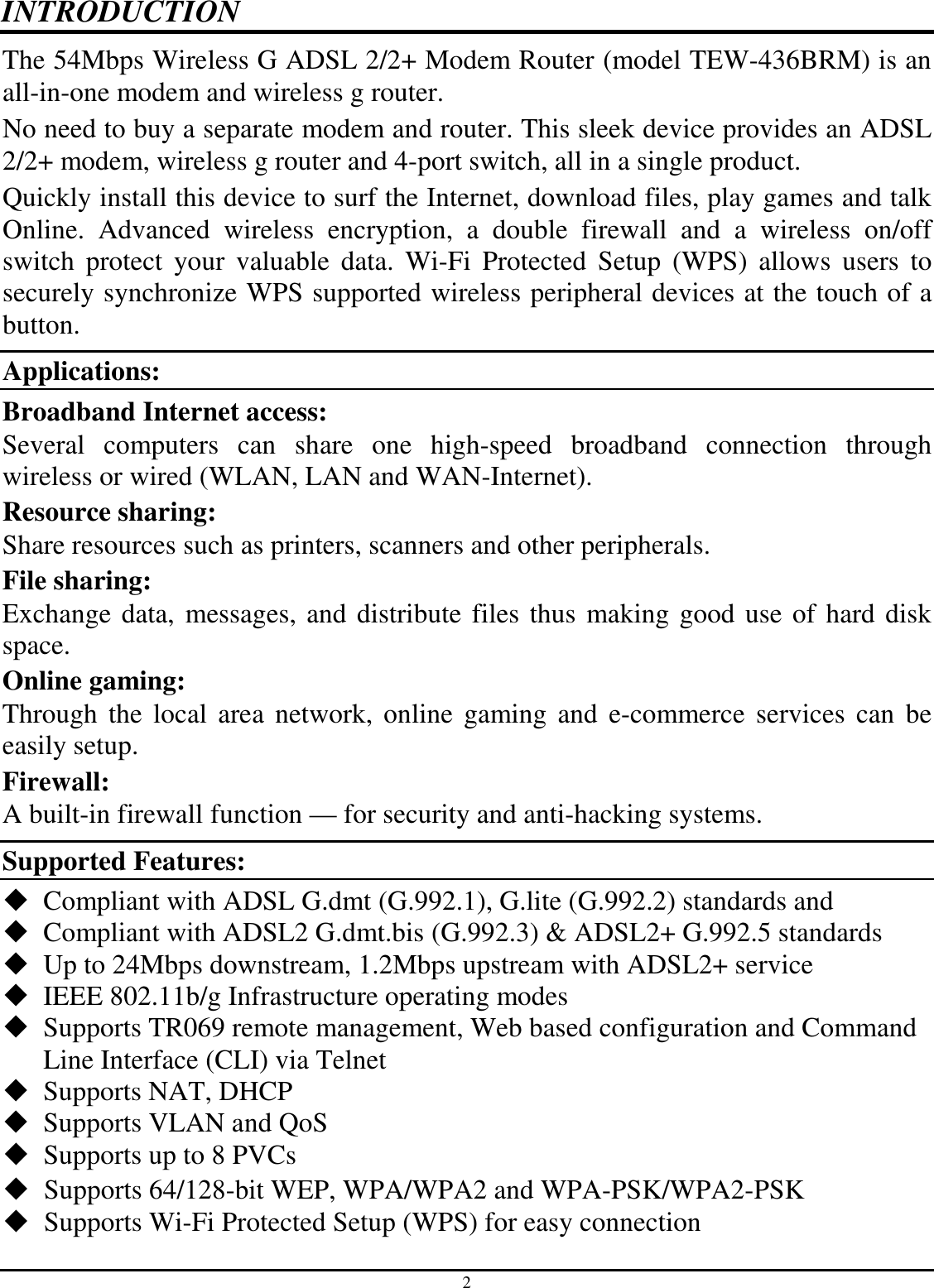
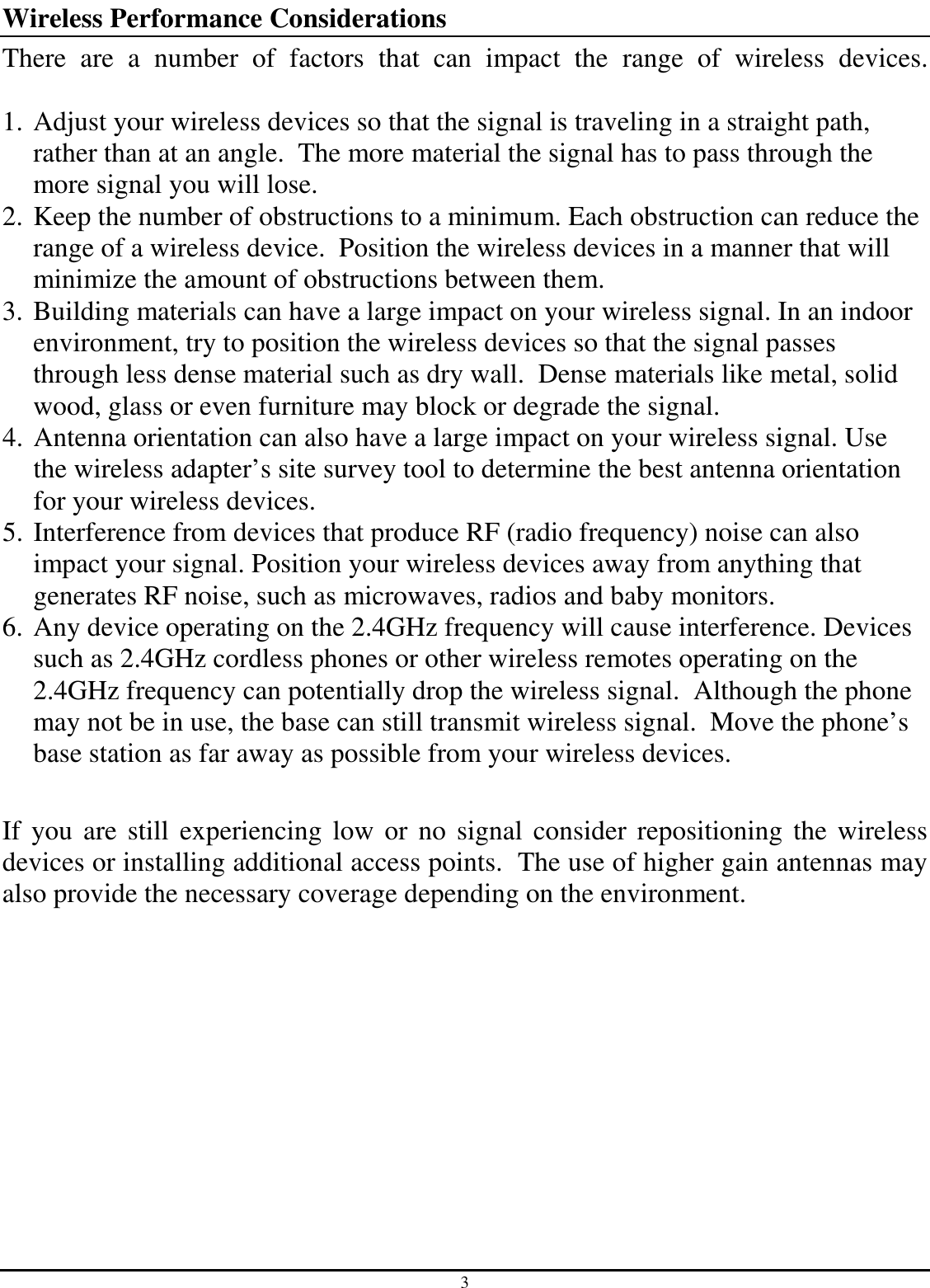
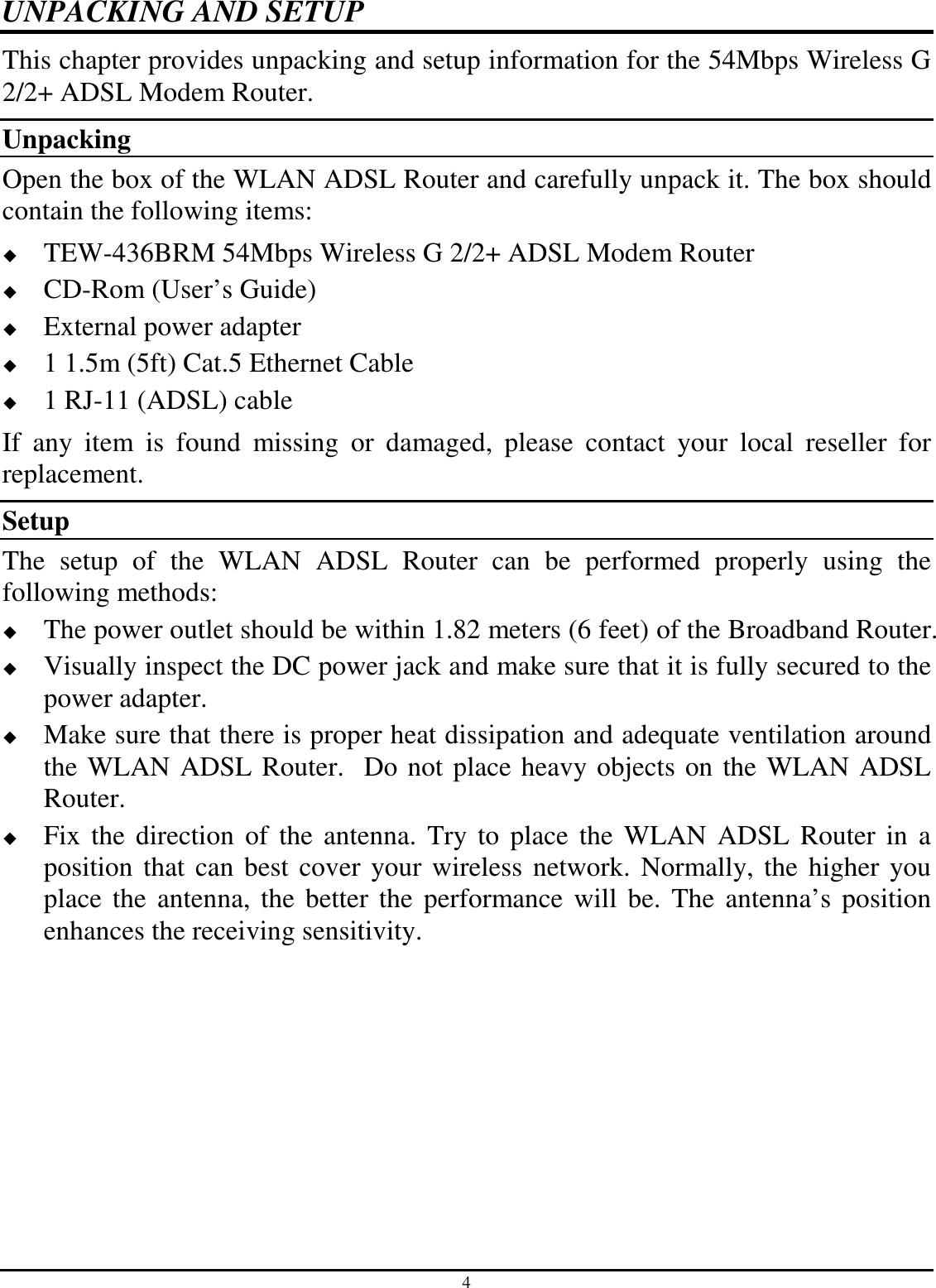
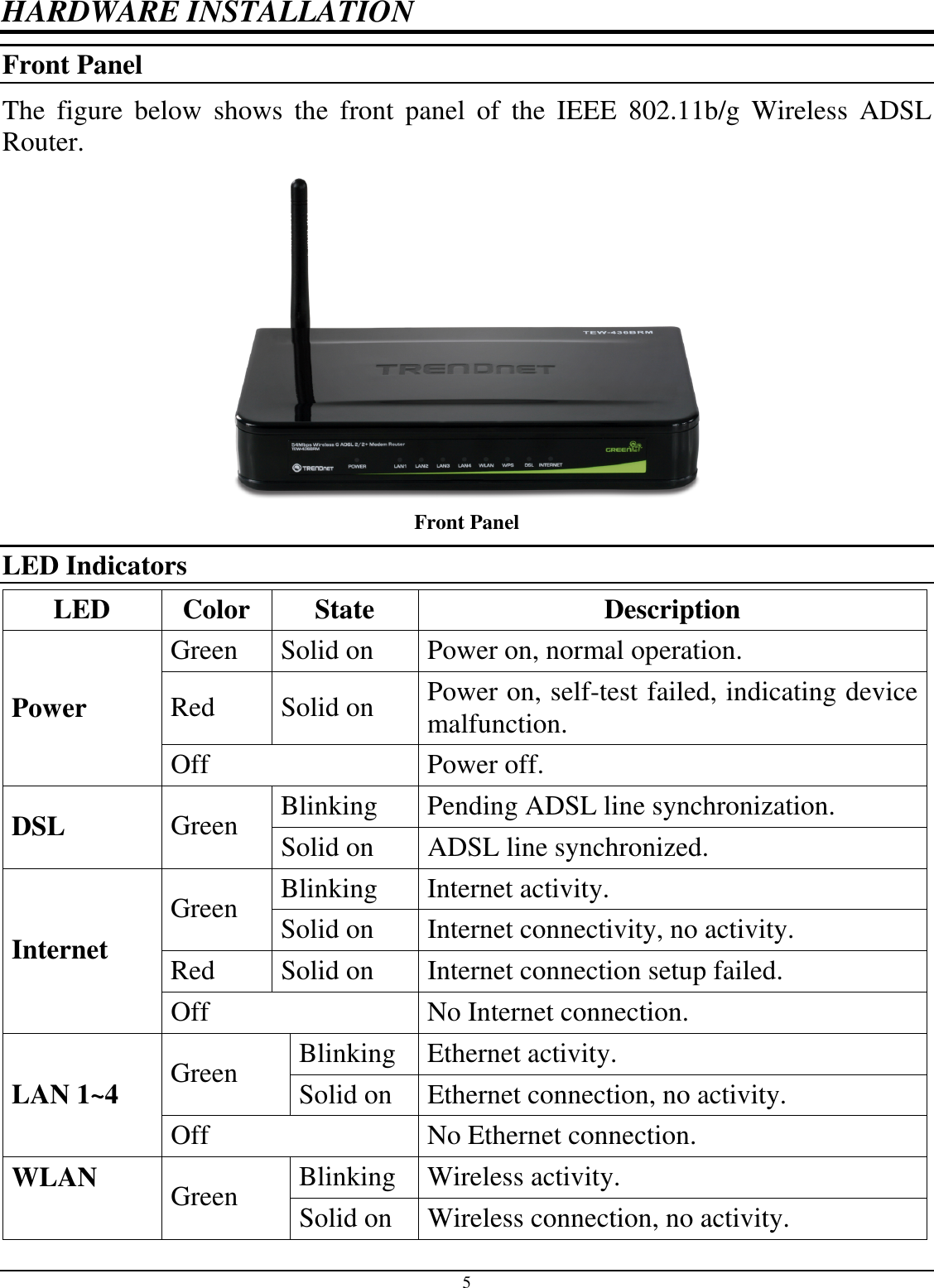
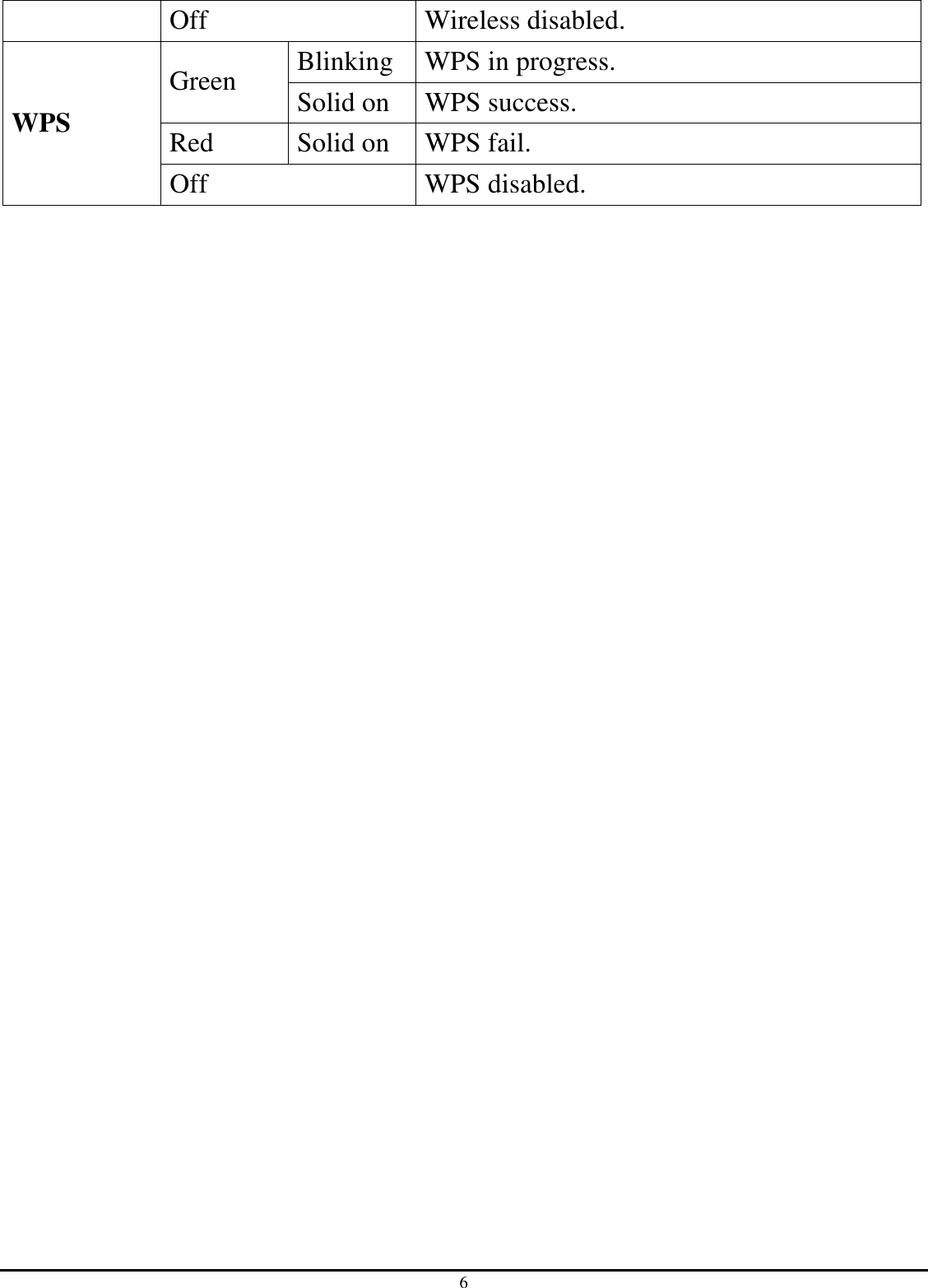
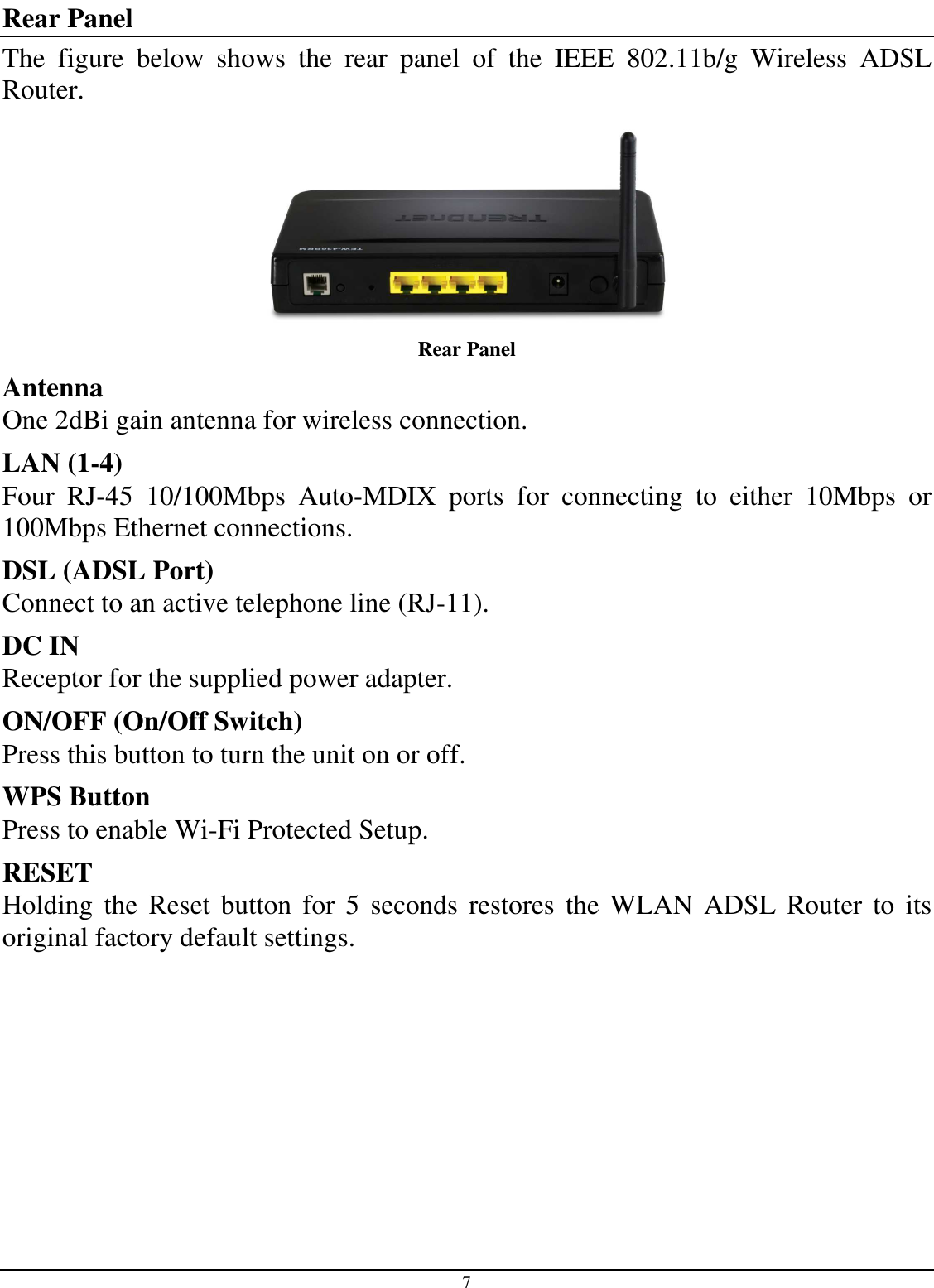
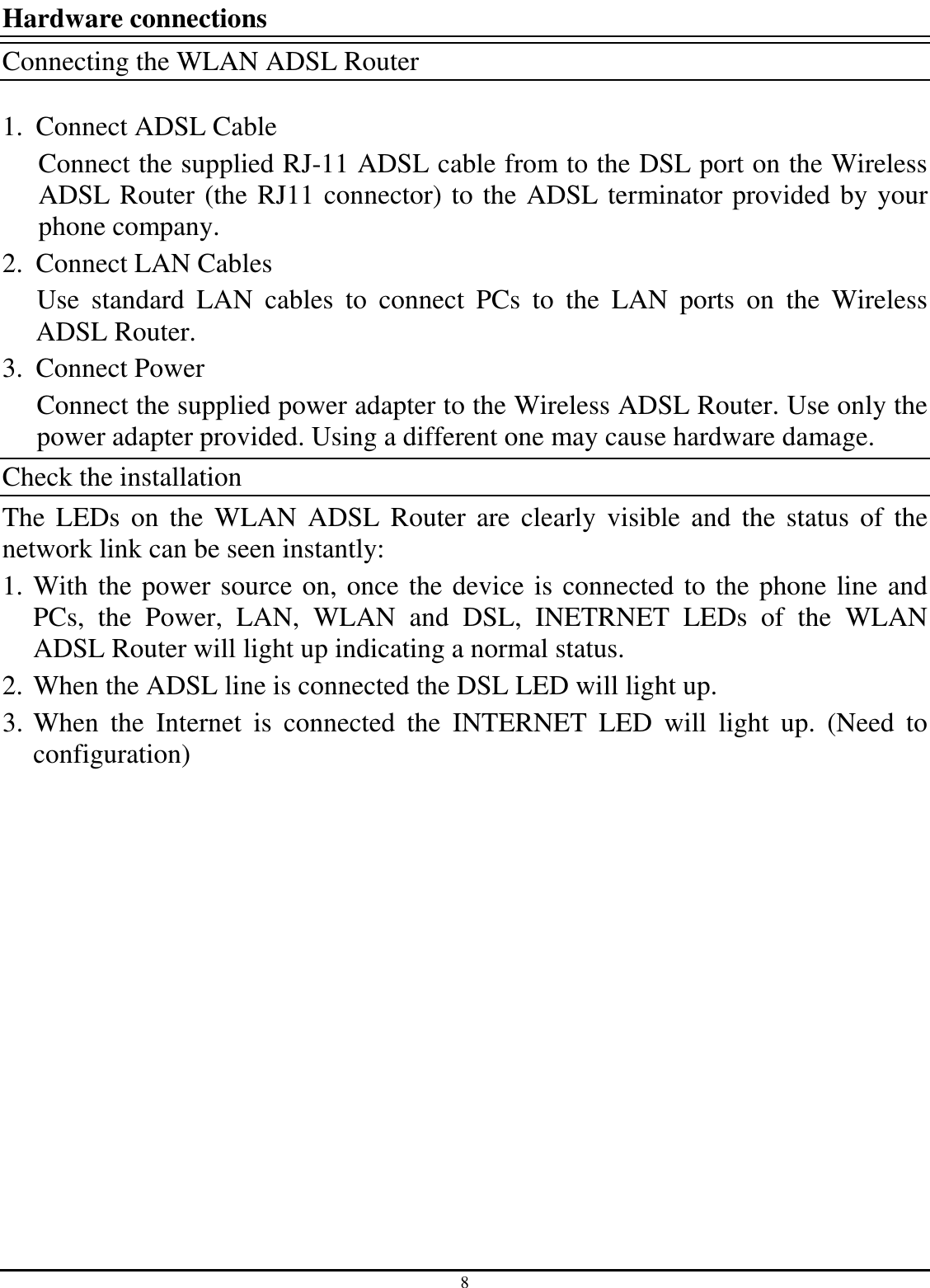
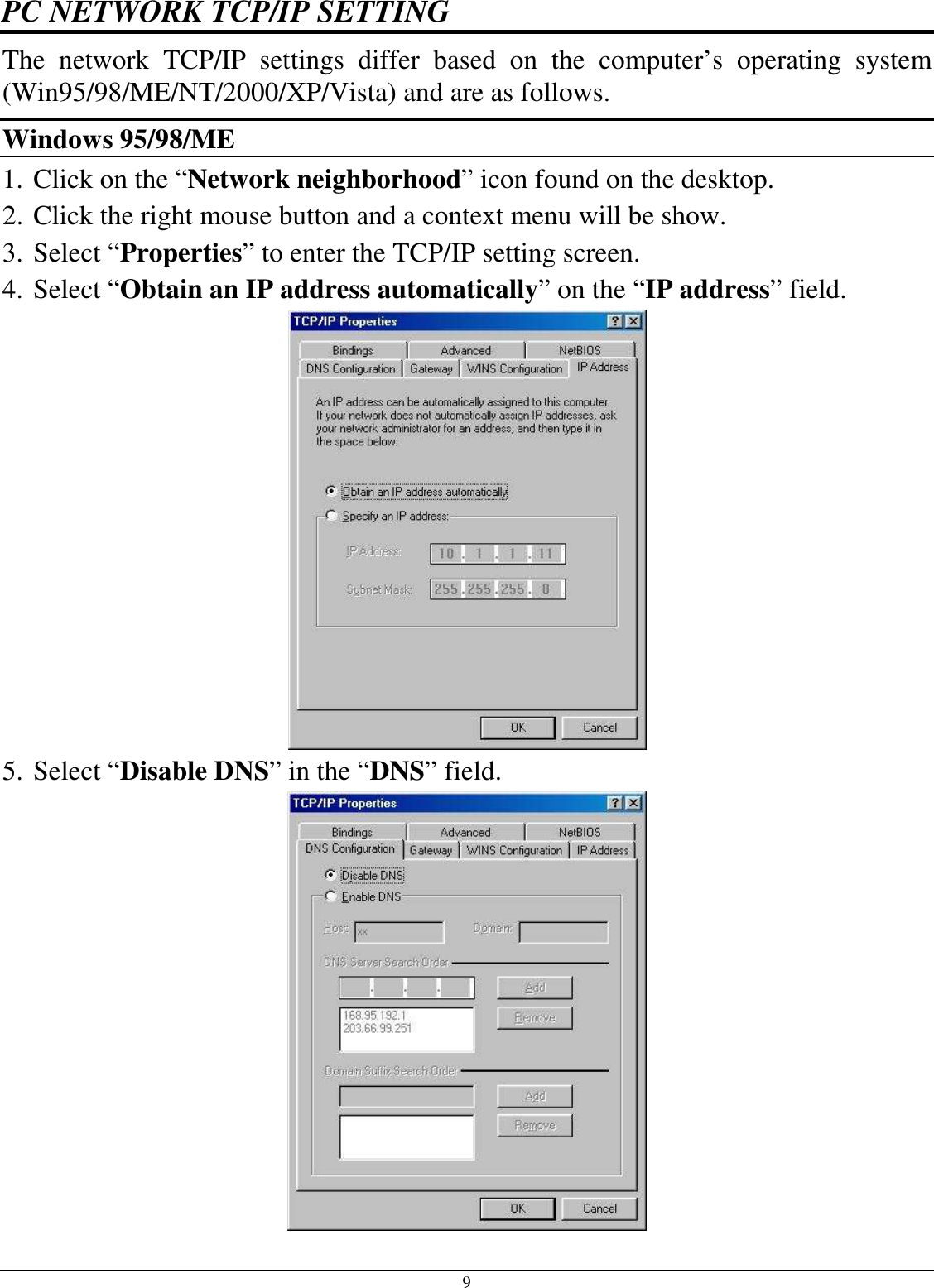
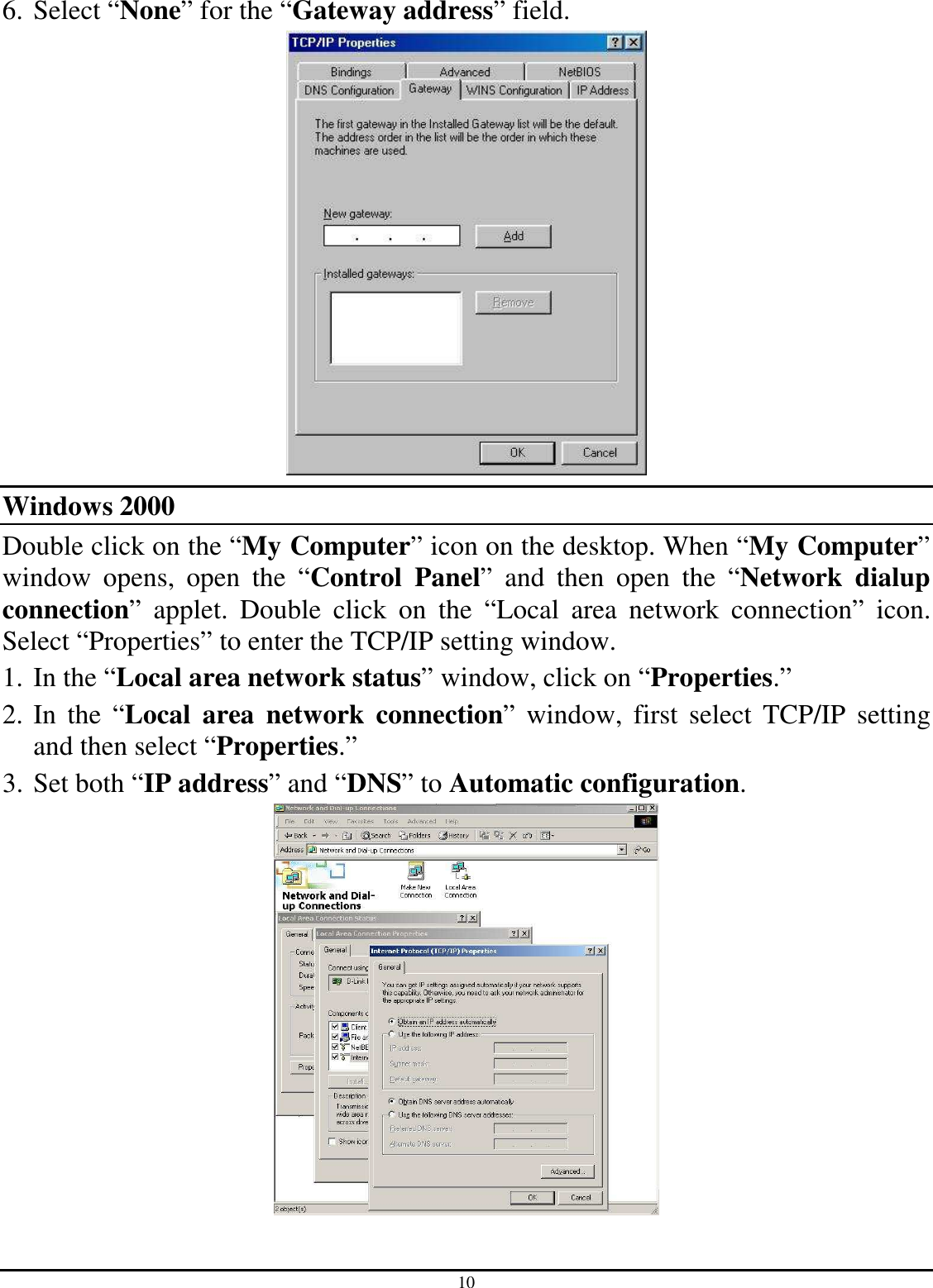
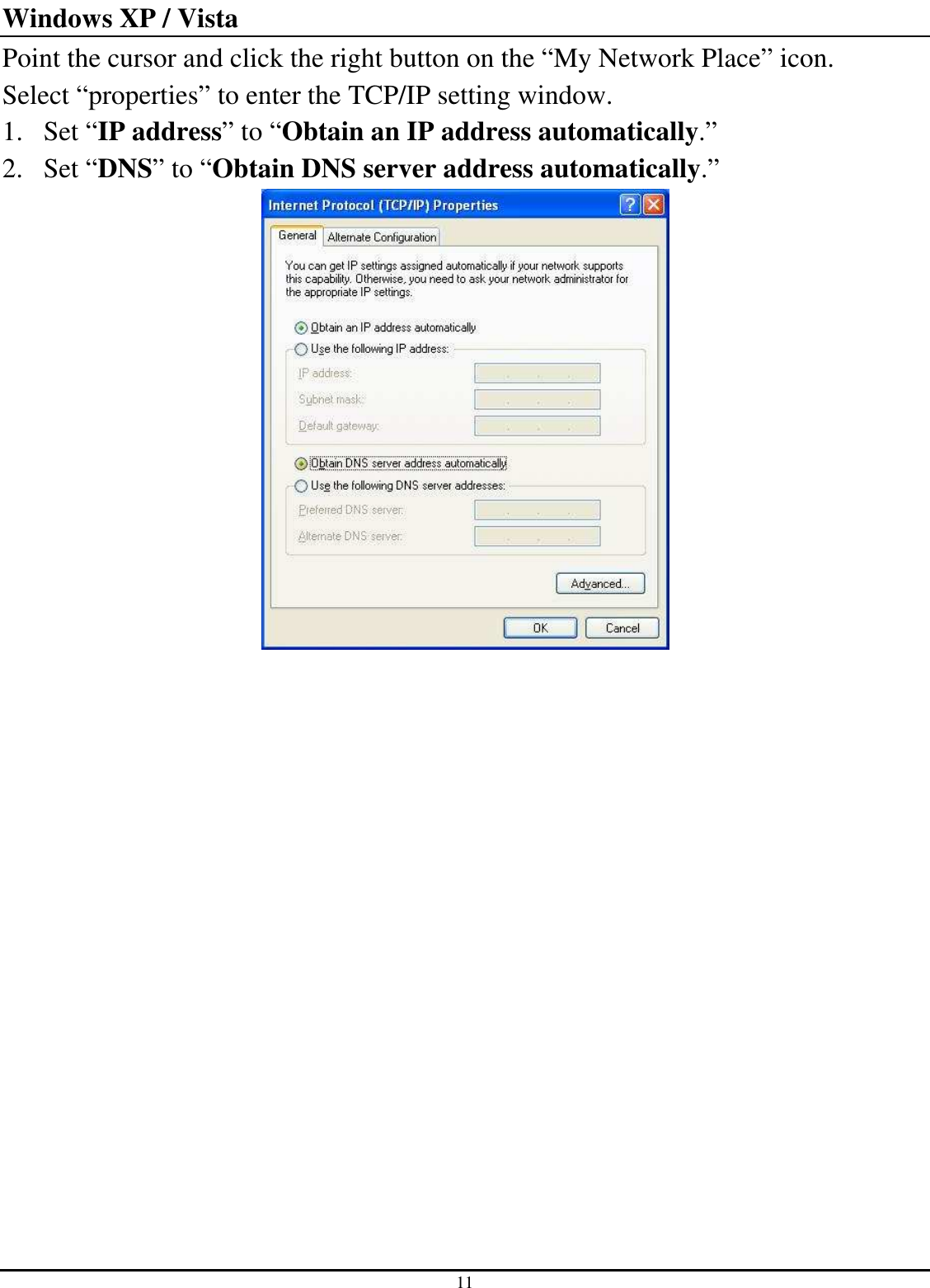
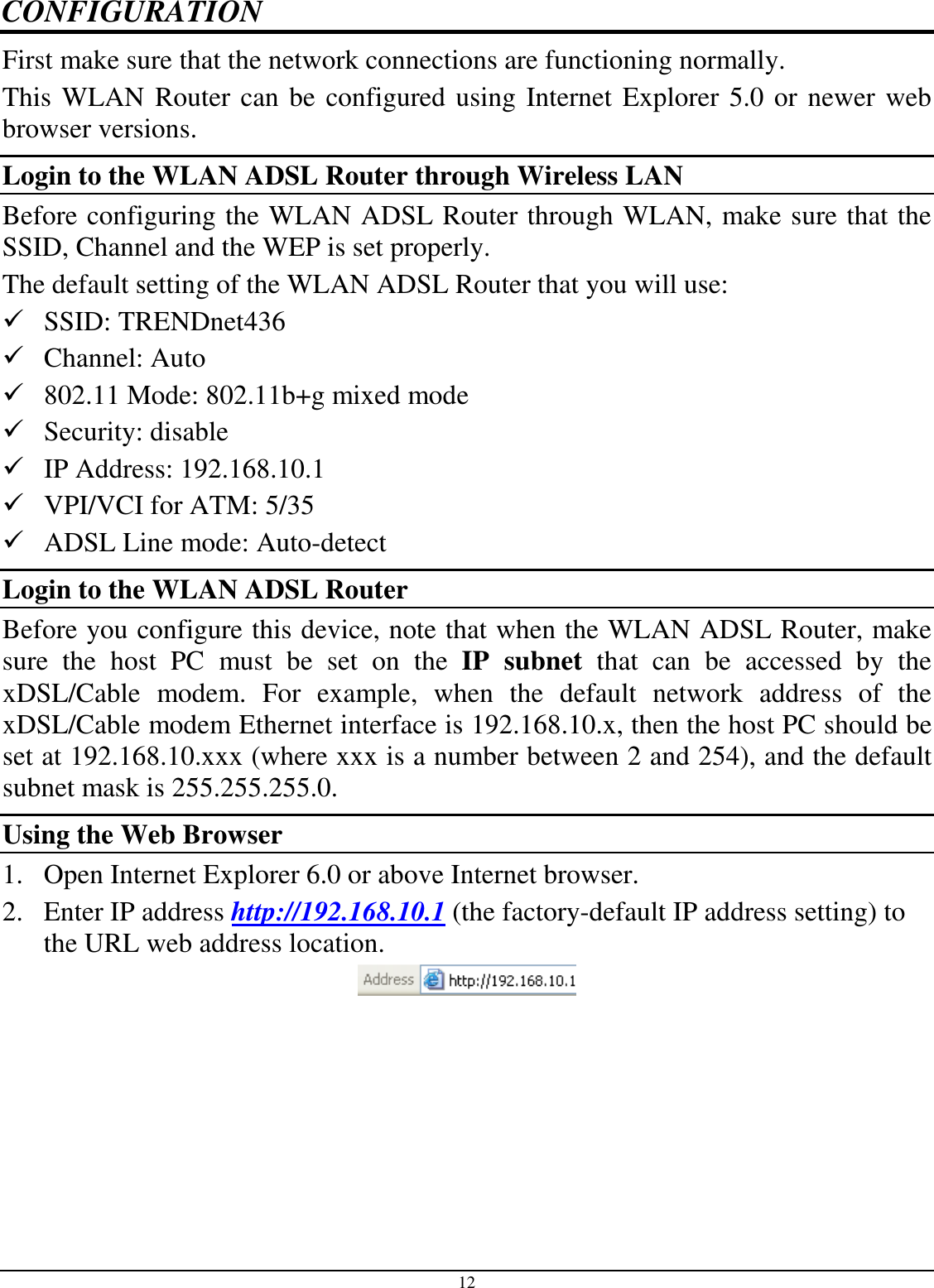
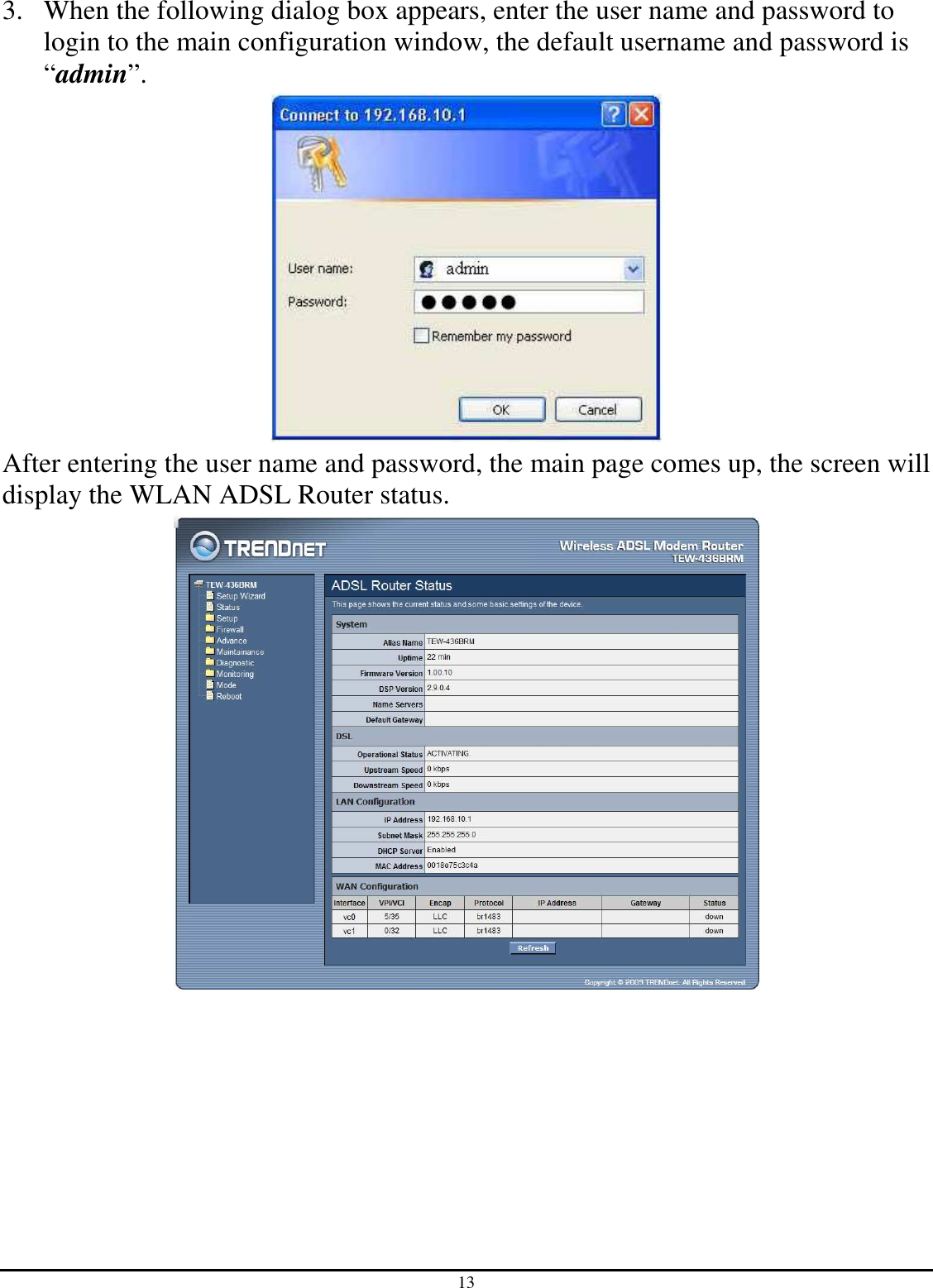
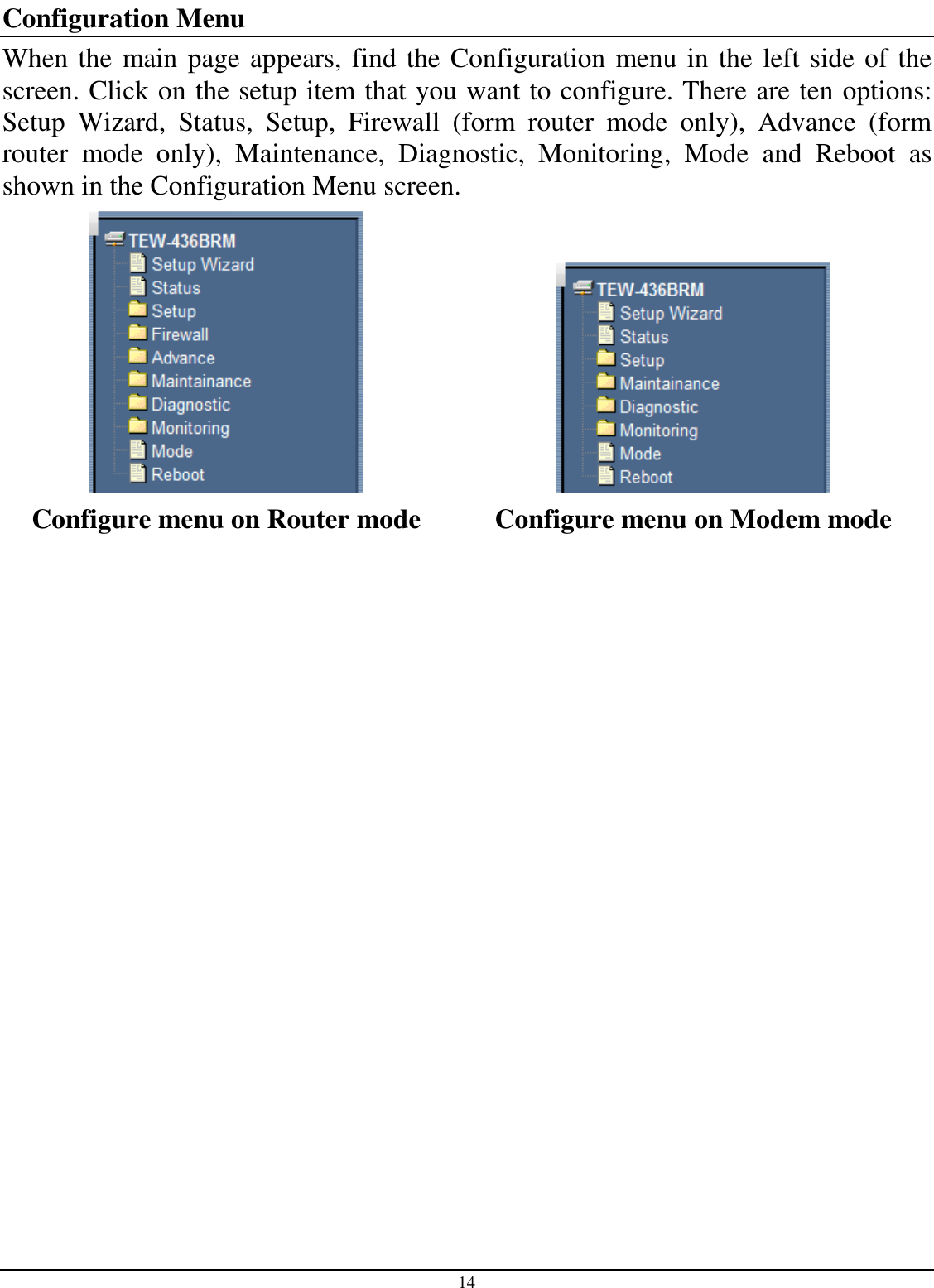
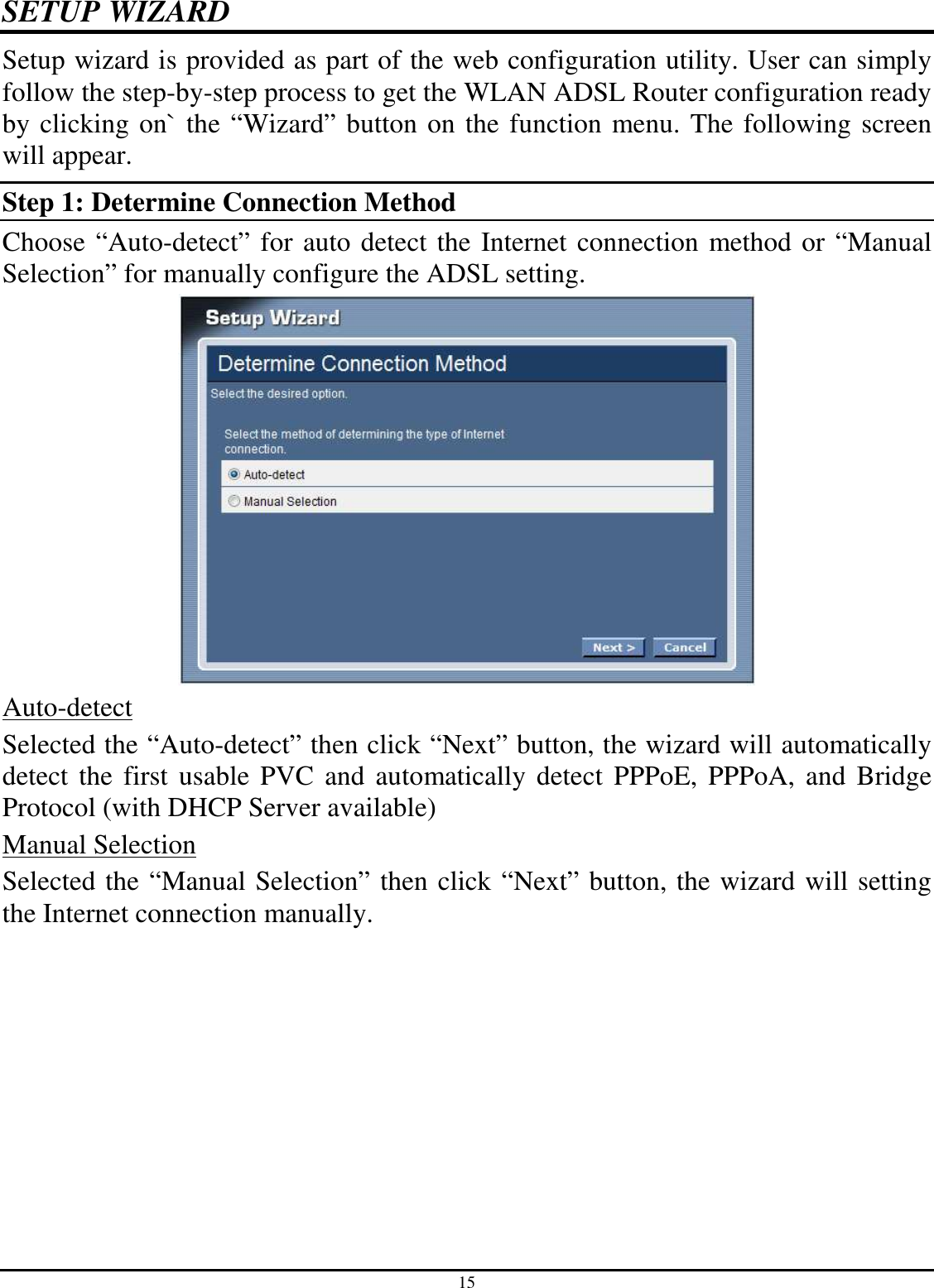
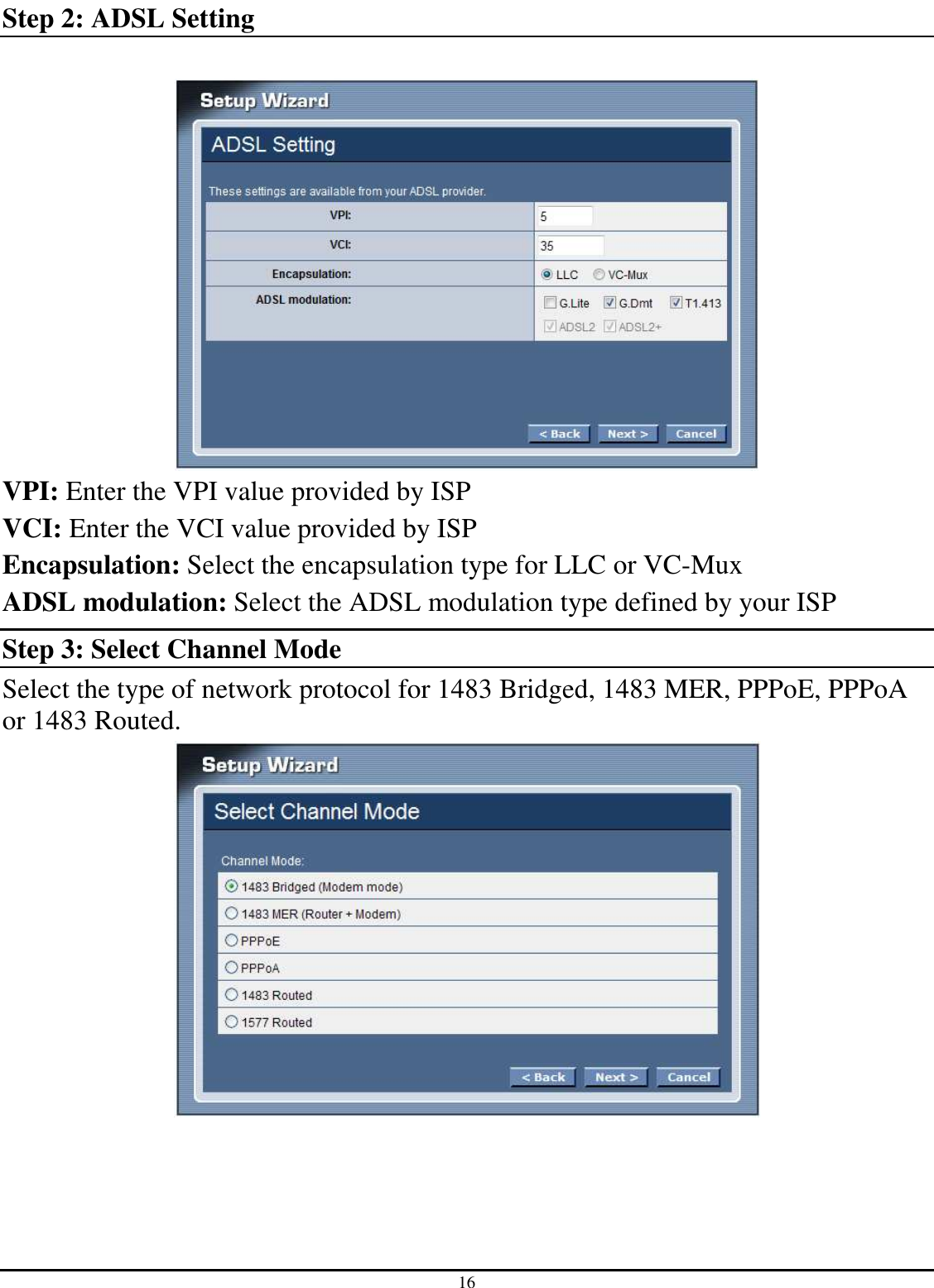
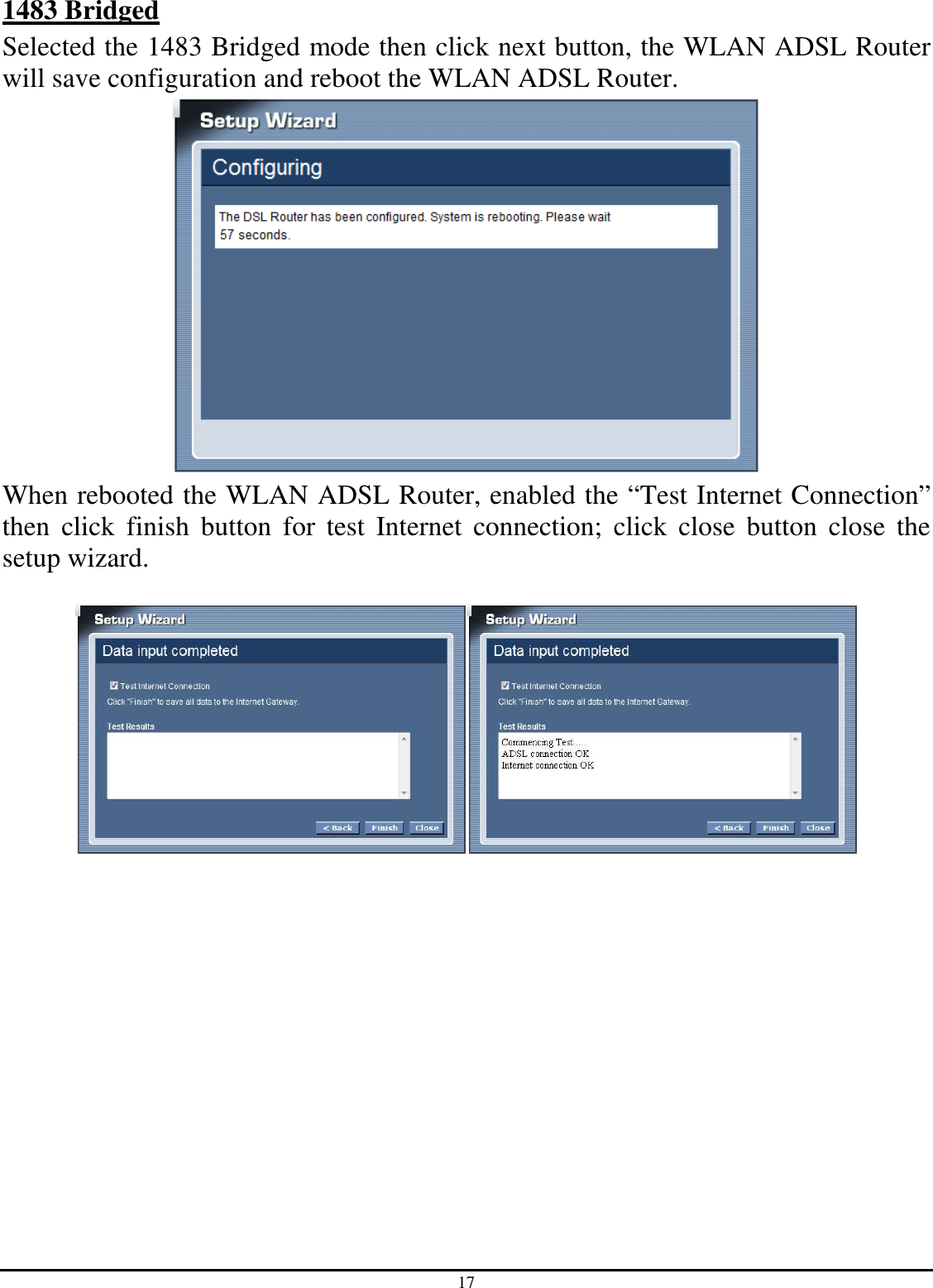
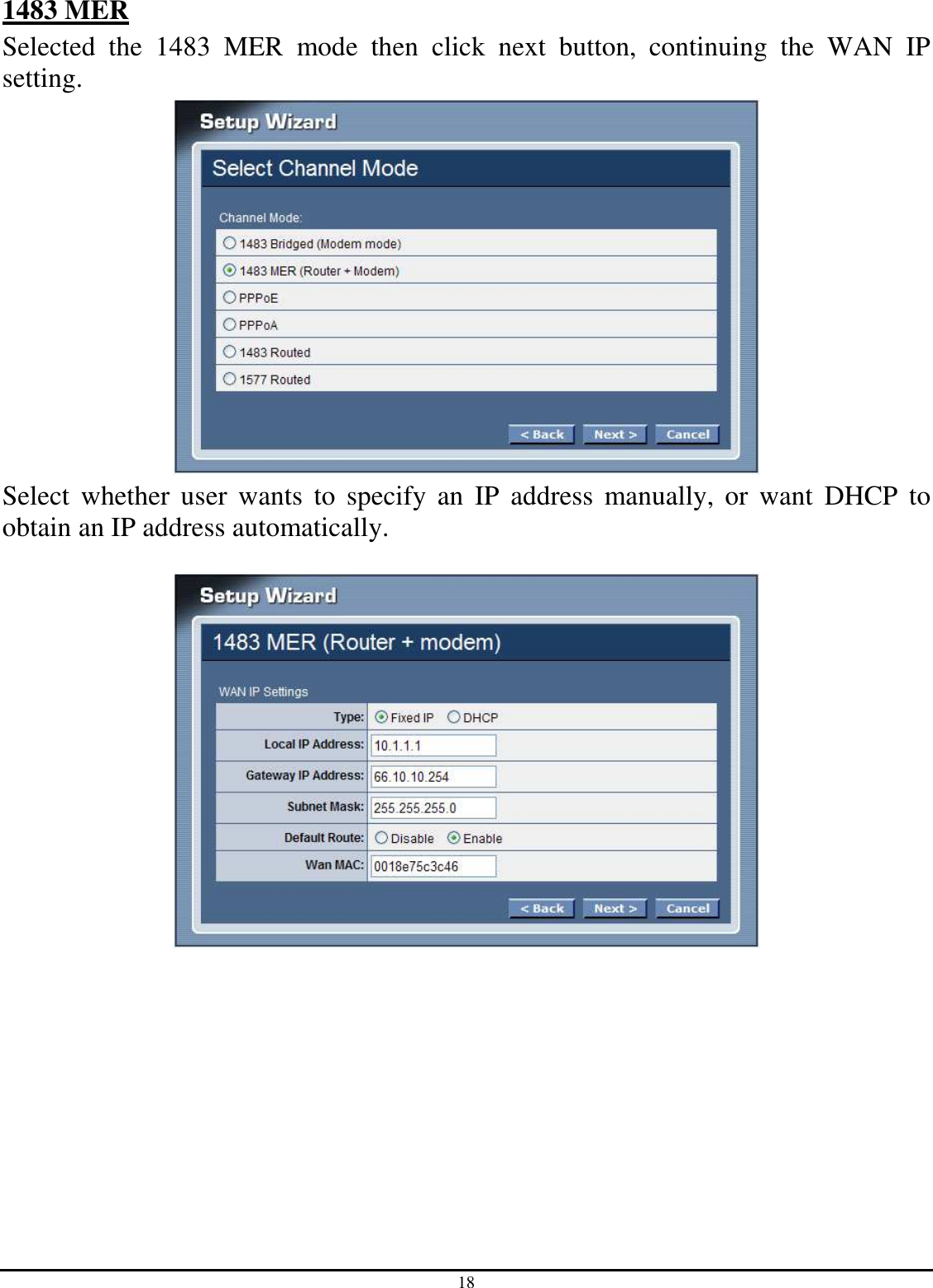
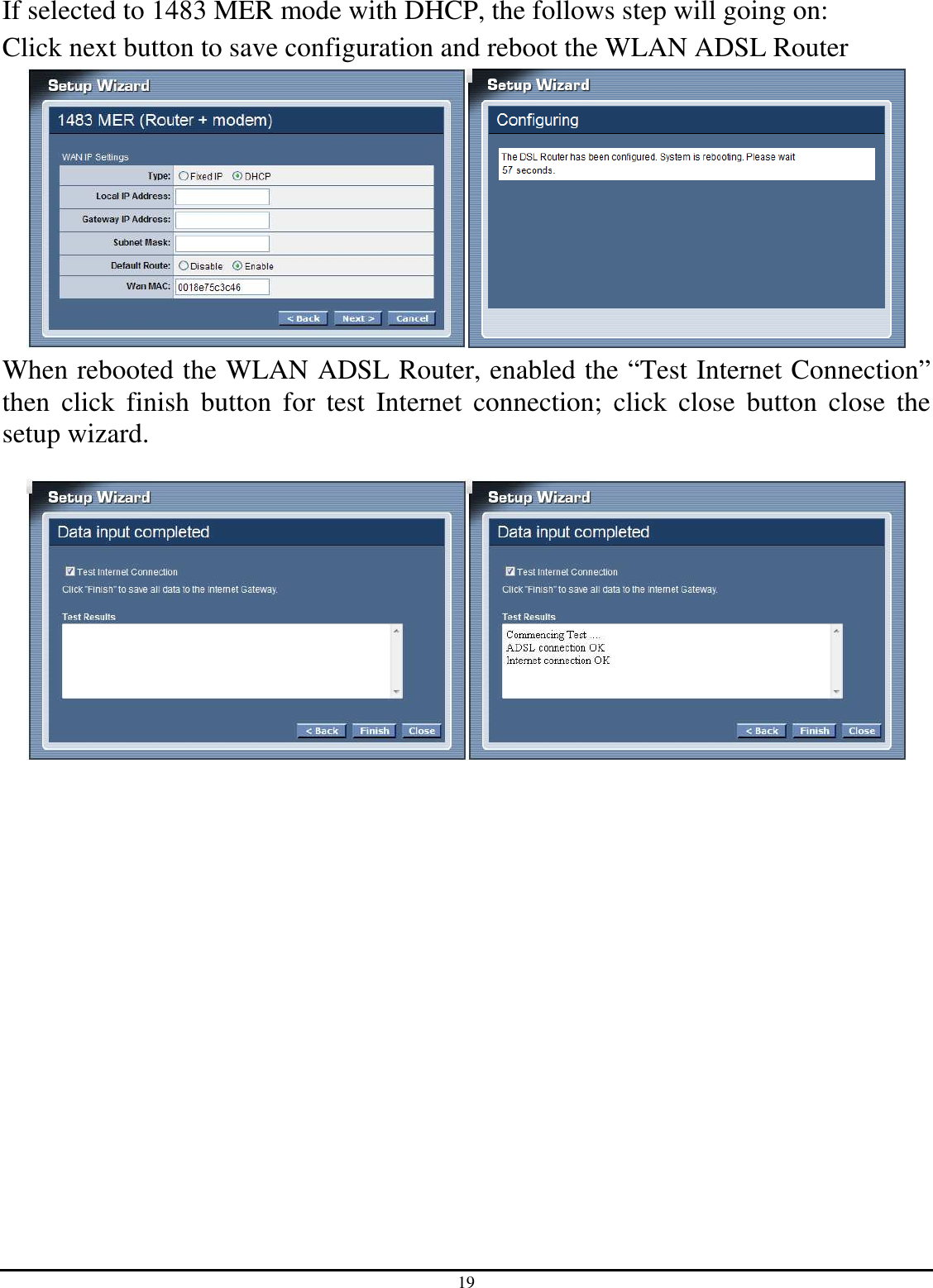
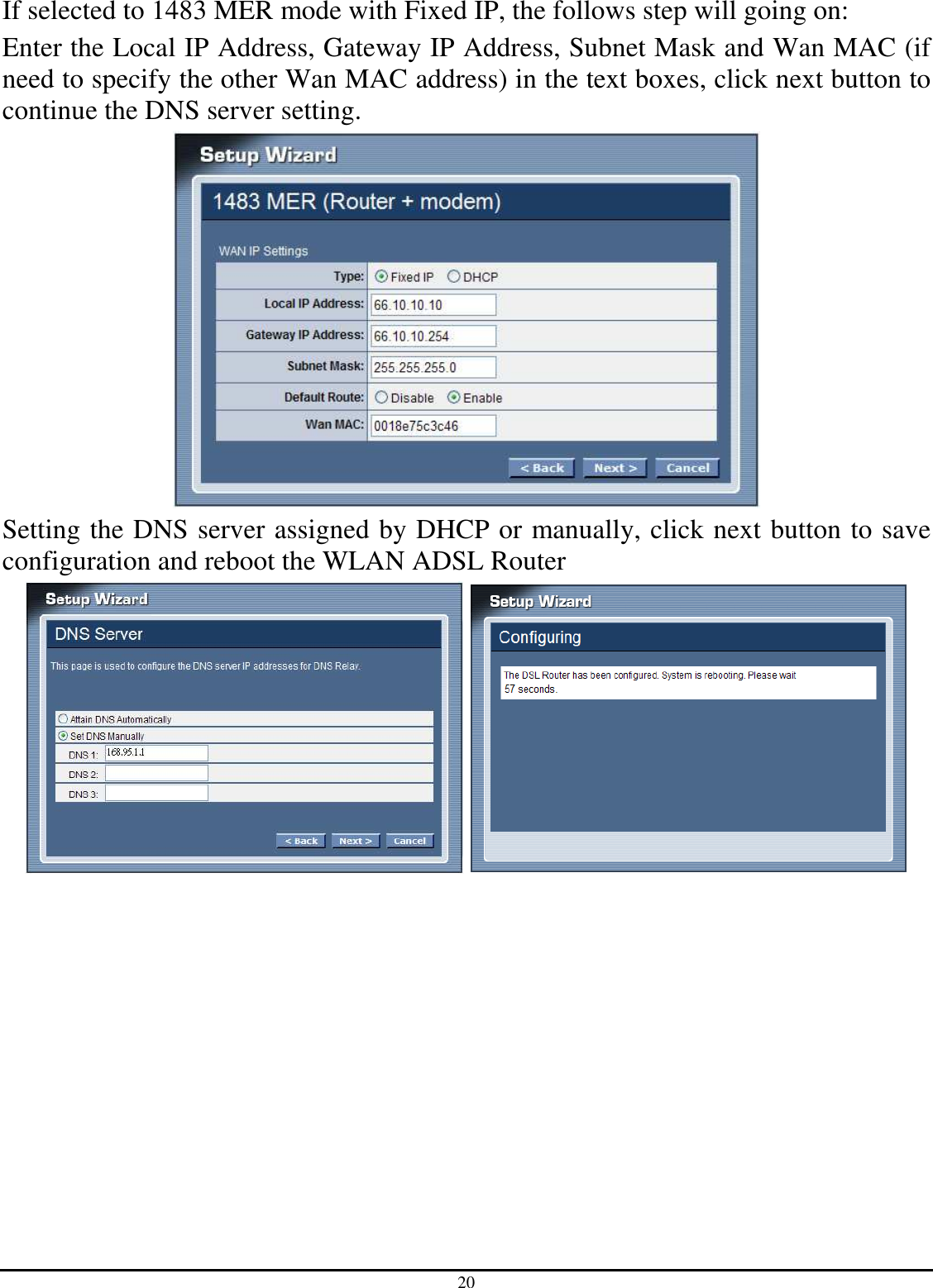
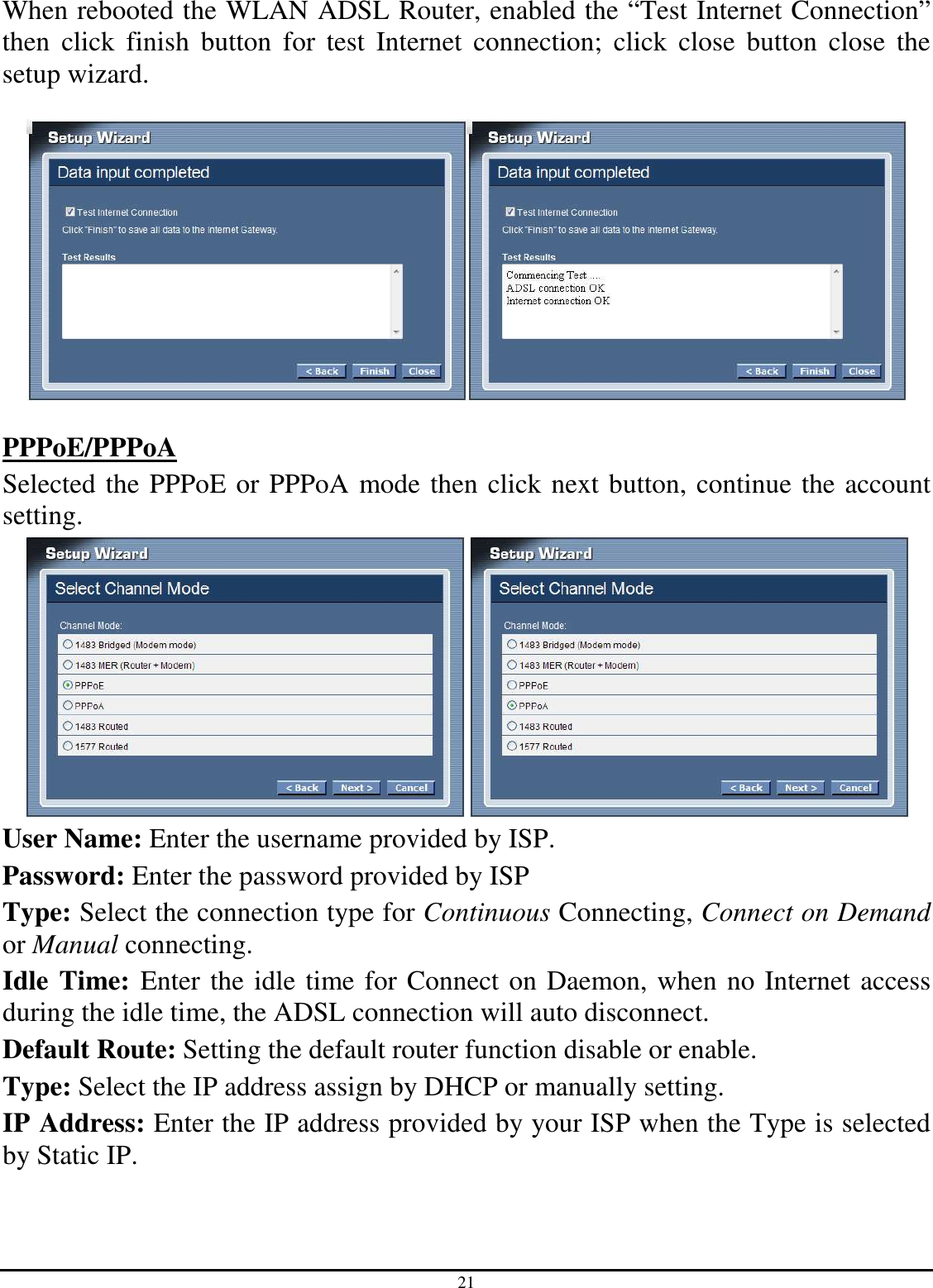
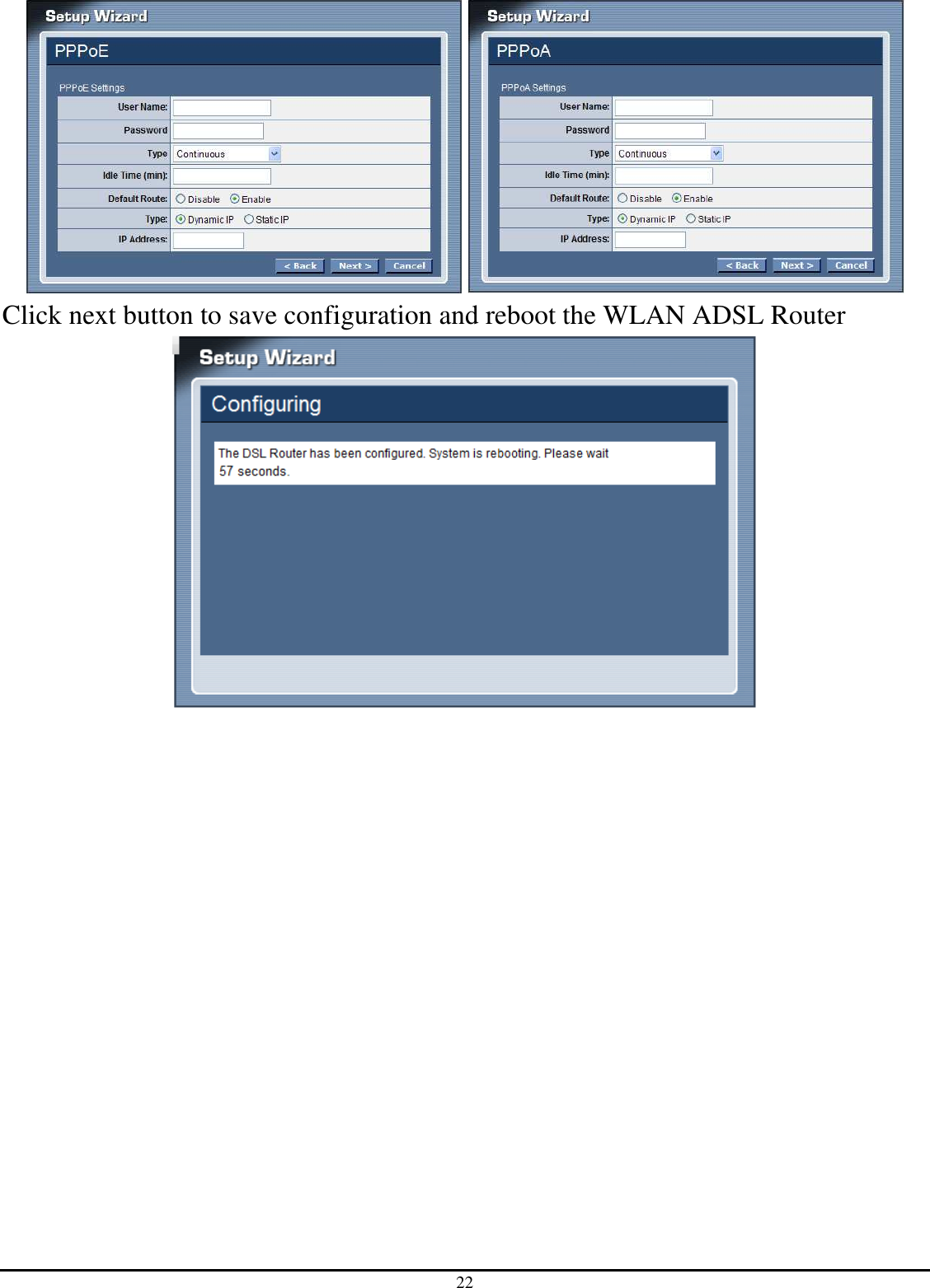
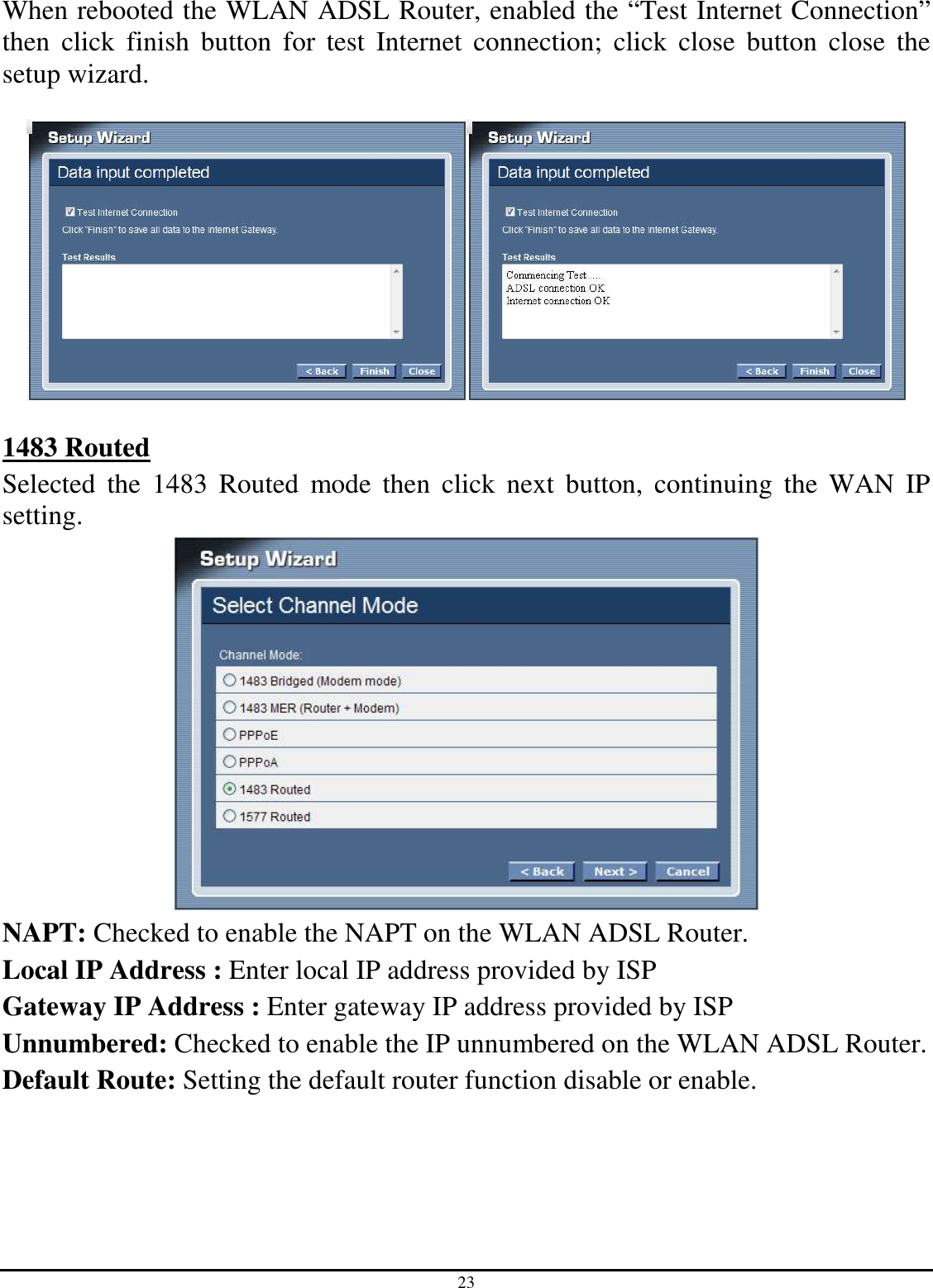
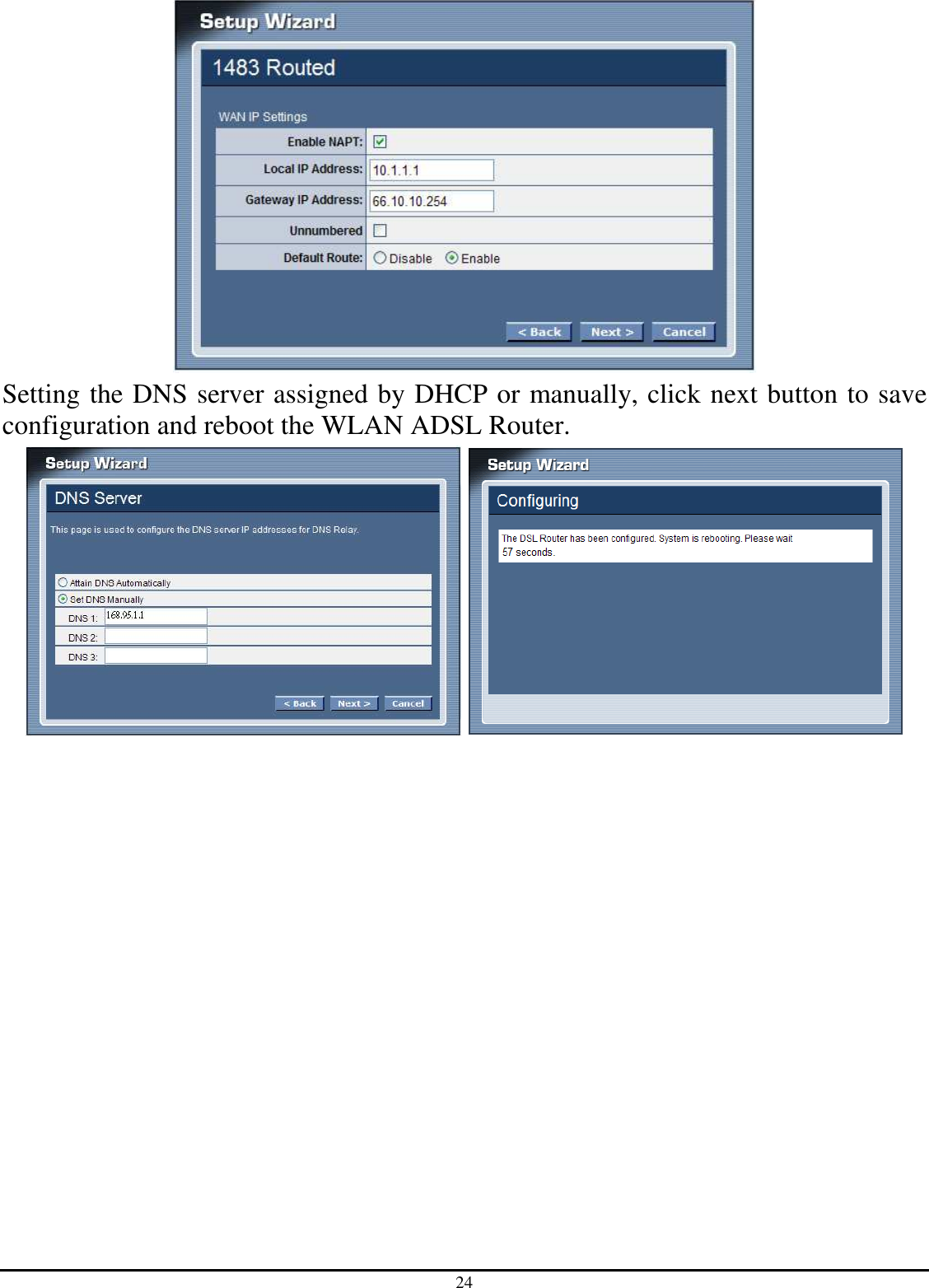
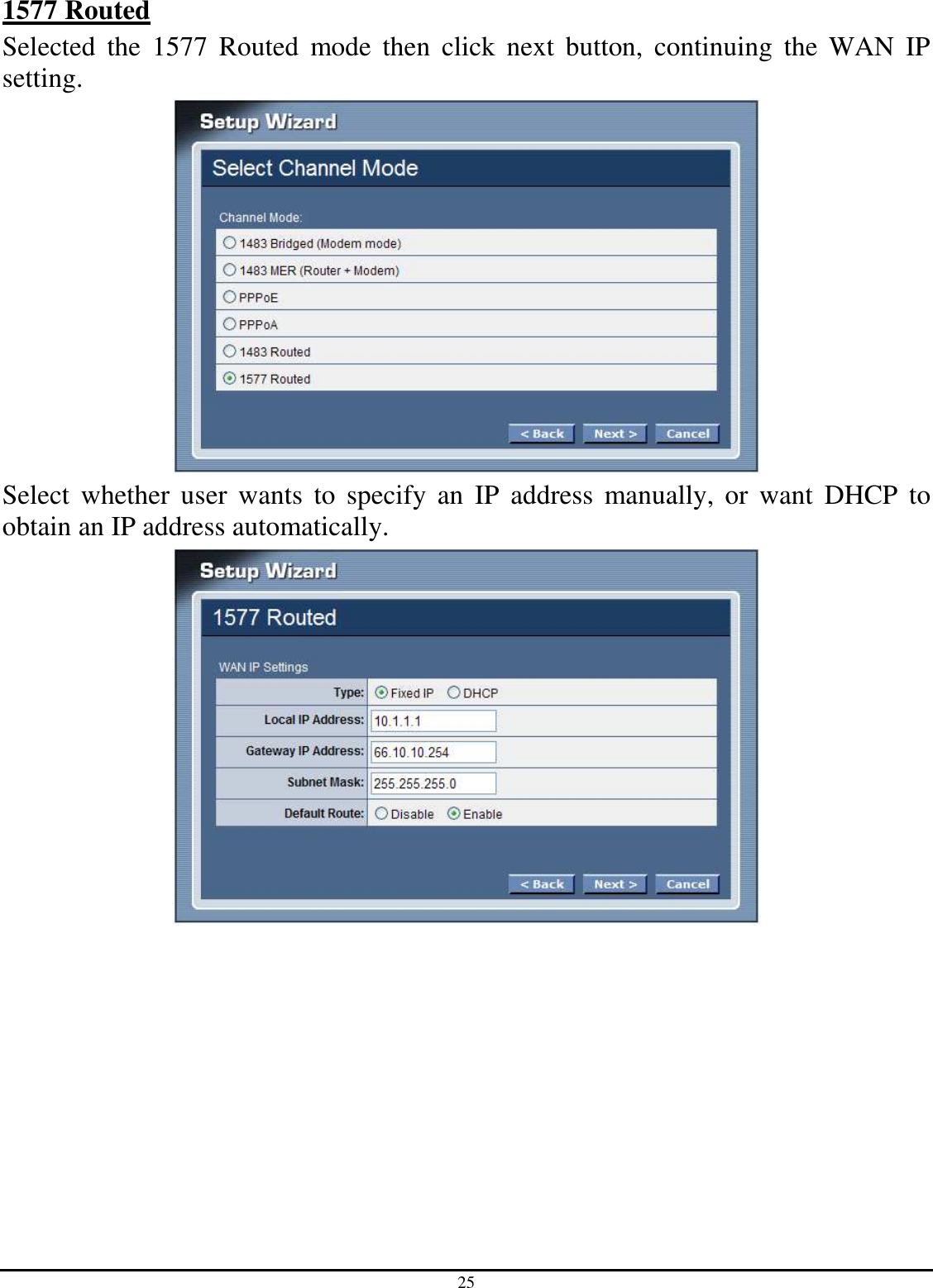
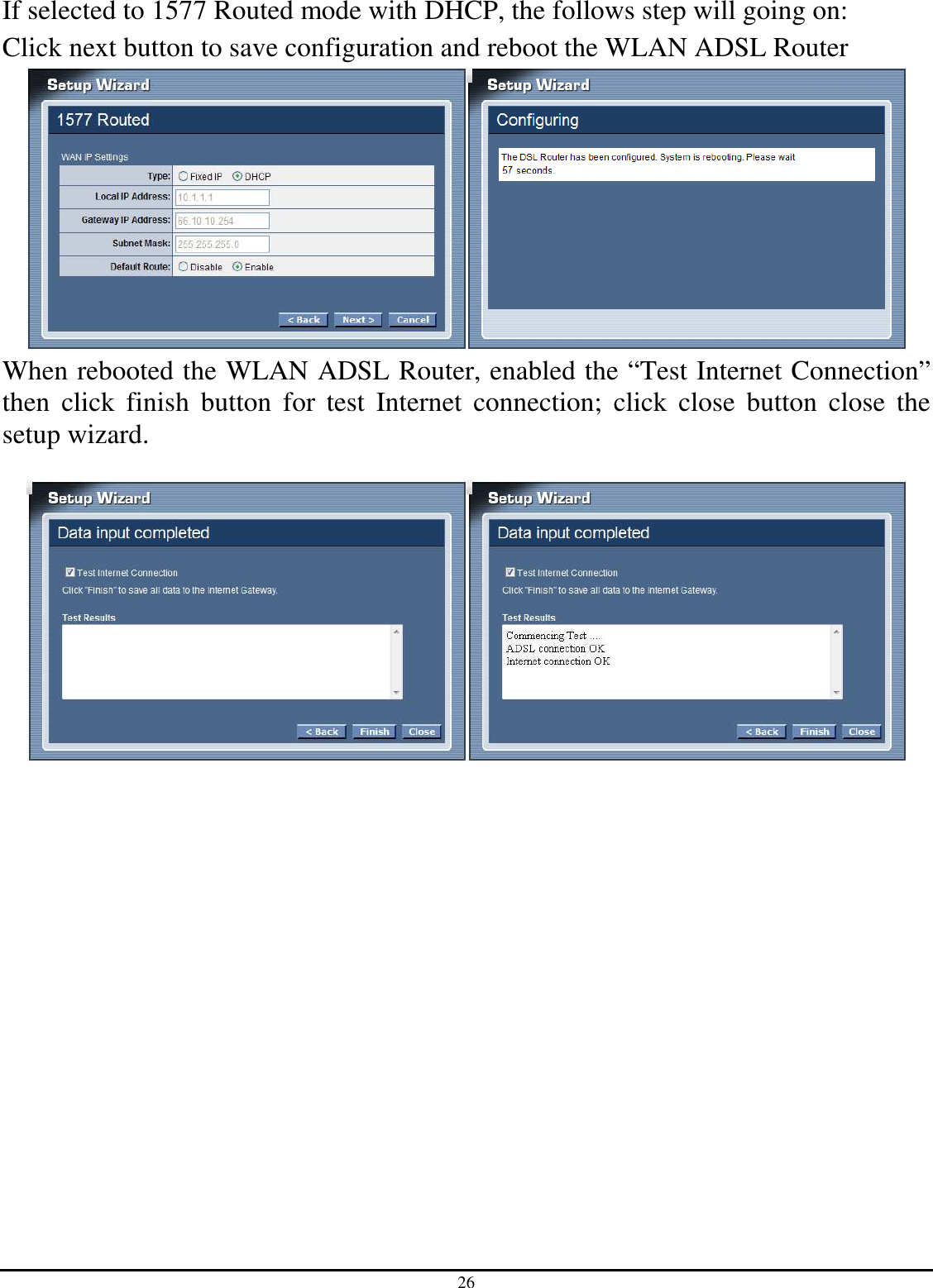
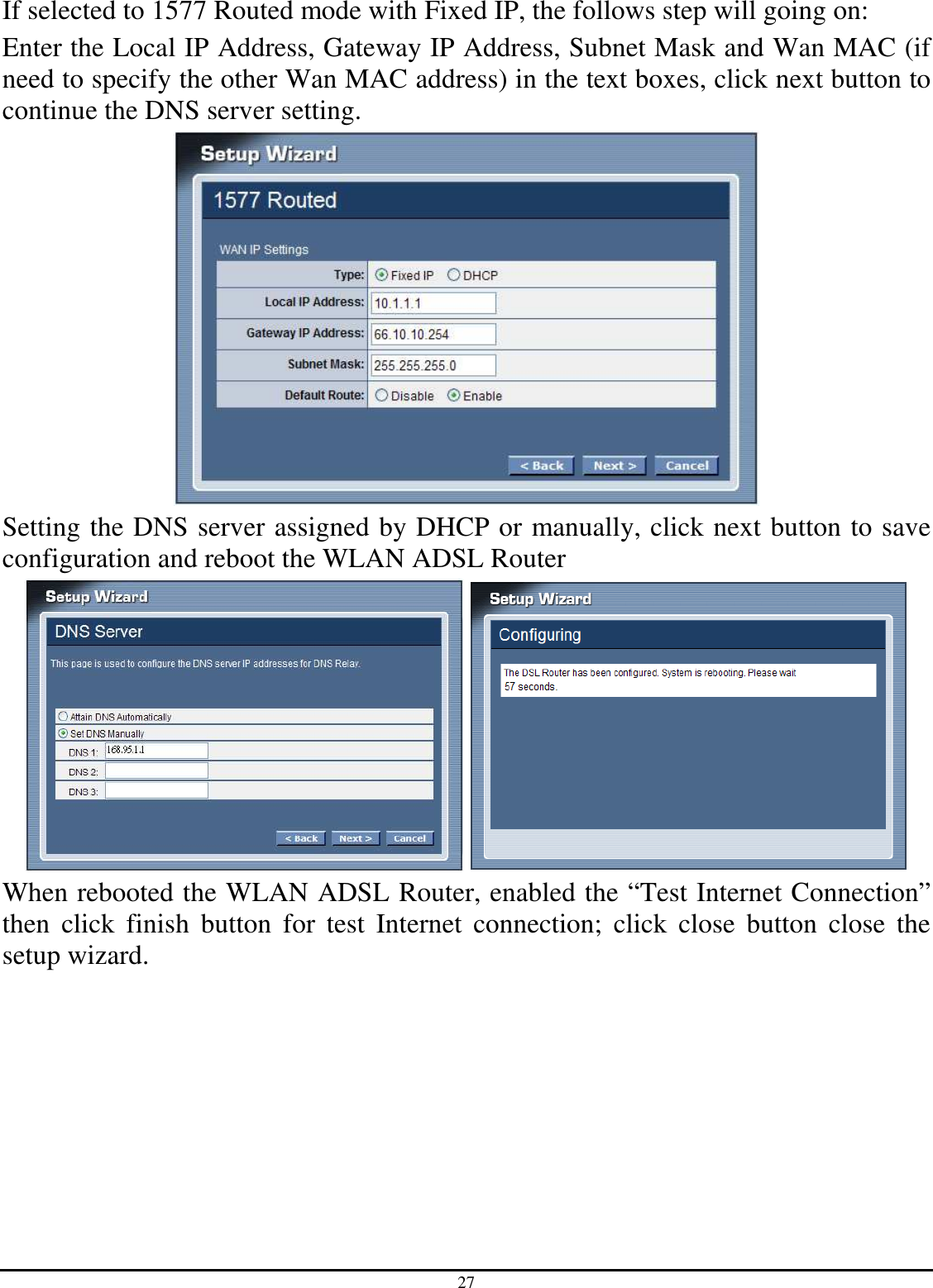
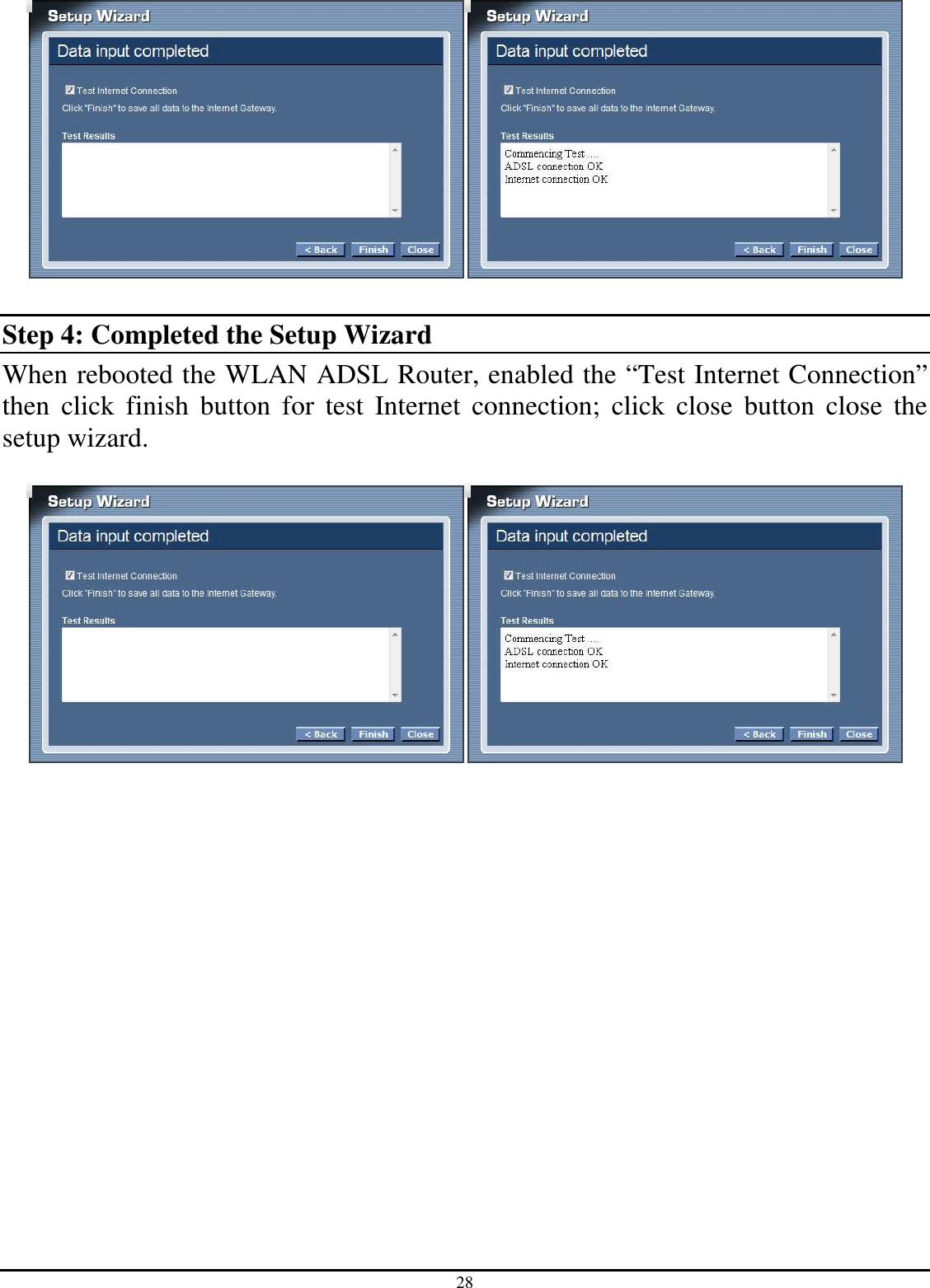
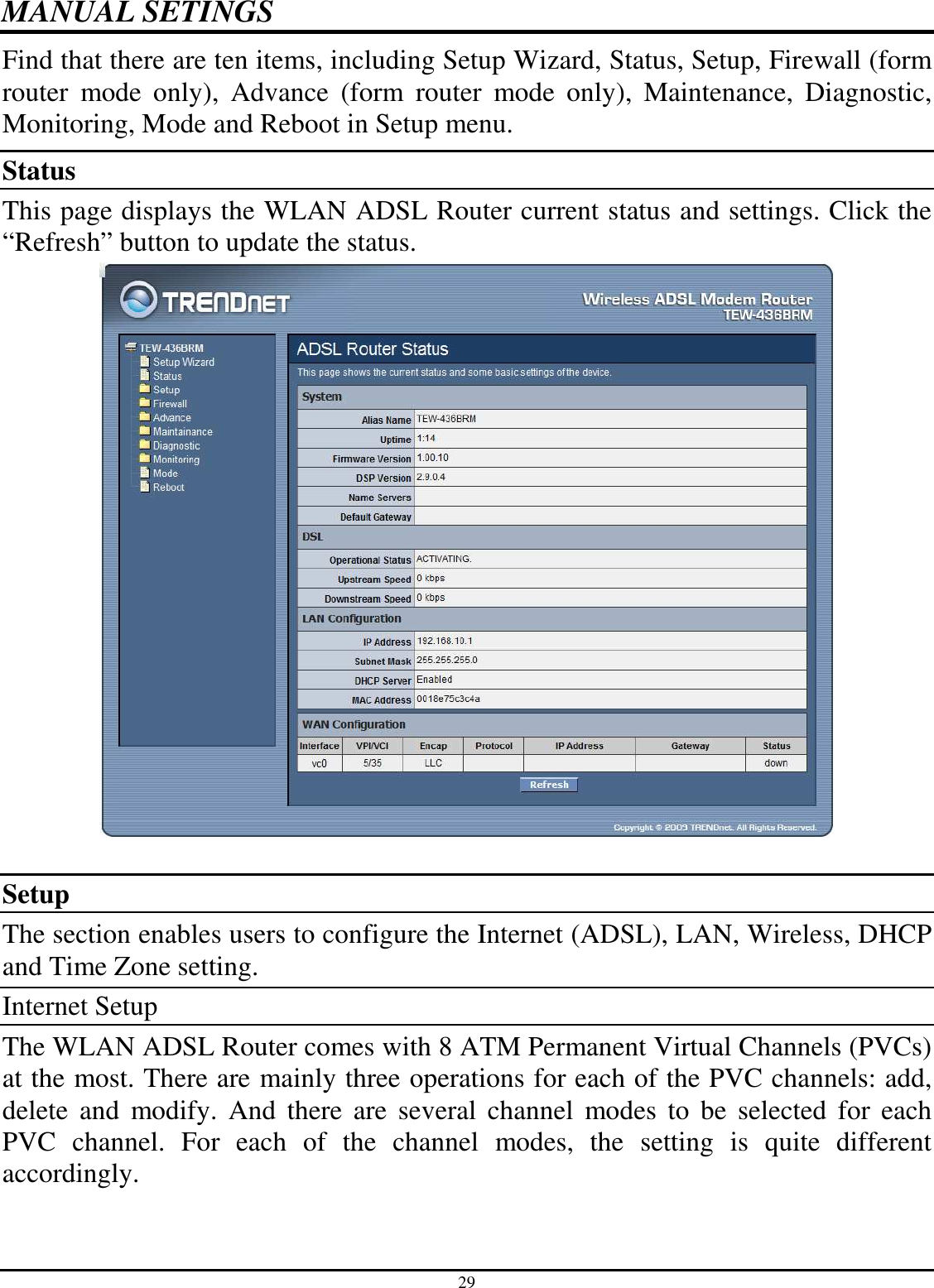
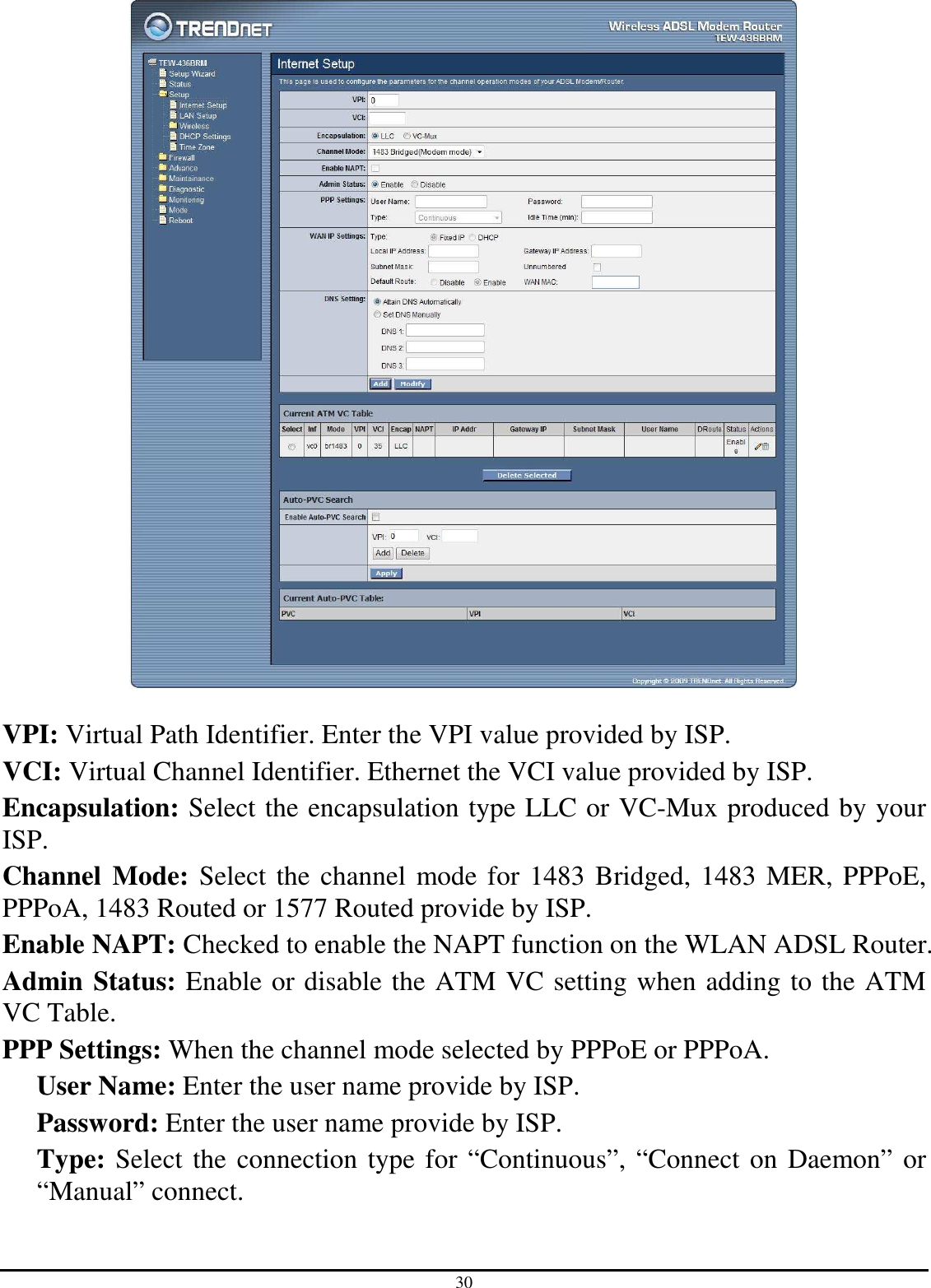
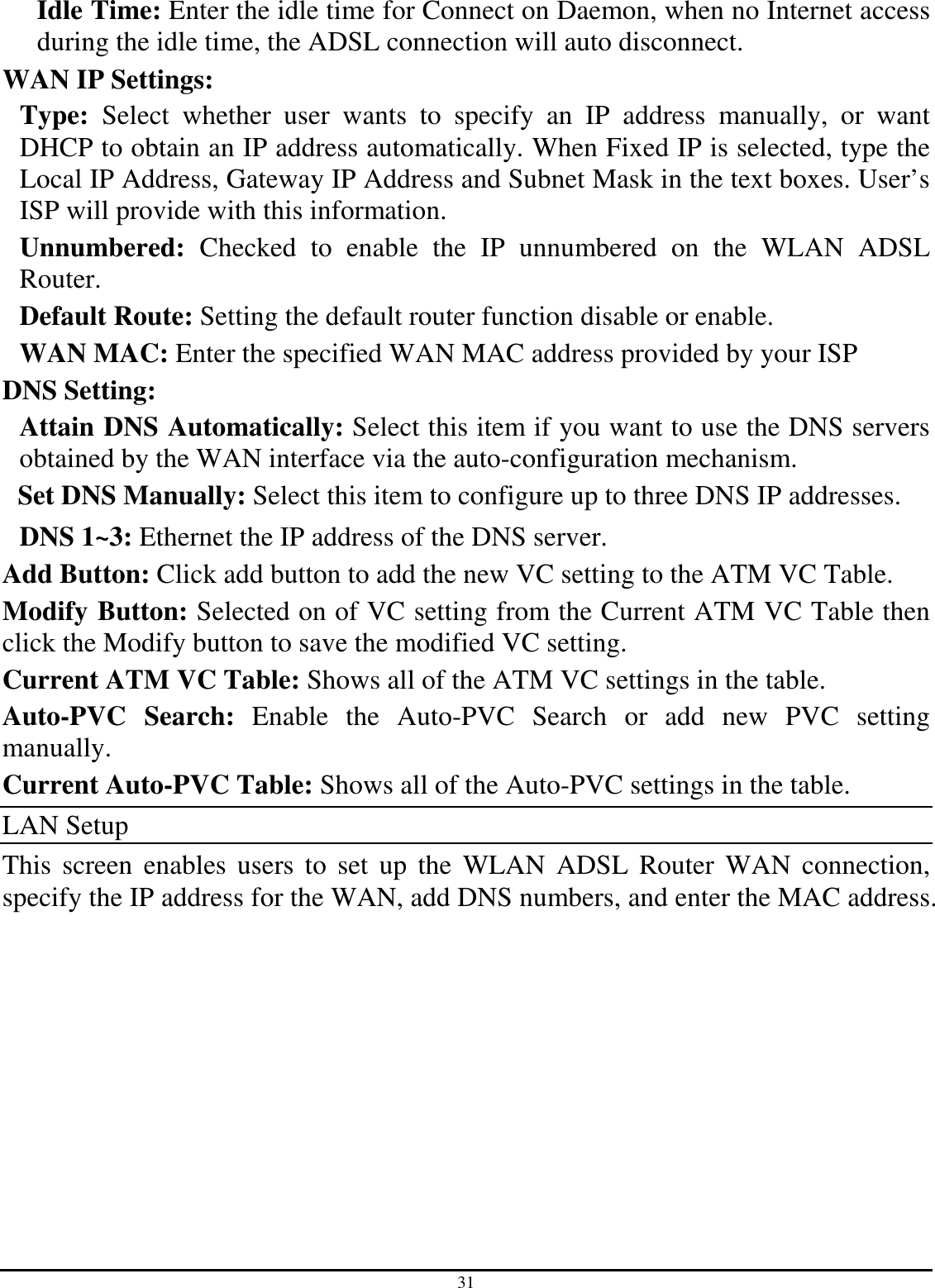
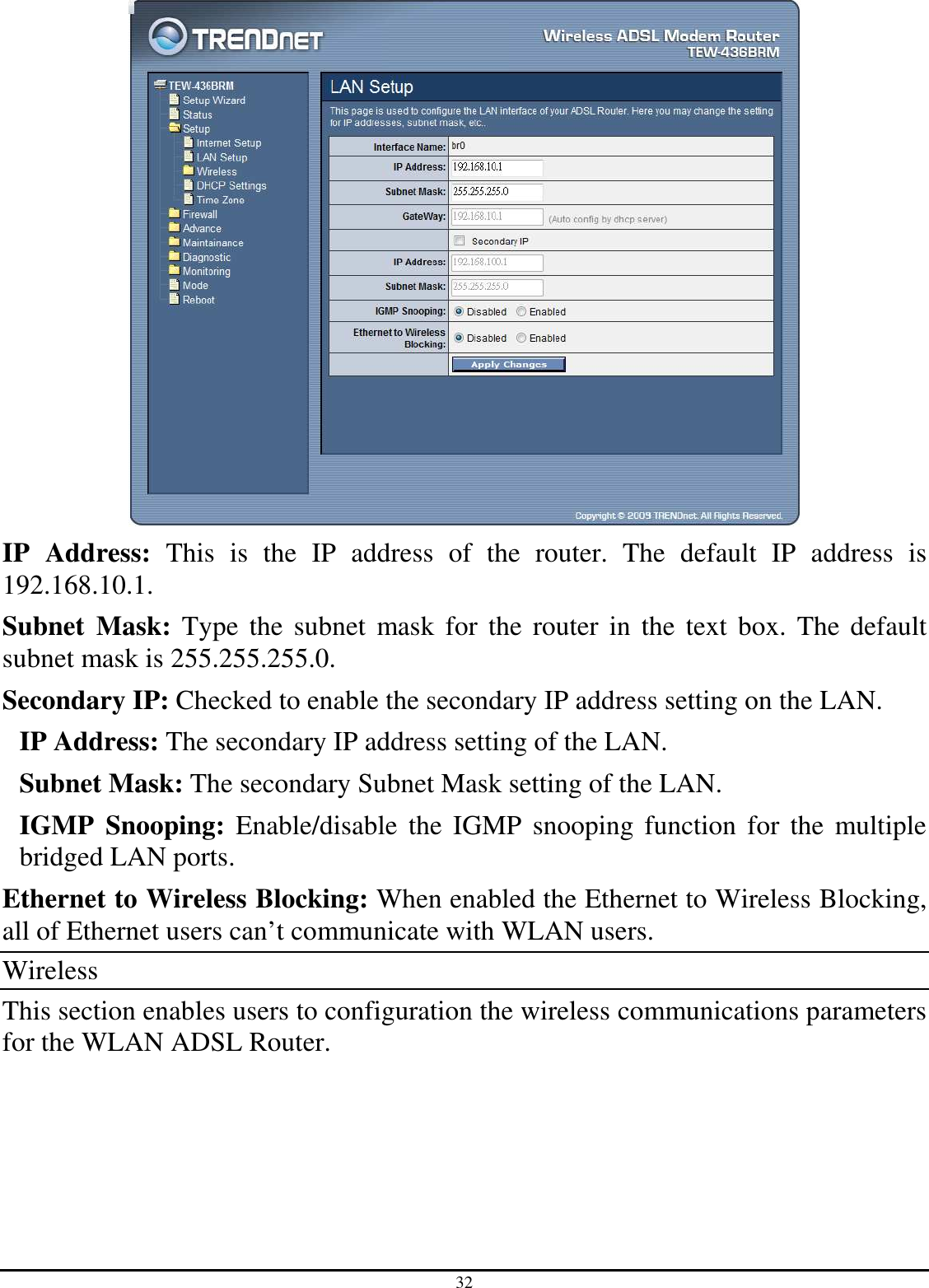
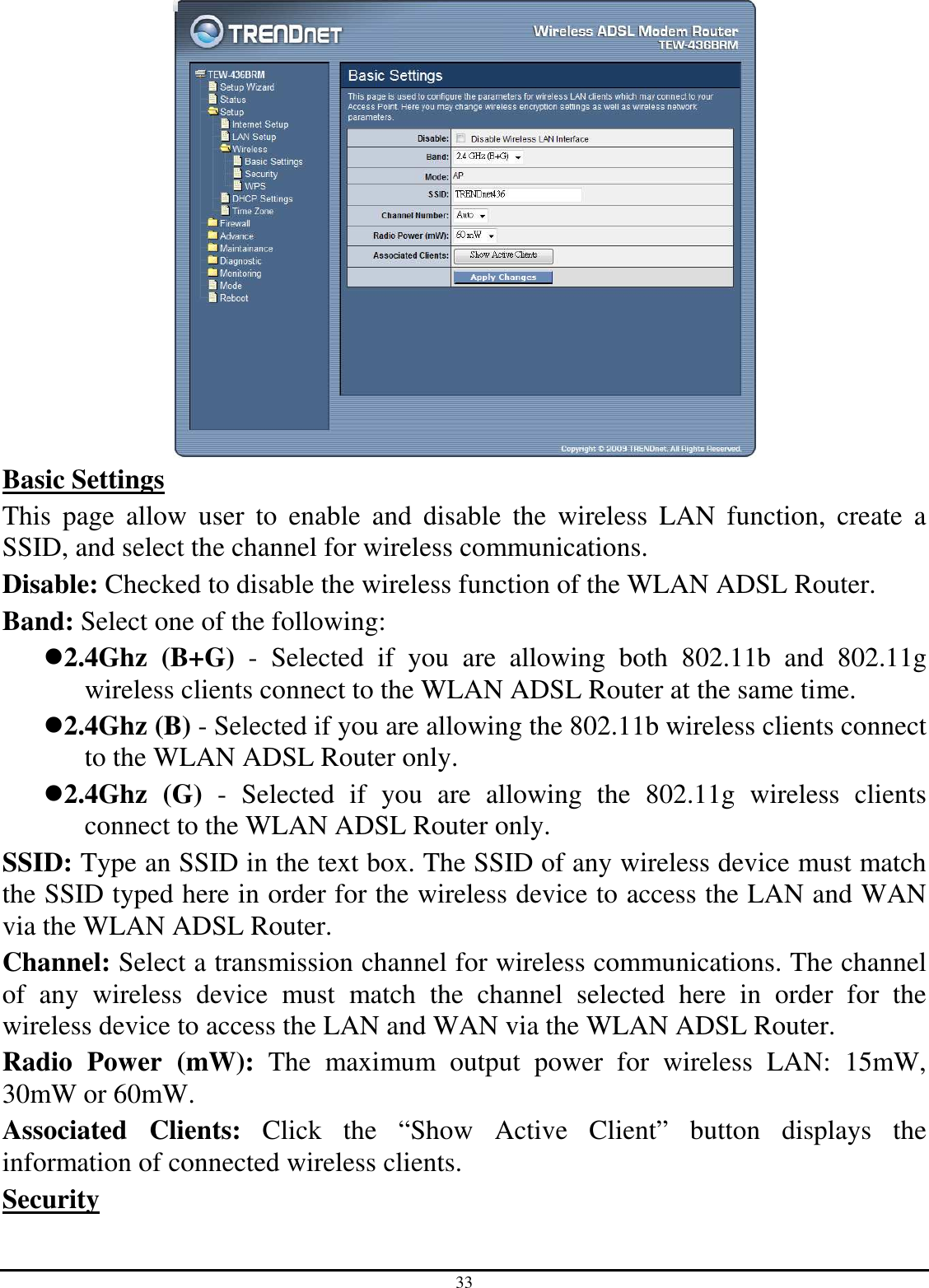
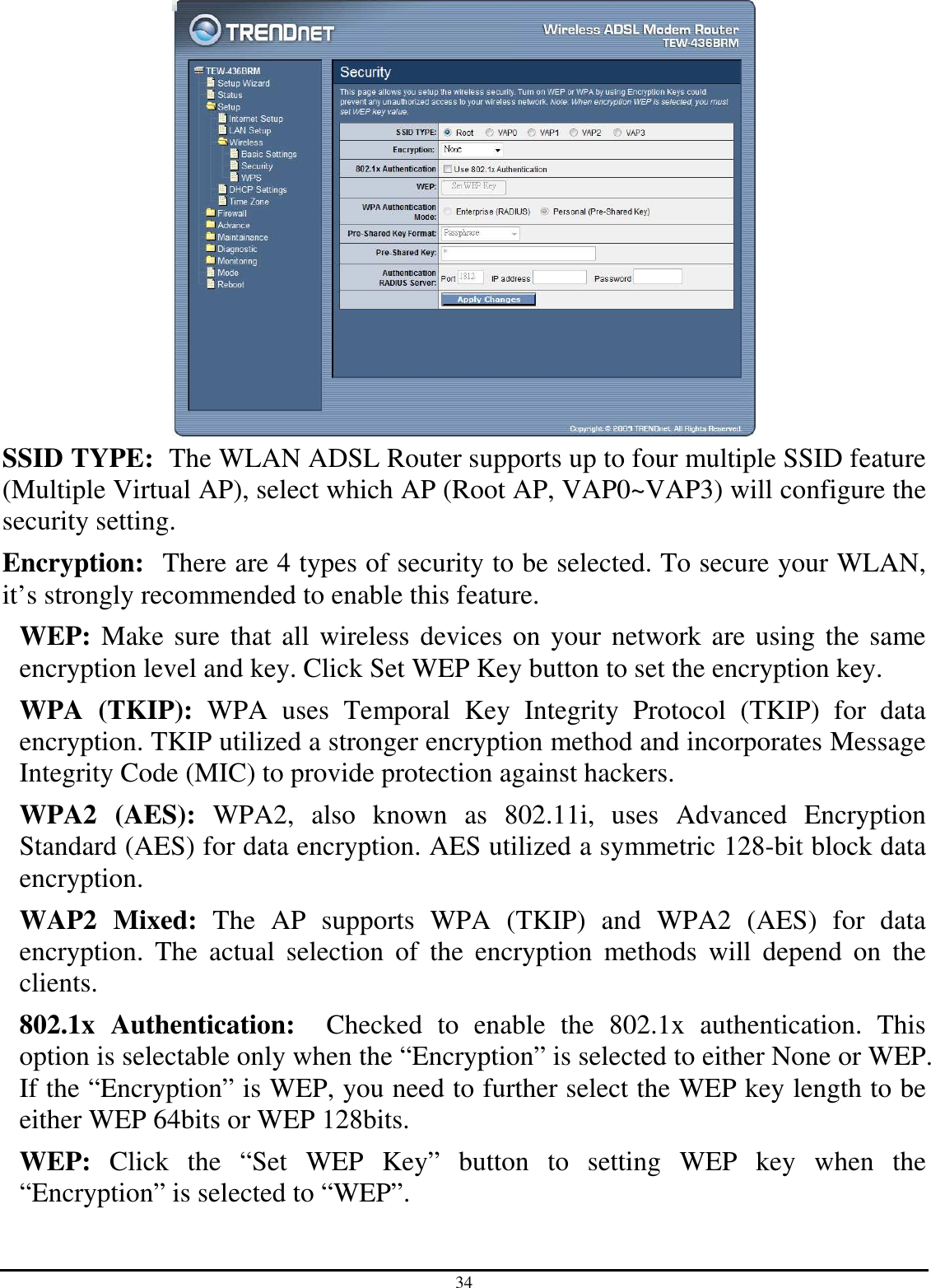
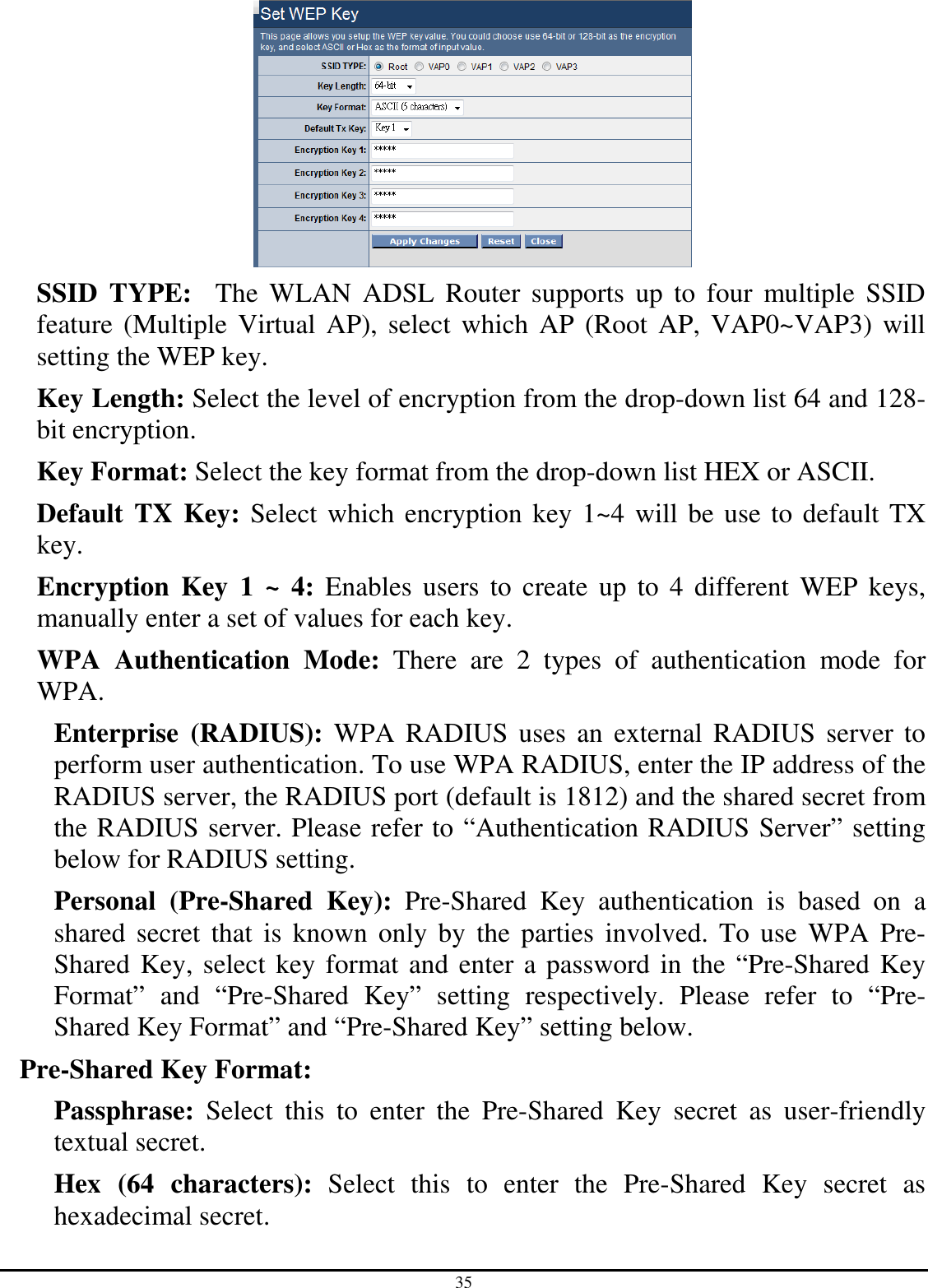
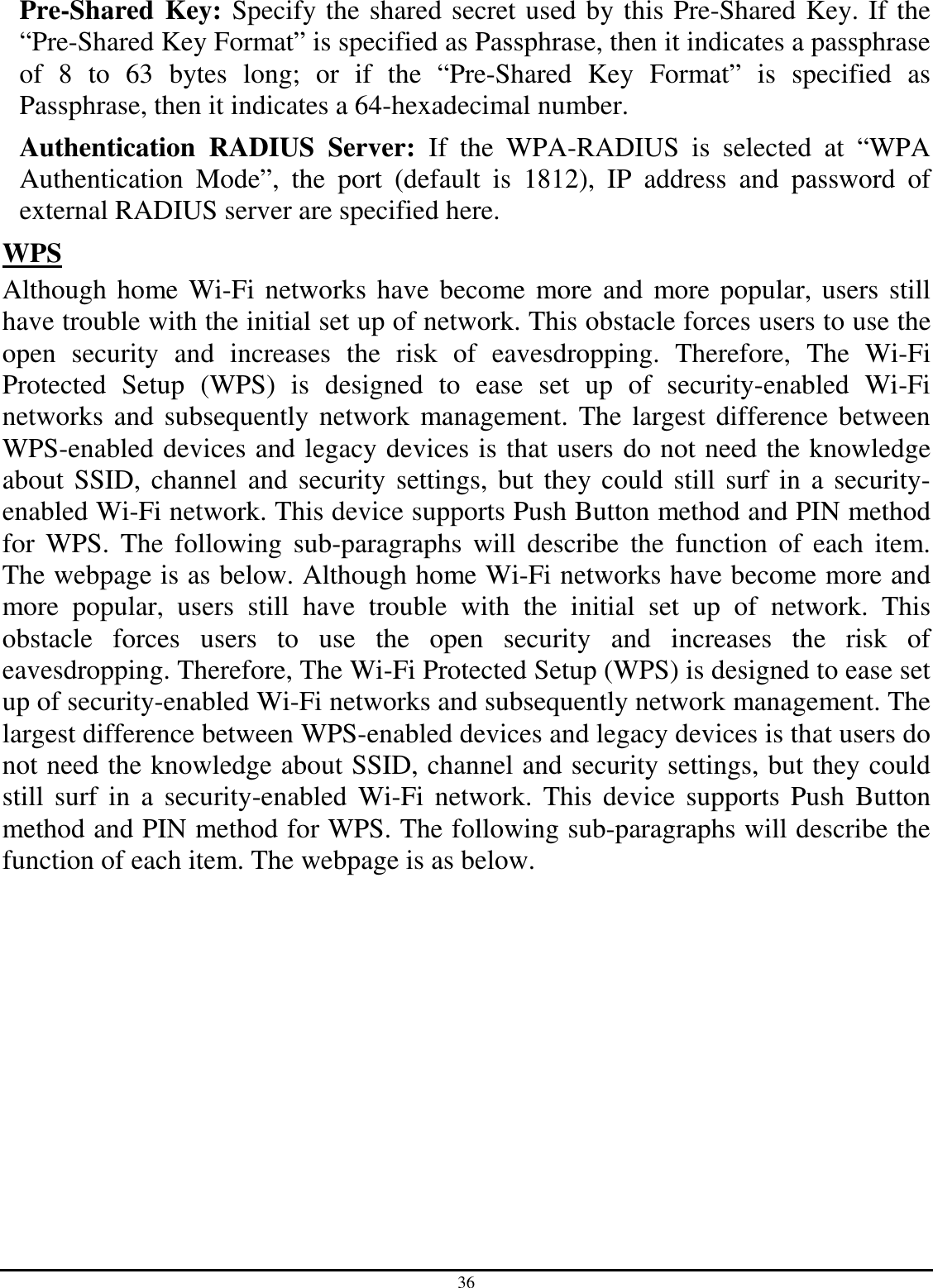
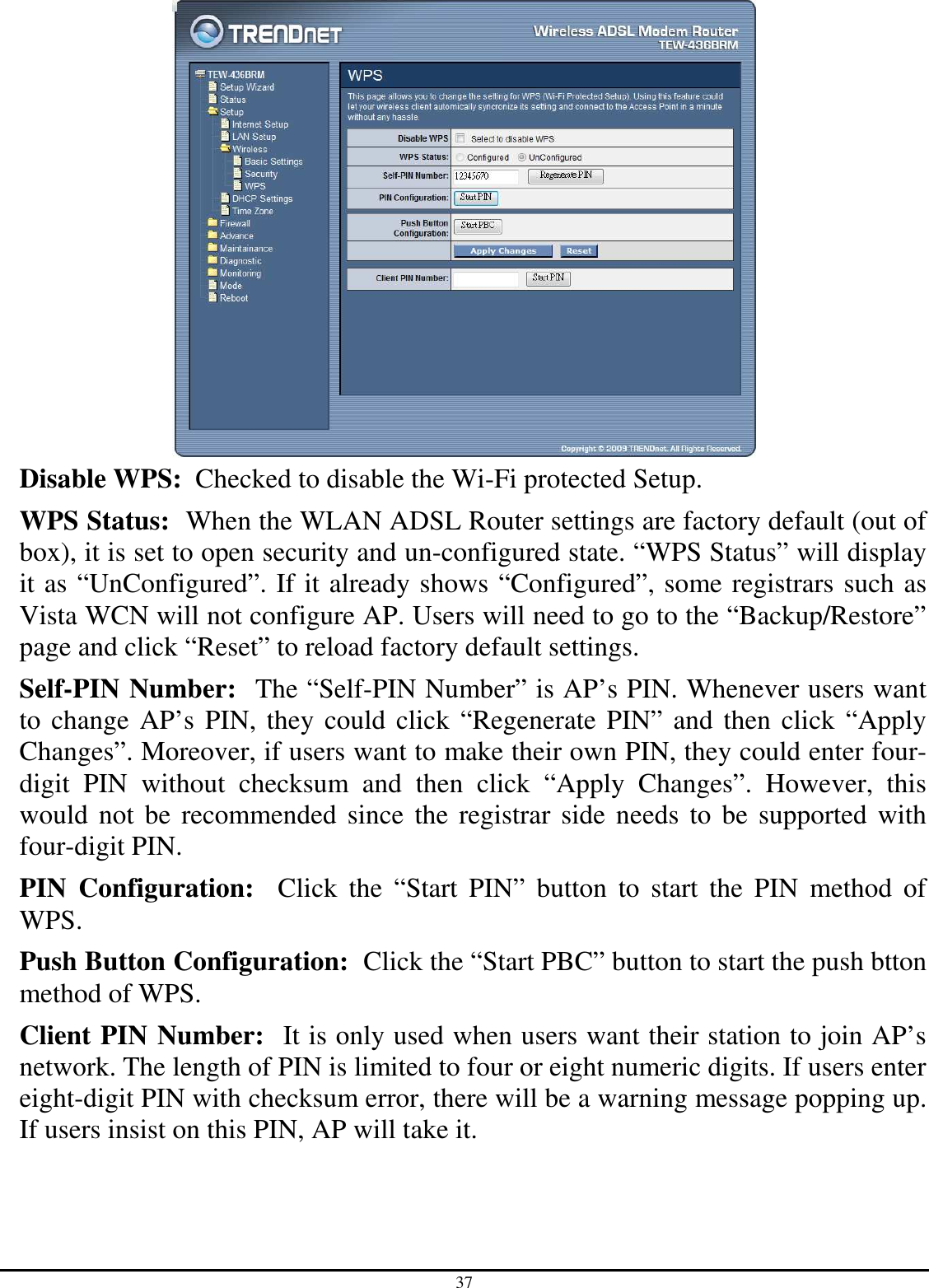
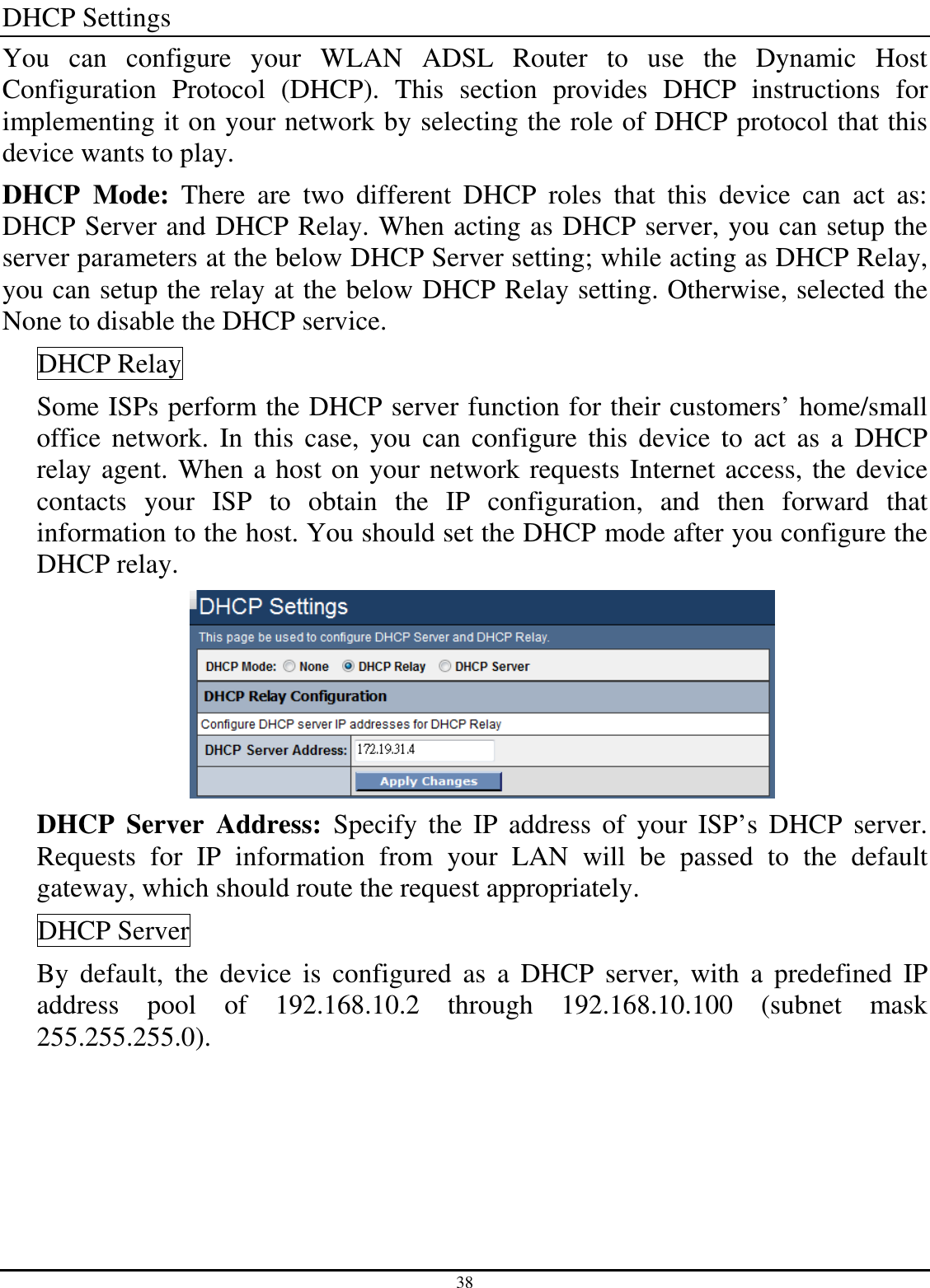
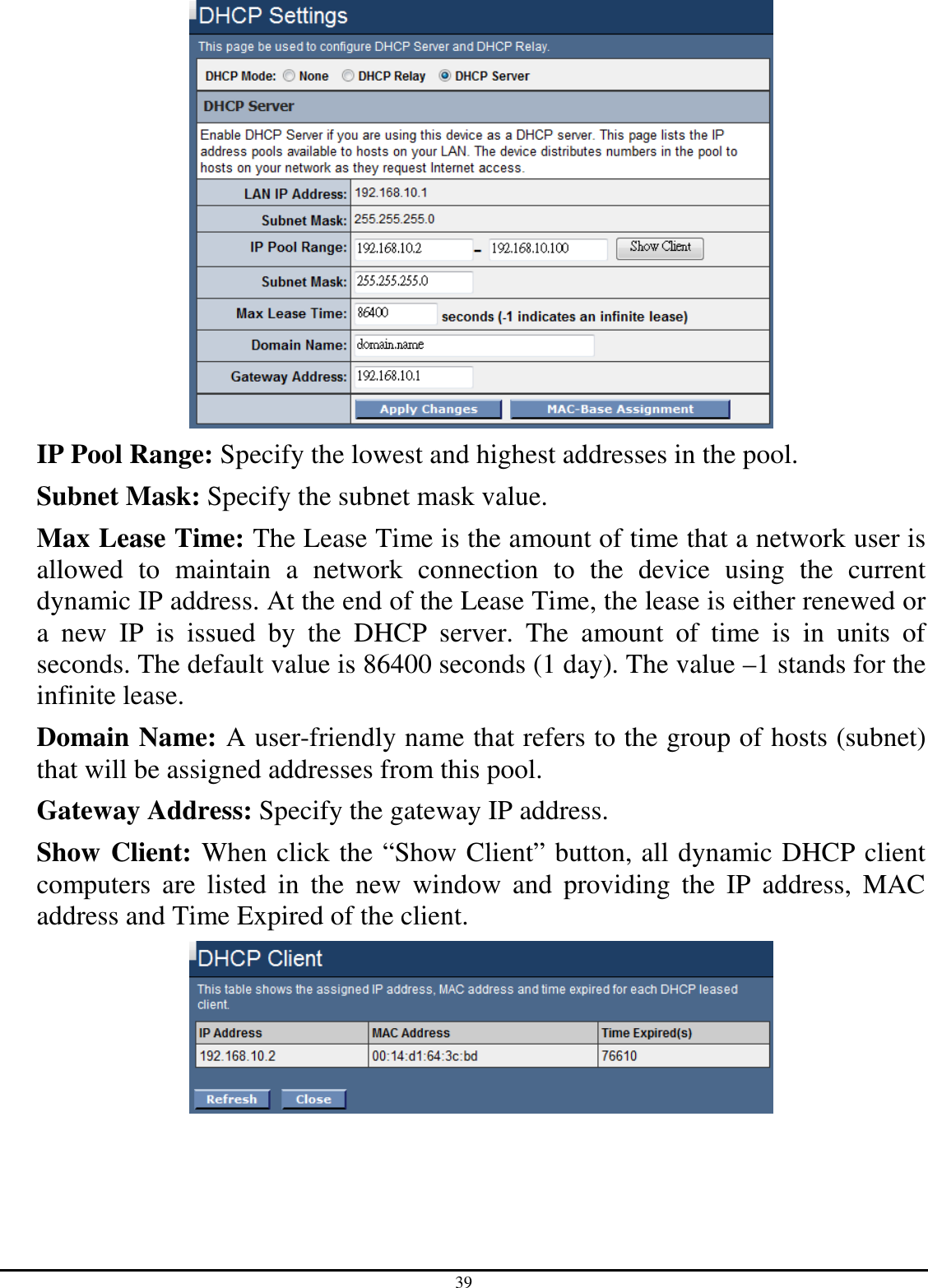
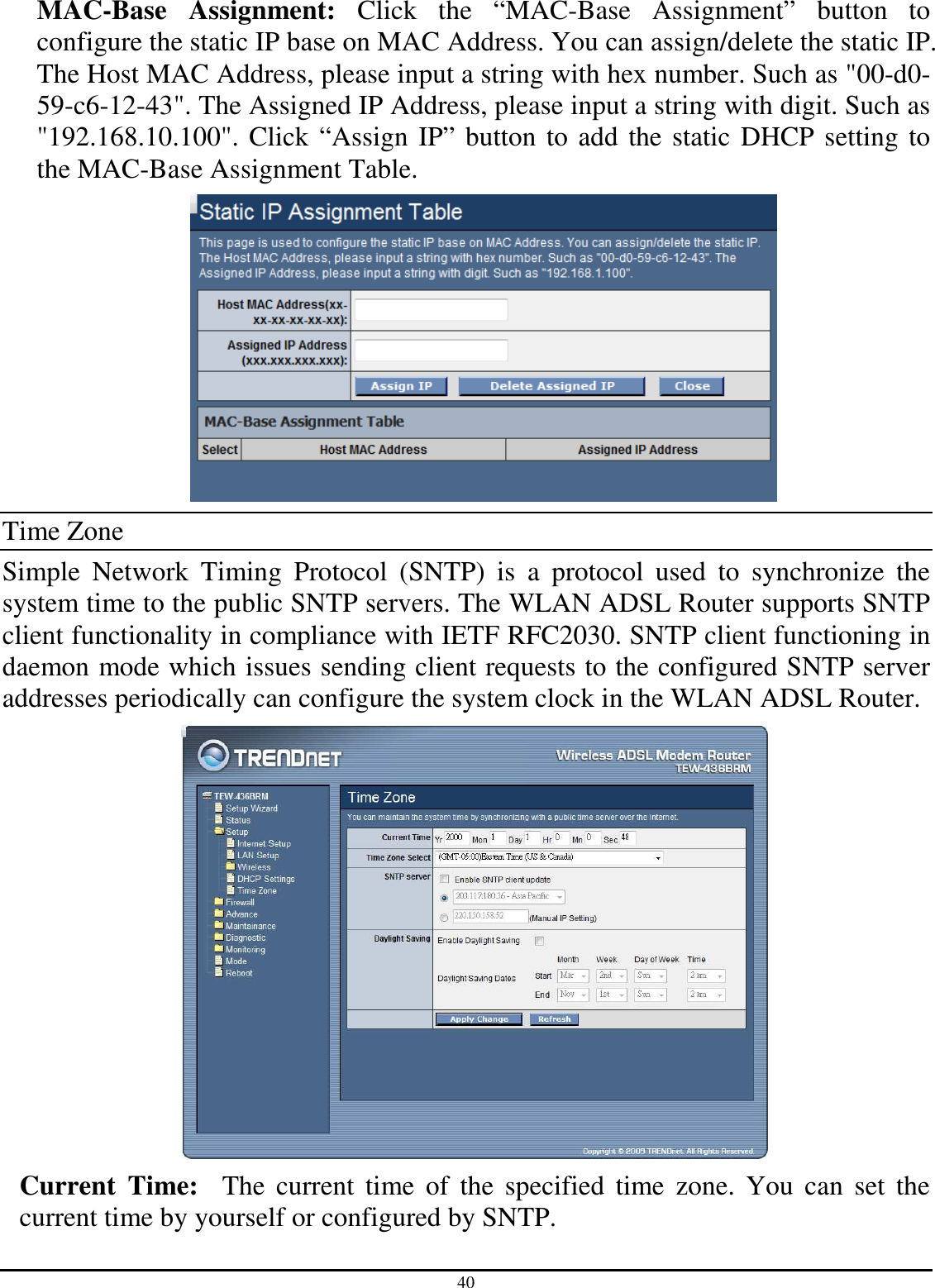
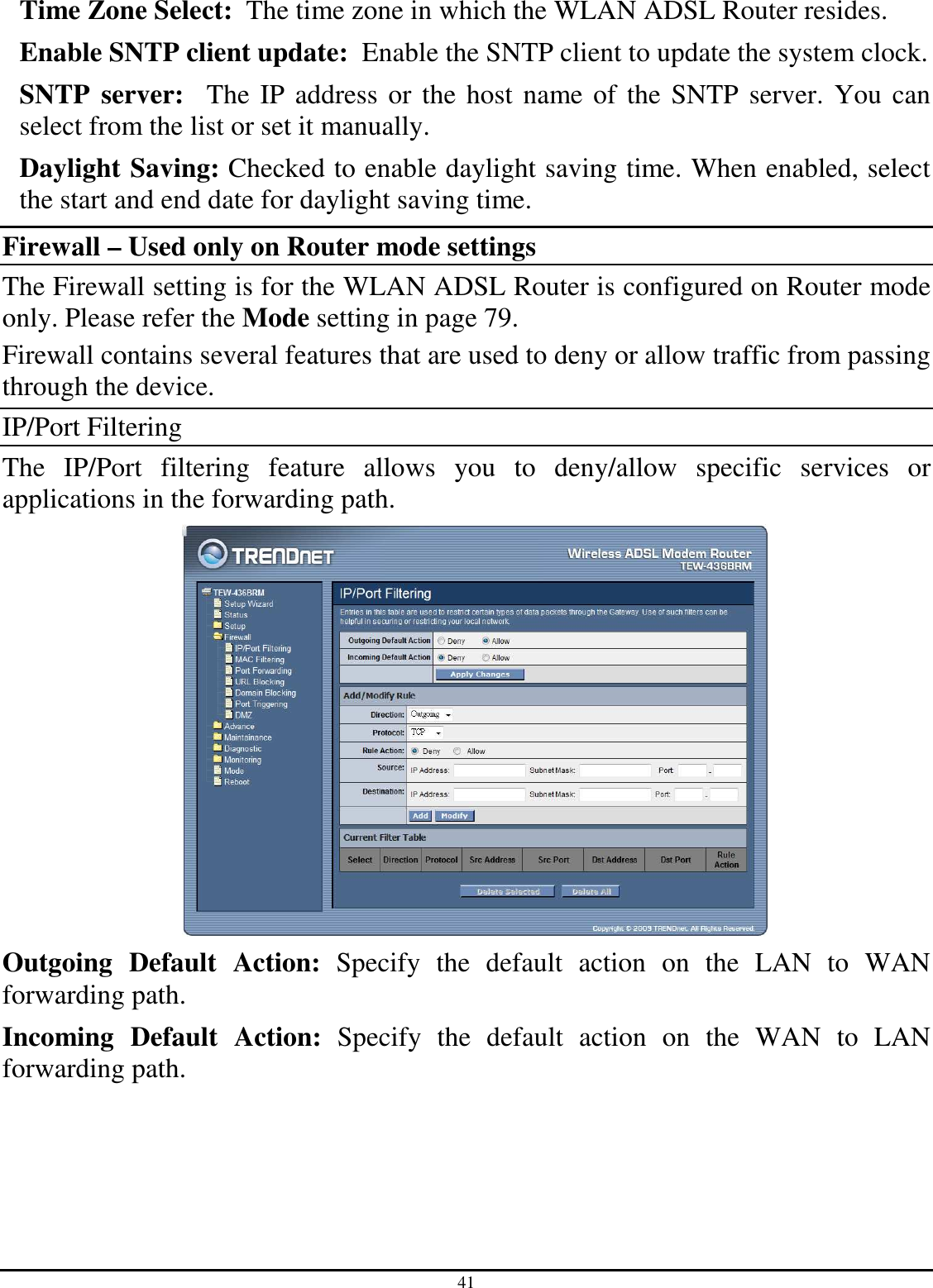
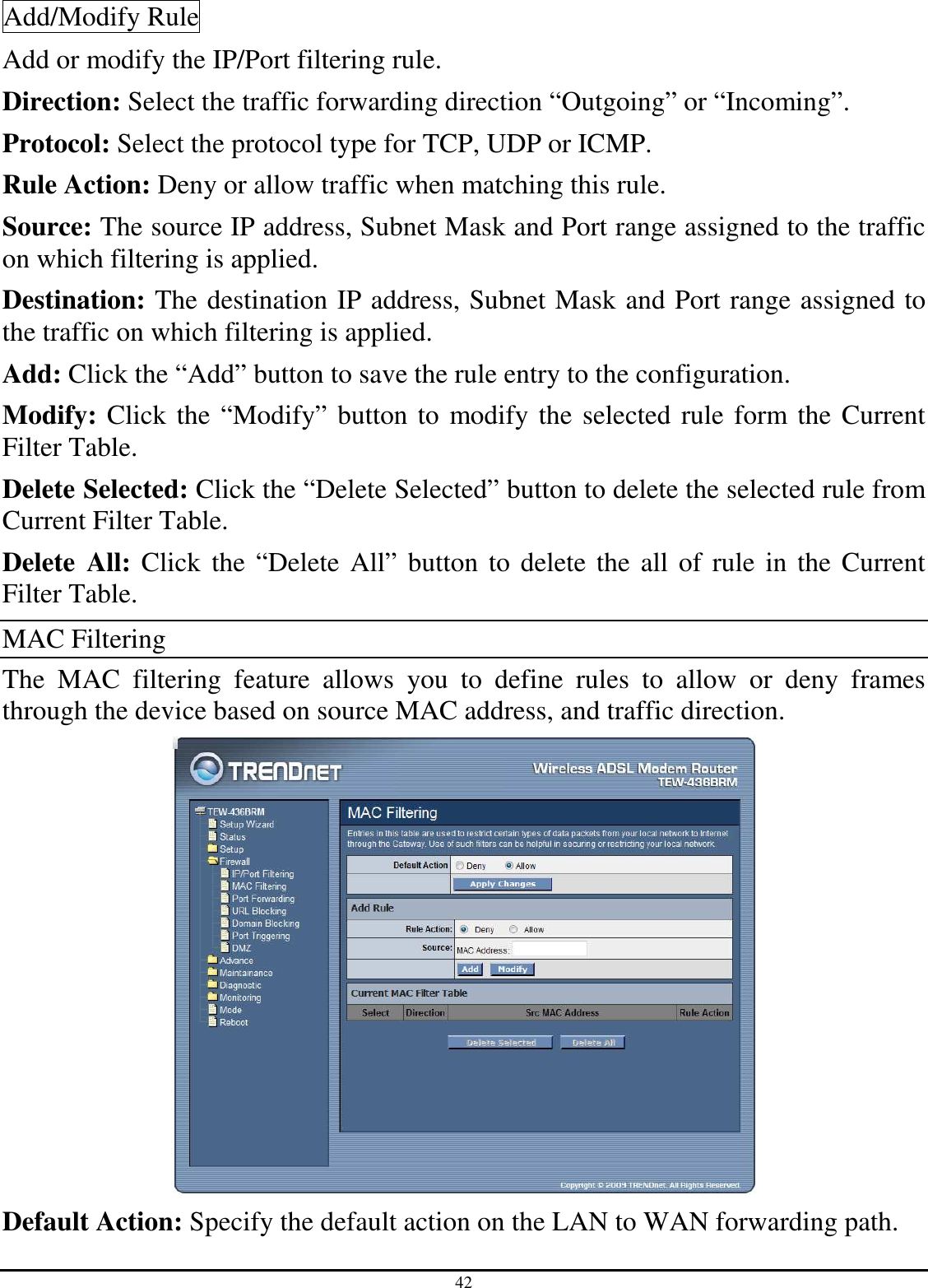
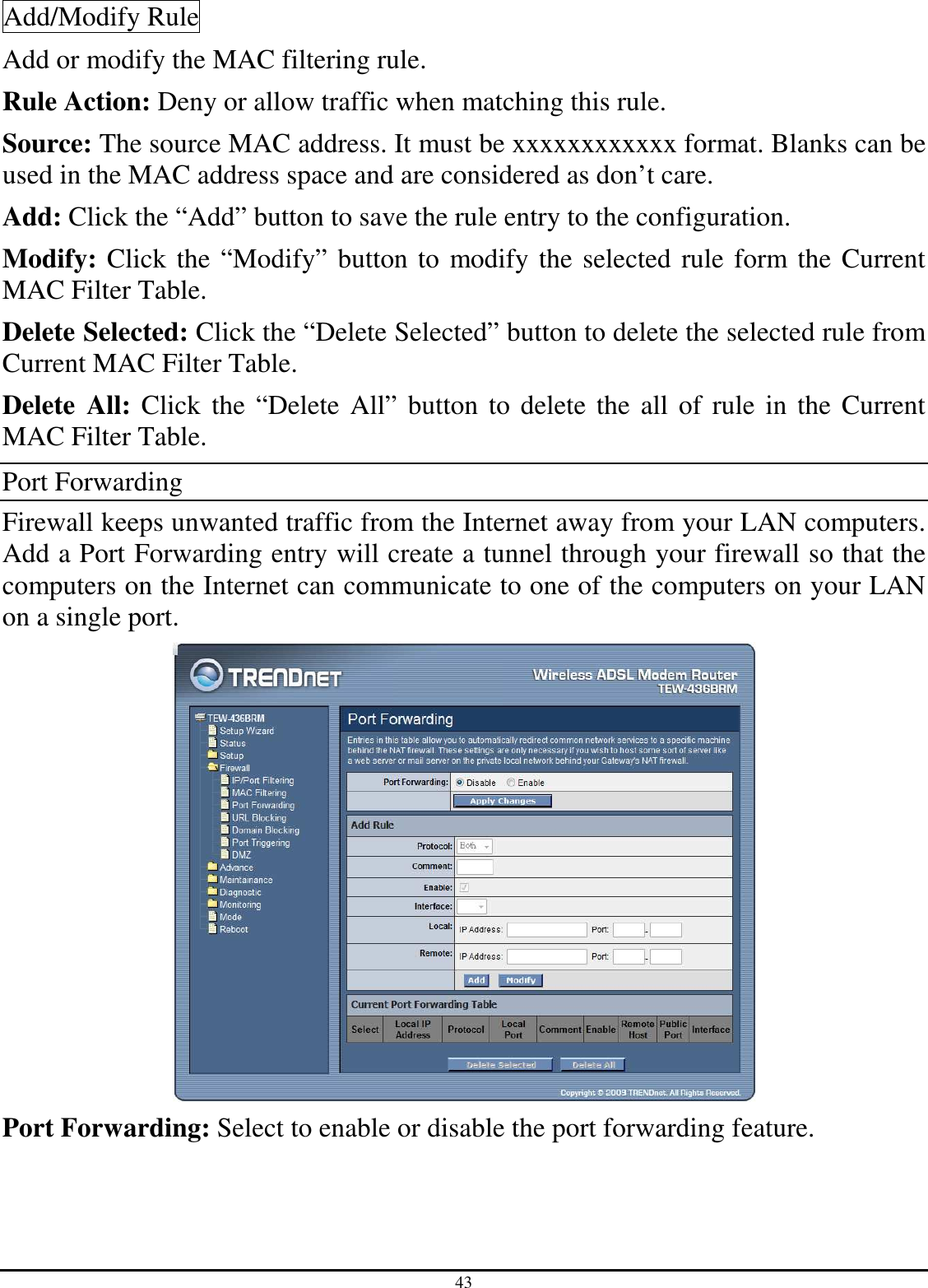
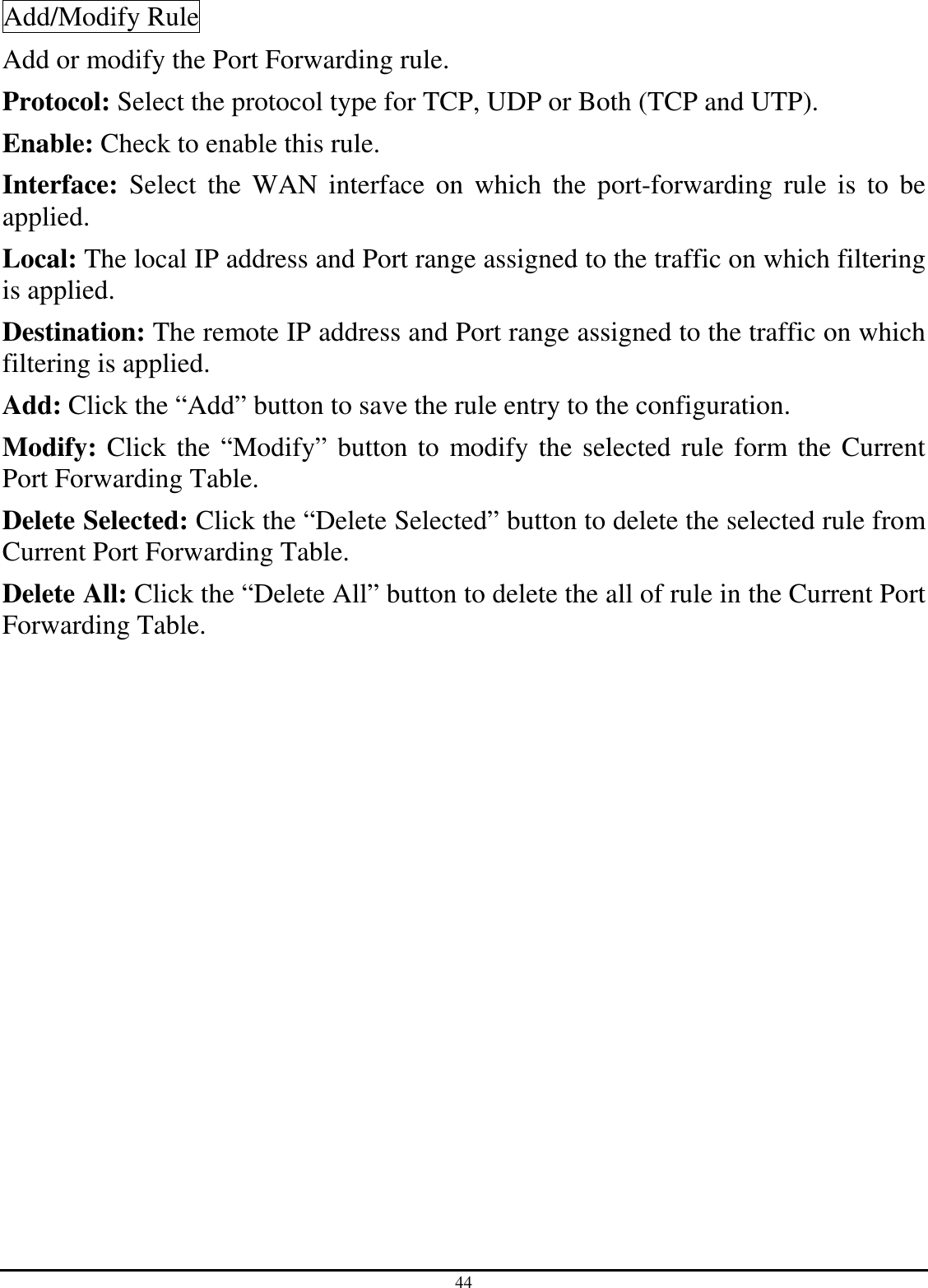
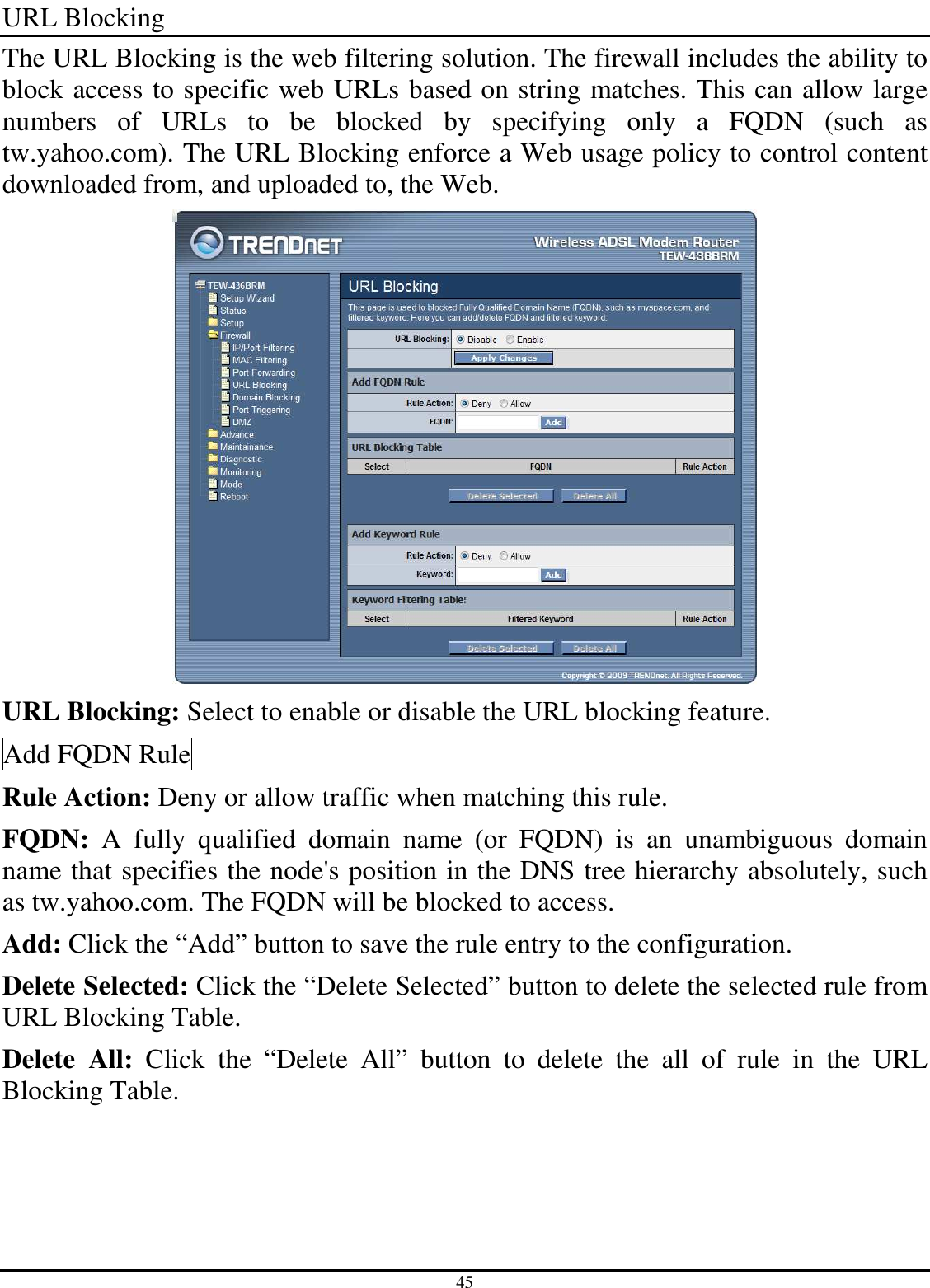
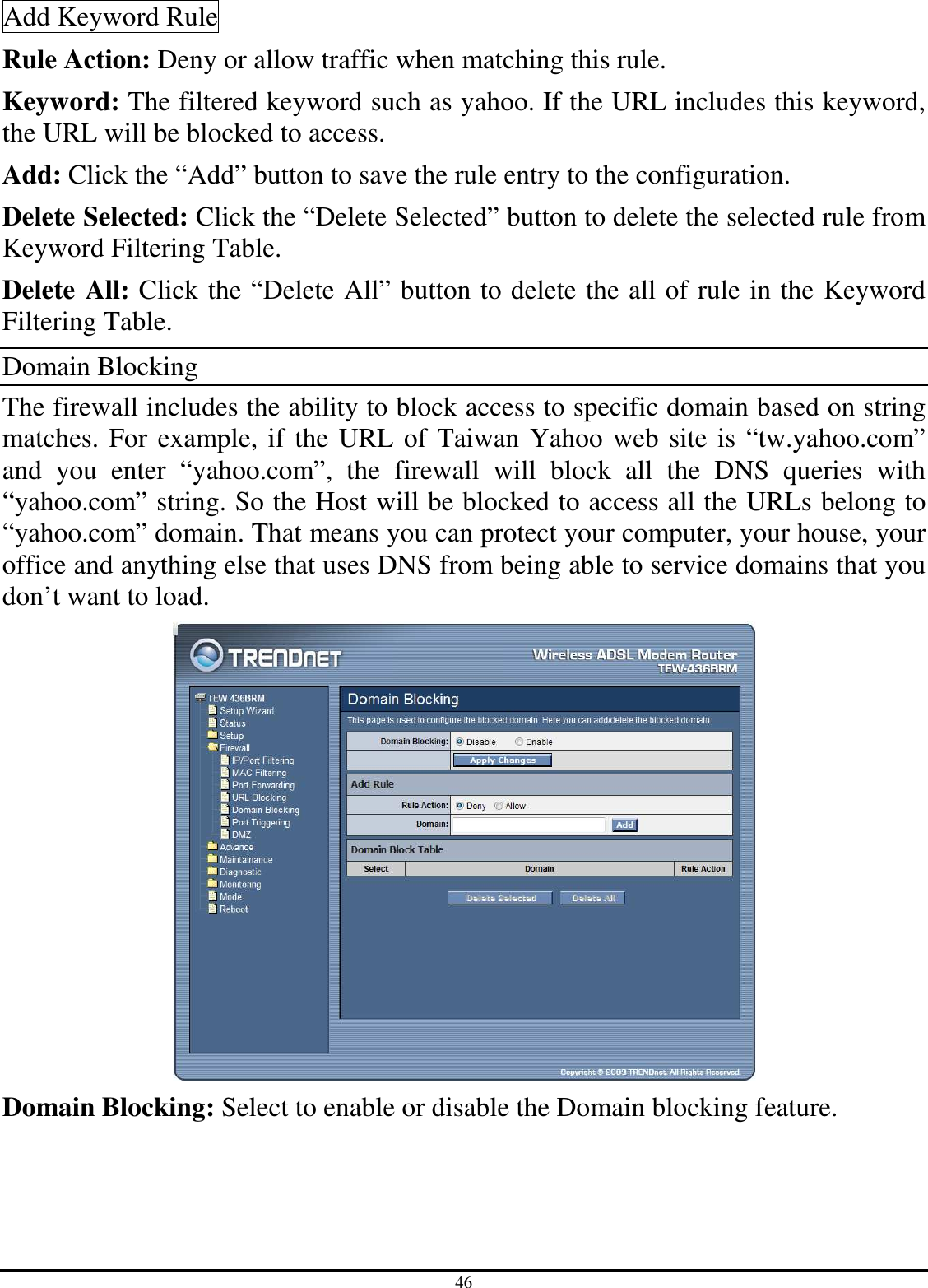
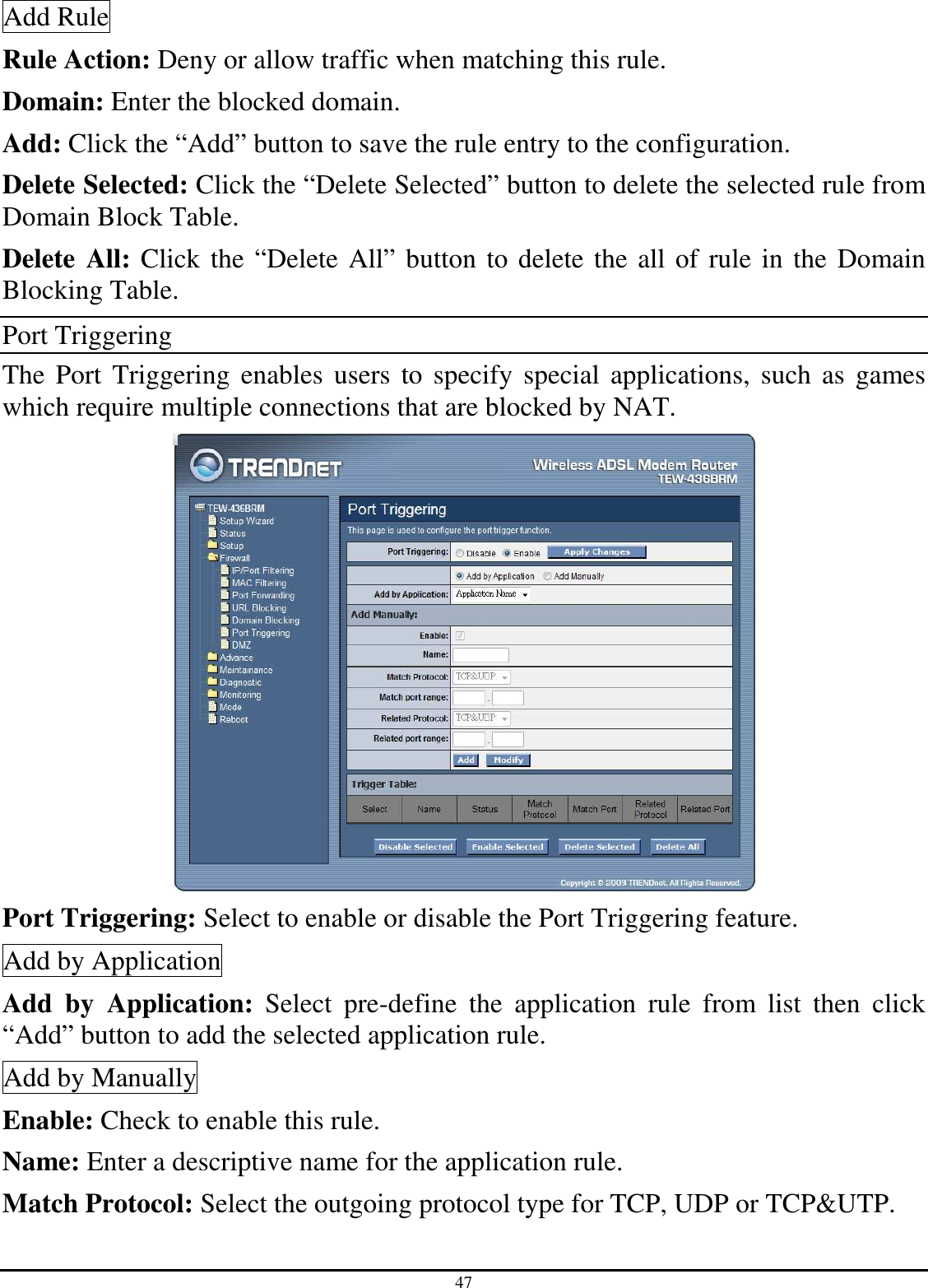
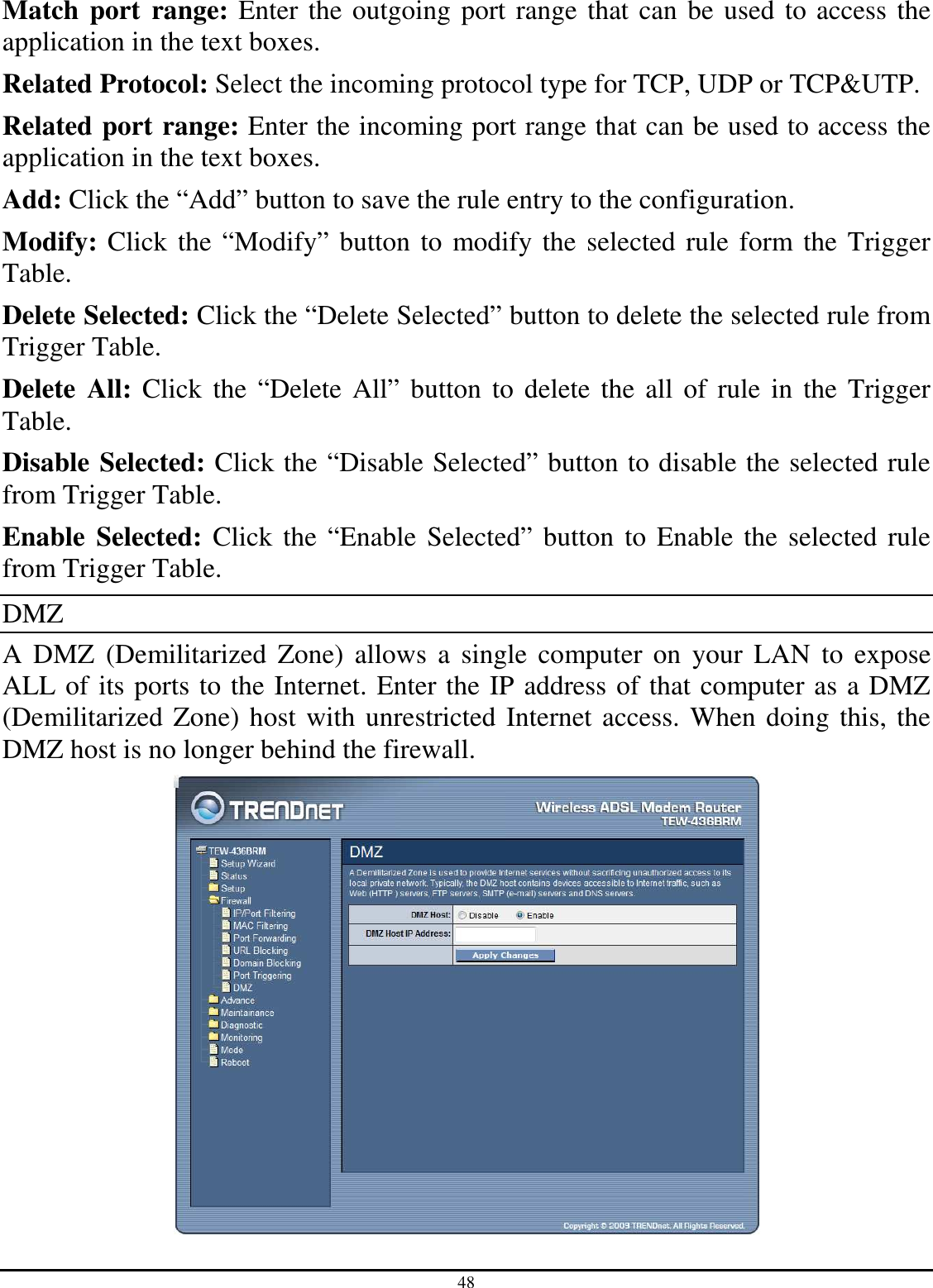
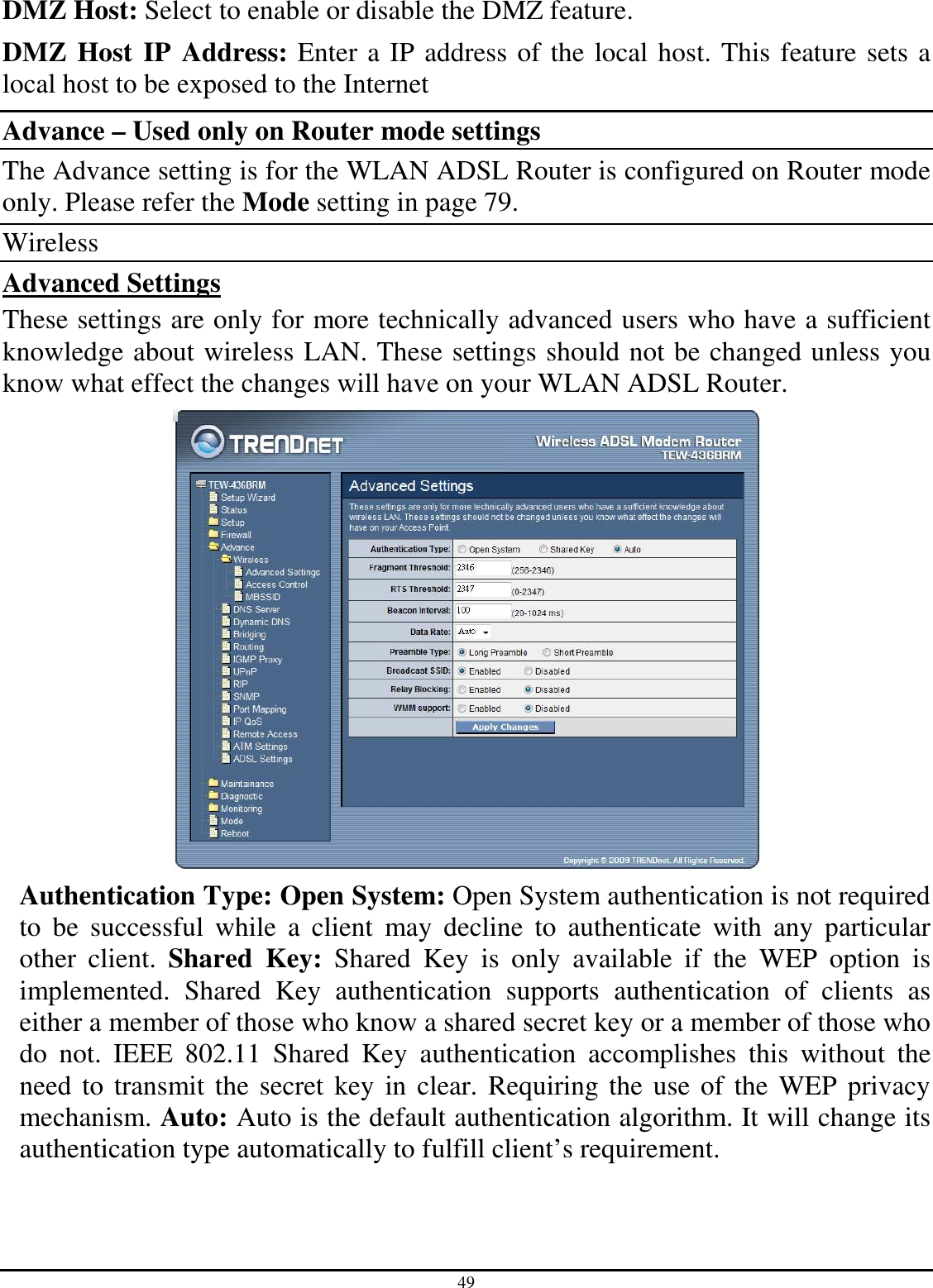
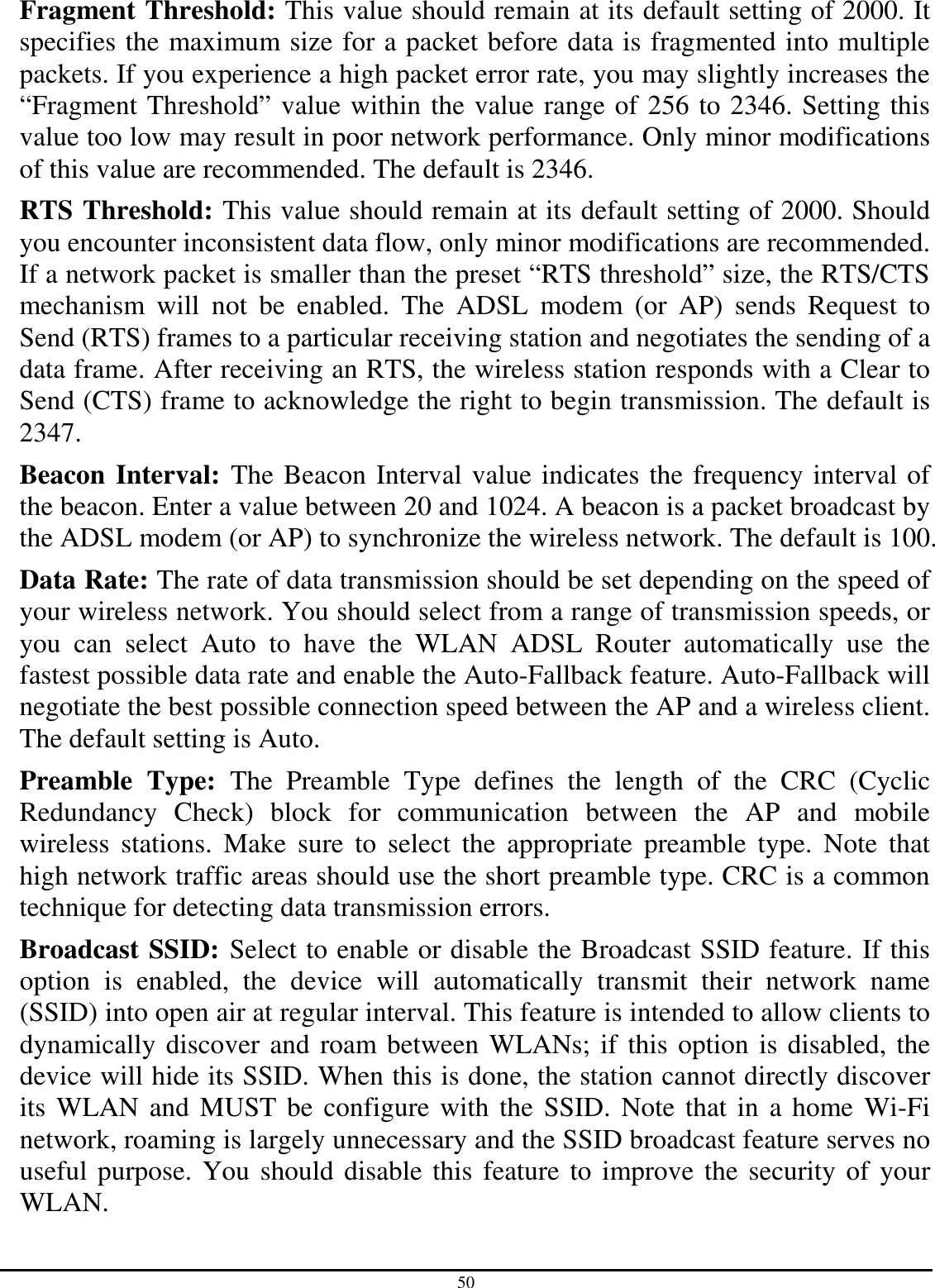
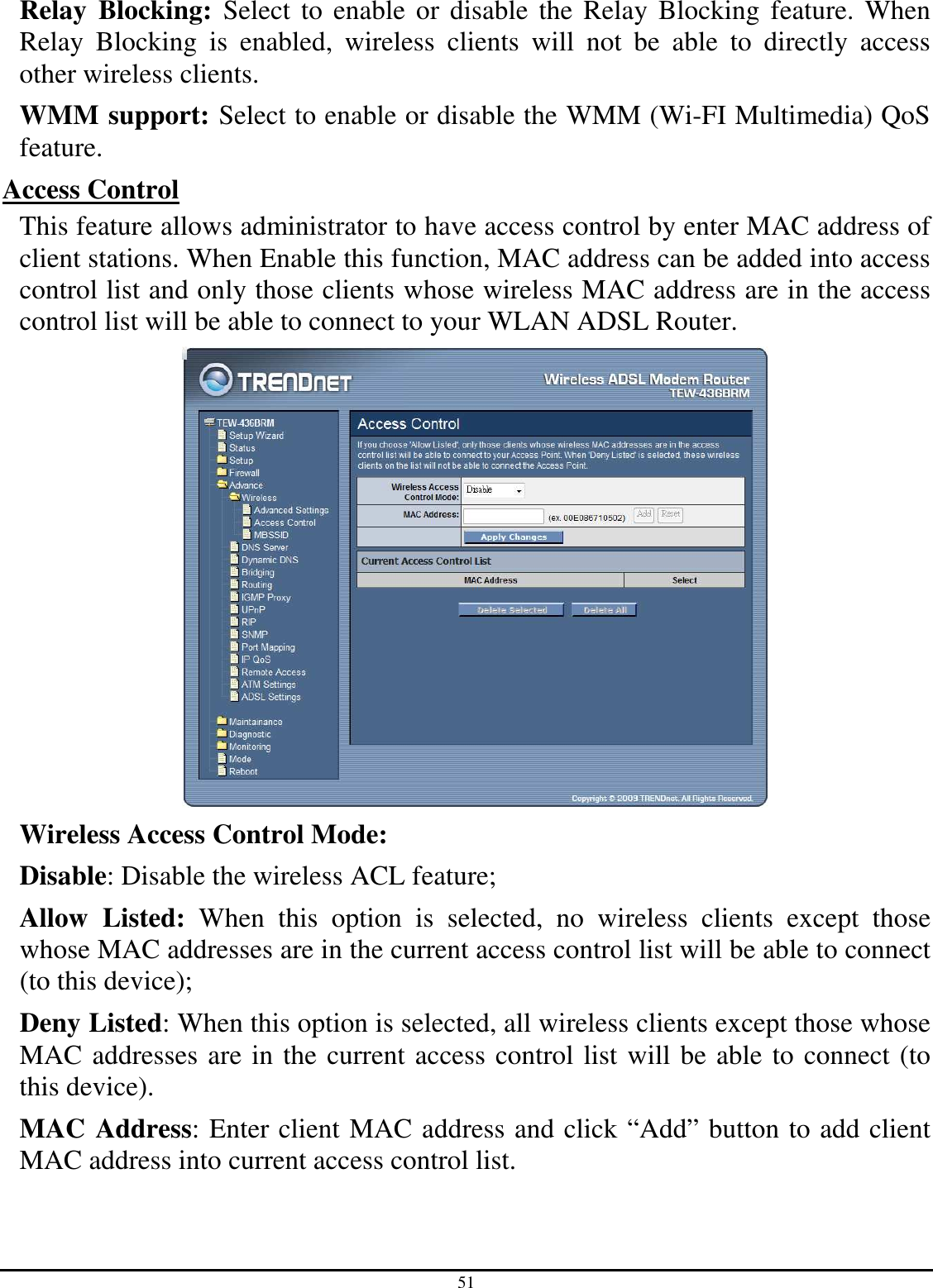
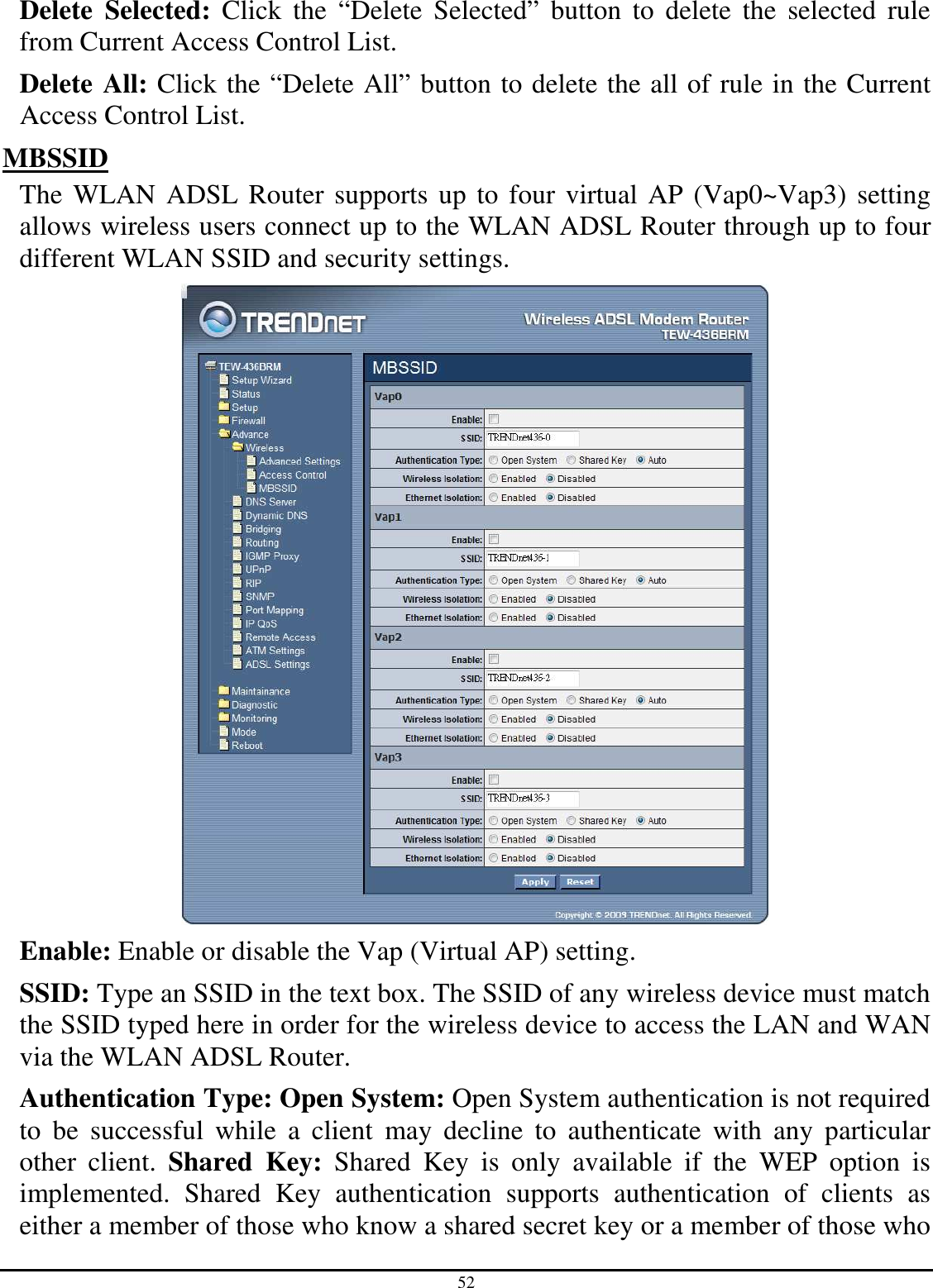
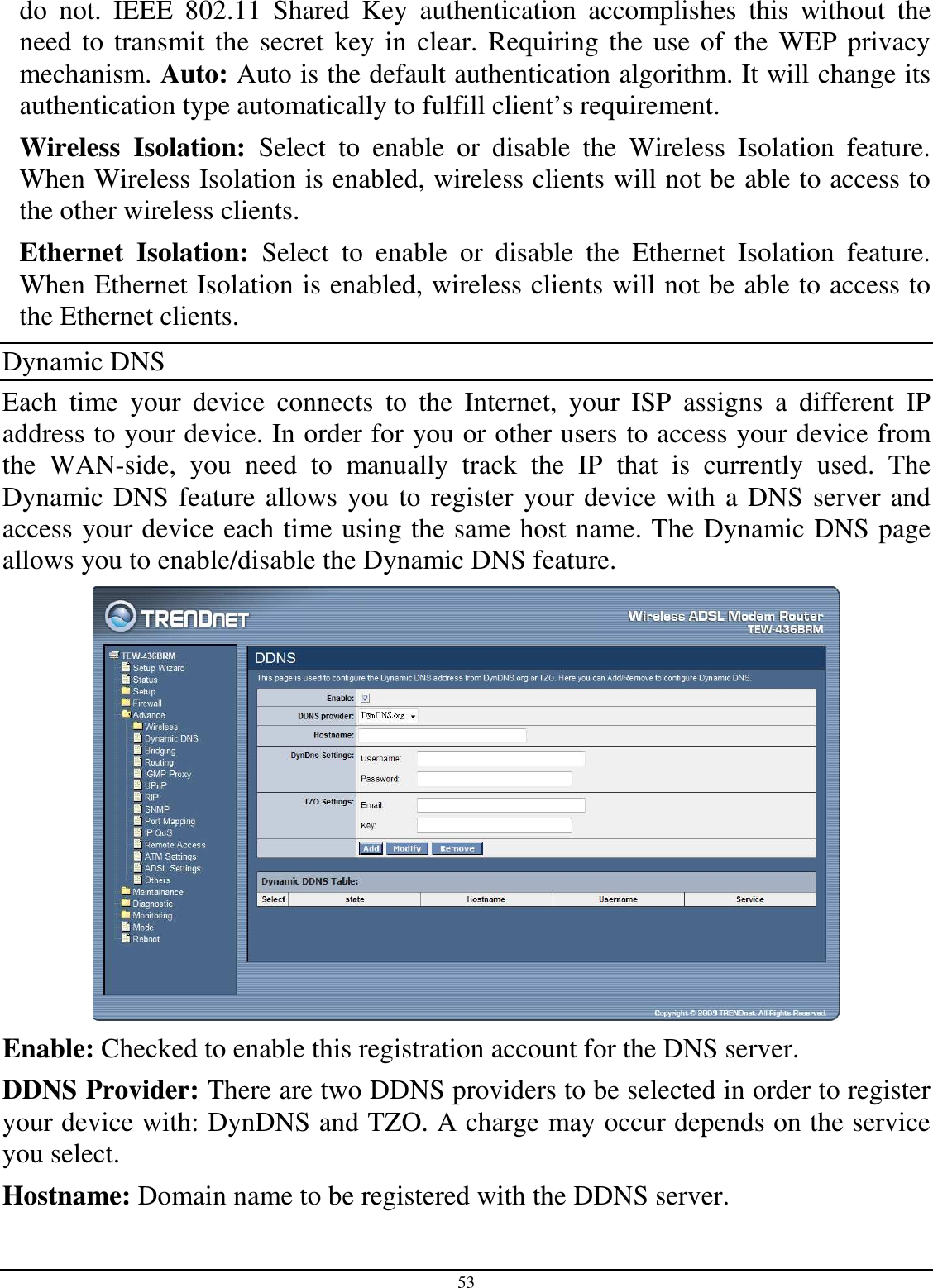
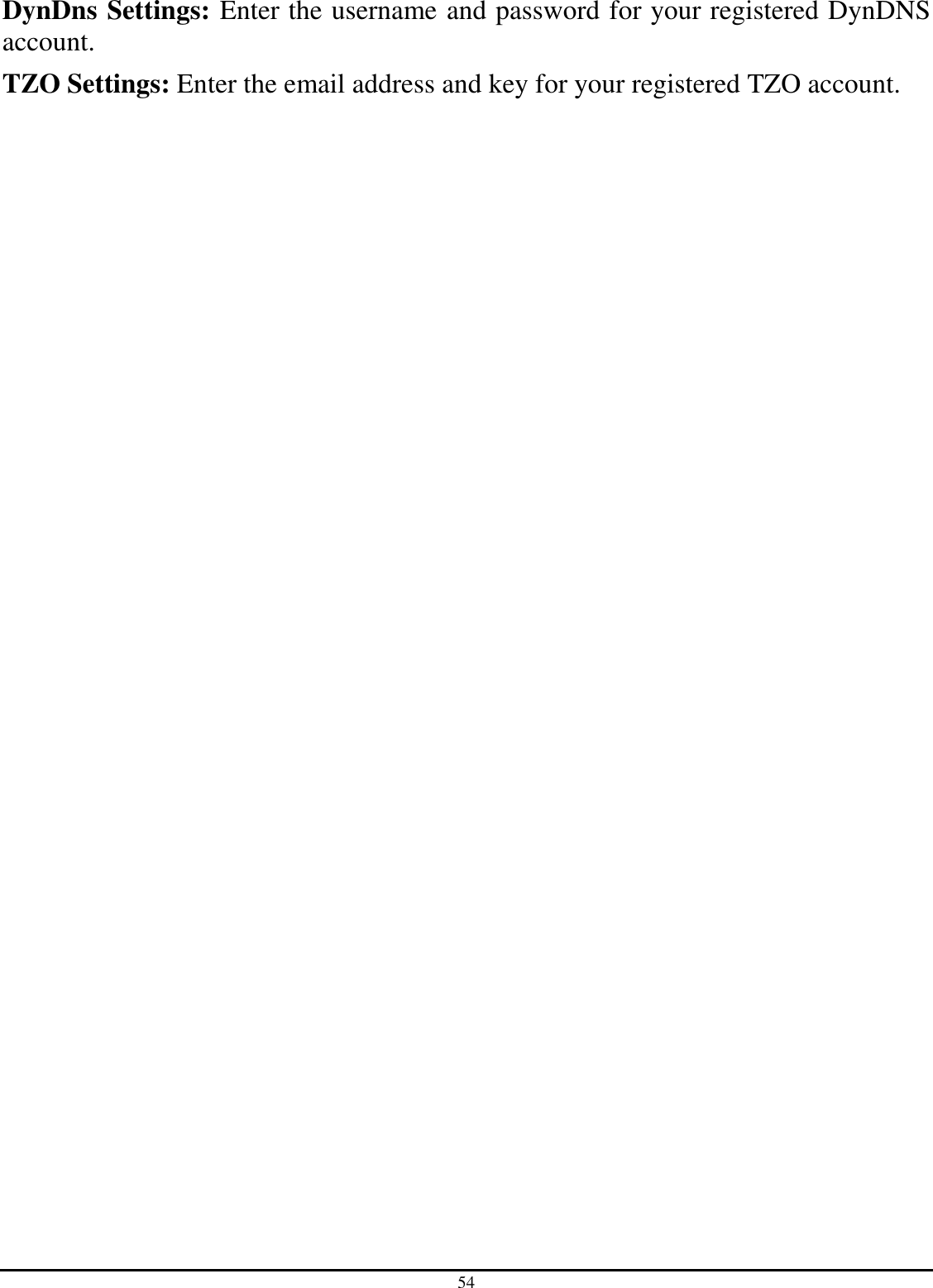
![55 Bridging This page is used to configure the bridge parameters. Here you can change the settings or view some information on the bridge and its attached ports. Aging Time: Set the Ethernet address ageing time, in seconds. After [Ageing Time] seconds of not having seen a frame coming from a certain address, the bridge will time out (delete) that address from Forwarding DataBase (fdb). Show MACs: Click the “Show MACs” button to list MAC address in forwarding DataBase(fdb).](https://usermanual.wiki/TRENDNET/TEW436BRM.Manual-Part-1/User-Guide-1207819-Page-61.png)